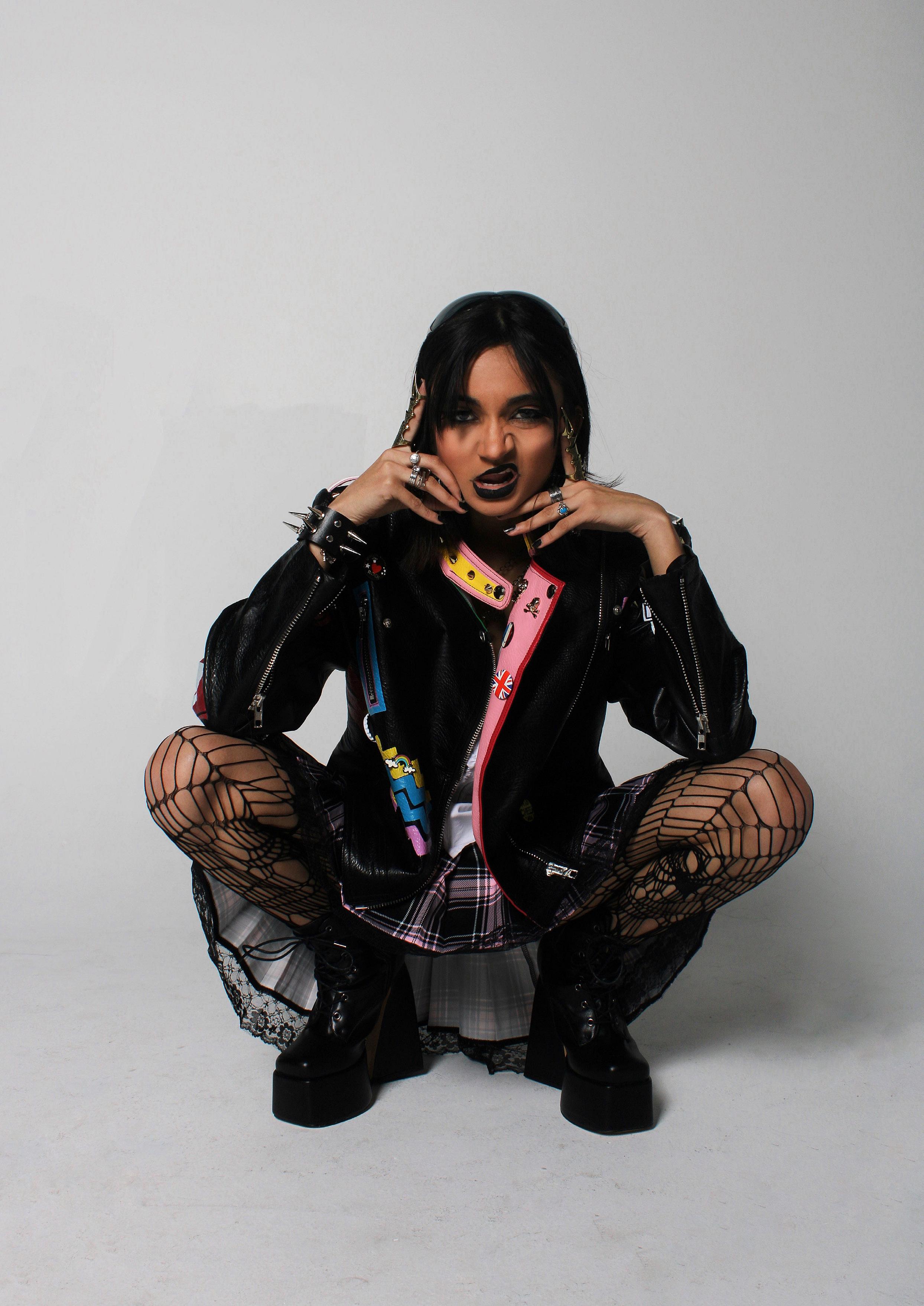HOOK



Editor-In-Chief Dana Tran
Managing Editor
Sumer Brito
Principal Creative Director
Malcolm Guidry
Assistant Creative Director
William Lawrence
Principal Director of Written Publications
Emily Harrison
Assistant Director of Written Publications
Amanda Foust
Director of Web Dev and Design
Parth Ghawghawe
Marketing Director
Claire Blanchard
Assistant Marketing Director
Zachary Rodriguez
Principal Events Coordinator
Jessica Liu
Assistant Events Coordinator
Abigail Cervantes
Director of Outreach and Opportunities
Anasofia Aragon
Principal Layout Designer

Ava Bathurst
Assistant Layout Designers
Michelle Nguyen & Kennedy Huynh
Contributing Photographers
Billy Lawrence, Chomtale Chitsakul, Diya Ballal, Emily Bergerman, Ezzah Rafique, Gefei Ye, Isabelle Demengeon, Joyati Modak, Marie Agustin, Parth Ghawghawe, Ram Disabar, Sarah Poliuc
Contrbuting Stylists
Adreanna Alvarez, Alexandra Howard-Tijerina
Alexia Pedroza, Allie Singer, Angela Johnson, April Chiu
Aysha Izaguirre, Briana Stubblefield, Christina Guillermo
Cynthia Lira, Dana Tran, Daniel Iredia, Elleanor Ross, Elsa Zhang, Emily Wager, Gia Alaniz, Gray Mabry
Grecia Del Bosque, India Fernandes, Katherine Gallardo
Kayla Jones, Madylin Mercado, Malcolm Guidry
Misbah Ahmad , Rachel Xing, Shelby Rose Yeary
Sydney Thomasson, Victoria Hales
Contributing HMUA
Alexis Brock , Anushree Patel, Aria Makan
Campbell Williams, Delilah Aleman, Estelle Isaac
Grace Harrell, Harmony Charles, Jessica Liu, Sydney Boo
Malcolm Guidry, Kelly Hernandez, Shannon Coleman
Creative Adreanna Alvarez, Alexandra Howard-Tijerina, Alexia Pedroza, Alexis Brock, Allie Singer, Angela Johnson, Anushree Patel, April Chiu, Aria Makan, Ashten Snell, Aysha Izaguirre, Bella Templin, Briana Stubblefield, Cameron Phelan, Campbell Williams, Christina Guillermo, Cynthia Lira, Daniel Iredia, Delilah Aleman, Diya Ballal, Elizabeth Cruz-Ramirez, Ella Gamson, Elleanor Ross, Elsa Zhang, Emily Bergerman, Emily Wager, Estelle Isaac, Ezzah Rafique, Franklin Trinh, Gefei Ye, Gia Alaniz, Chomtale Chitsakul, Grace Harrell, Gray Mabry, Grecia Del Bosque, Gregorio Solis, Harmony Charles, India Fernandes, Isabelle Demengeon, Jeremy Nguyen, Joyati Modak, Katherine Gallardo, Kayla Jones, Kelly Hernandez, Laaiba Akmal, Madi Mikeska, Madylin Mercado, Marie Agustin, Misbah Ahmad, Nicole Chen, Rachel Xing, Ram Disabar, Regina Magana, Riley Chaudhuri, Sarah Poliuc, Shannon Coleman, Shelby Rose Yeary, Sophia Berland, Srila Palanikumar, Sydney Boo, Sydney Thomasson, Valeria Santiago
López, Victoria Hales, Zwany Viruet
Writing Alex Zhang, Berkeley Ho, Candice Chepda, Juvana Enchackal, Keya Jain, Maren Bell, Melani Alanis, Mindy Li, Neha Chandna, Rachel Fields, Shreya Chari, Trey Carrillo, Victoria Artale
Layout Amy Huh, Aneesha Dandekar, Ava Cheong, Brian Wan, Emily Hooks, Grace Xu, Irina Griffin, Jazlyn Figueroa, Jenna Hassan, Kalen Kim, Karysma Rivers, Katherine Jacobson, Kennedy Huynh, Lexie Lansdell, Makenzie Ayres, Marian Zhang, Maryam Alsaad, Mayce Hoang, Melissa Ahn, Michelle Nguyen, Roberta Guillen
Events Abby Garcia, Aditya Bhatia, Alyssa Diaz, Anokhi Shah, Anthony Okeke, Ava Richards, Brianna Gonzalez, Camryn Ardoin, Dana Rocha, Isaac Jimenez, Joanne Rachel Dhanagar, Katelyn Nguyen, Kyndal Mosley, Lauren Cameron, Mabel Zhu, Madalyn Coburn, Nahomi Vasquez, Patrick Hunt, Sarah Tomasino, Simran Athavale, Sofie Finch, Tanny Vo, Thalia Sylvester, Yousef Ahmed
Marketing Carla Flores, Diana Arroba, Fermanda Lerma, Gina Karmazin Gregorio Solls, Hafsah Siddiqui, Jana Madi, Julianna Ribarits, Kimberly Andrade, Paulina Ganem, Pricilla Le, Sahnya Keys, Sarah Villarreal, Serine Elbakly, Sierra Escobedo, Sofia Miano, Valeria Valle, Yasmeen Issa Outreach Ava Janak, Caleb Huang, Christy Boukarim, Elizabeth Rangel, Emerald Maciel, Hannah Miller, Julia Levenhagen, Madylin Mercado, Melissa Sauceda, Sascha Villalon, Sydney Dwyer, Zona Johnson


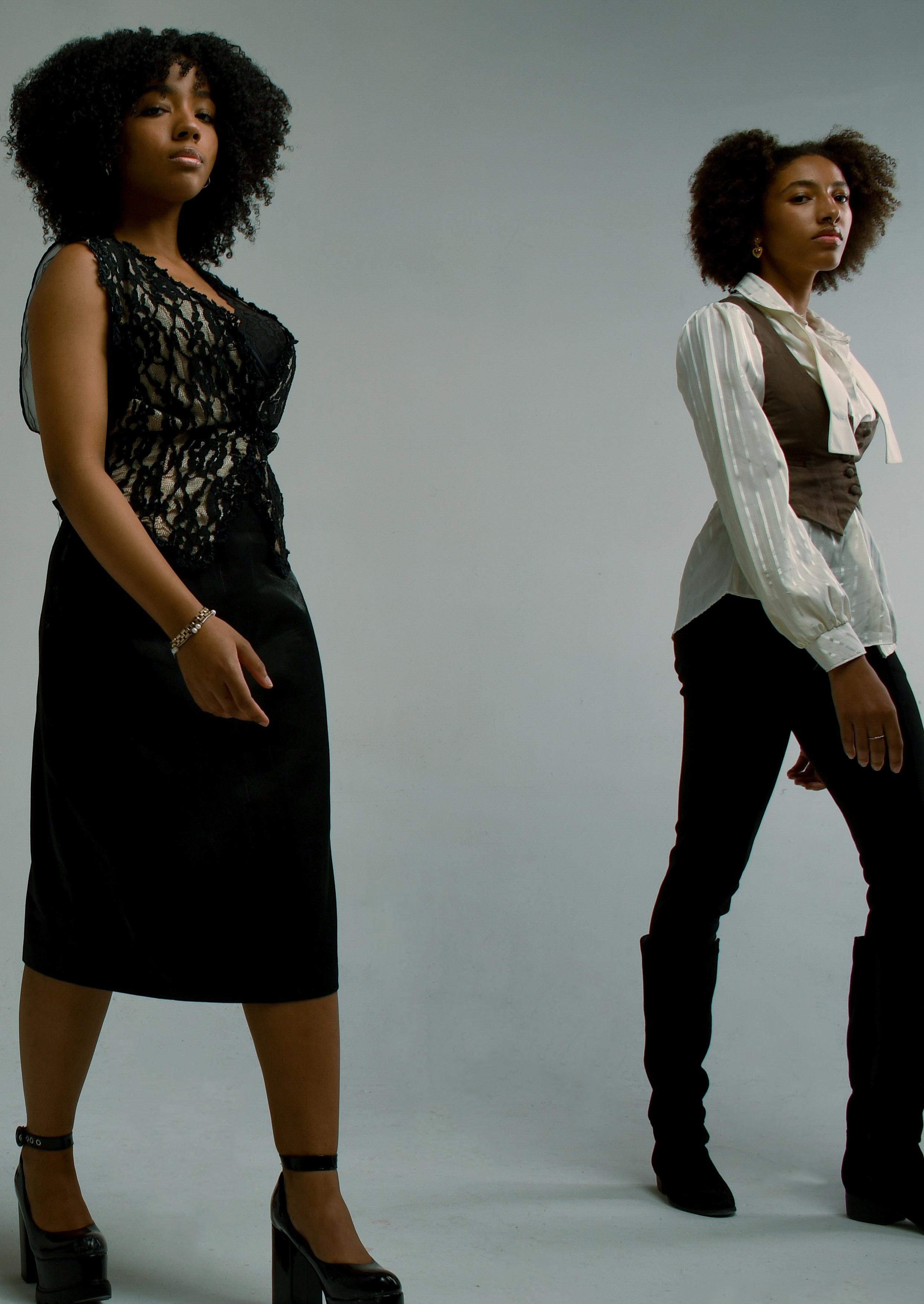

 photography by Diya Ballel set design by Srila Palanikumar layout by Ava Bathurst styled by Shelby Rose Yeary & Adreanna Alvarez hmua by Harmony Charles
photography by Diya Ballel set design by Srila Palanikumar layout by Ava Bathurst styled by Shelby Rose Yeary & Adreanna Alvarez hmua by Harmony Charles
post on Instagram, a tweet on Twitter, a YouTube video or a video on Tik Tok, are all ways people can share their ideas and opinions. However, everyone is just one click away from becoming “canceled.” Cancel culture is used to describe the downfall of influencers or celebrities after posting something considered problematic by the public. This can include cultural appropriation, pedophilia and classist remarks. This behavior can lead to influential figures losing fans or followers on their platforms. With that, influencers can lose other things like sponsors and reputations within other areas of businesses.

Due to the longevity and permanence of published content, cancel culture has become more prominent in the media overtime. Especially with newer forms of social media like Tik Tok making its way onto most people’s phones and allowing more people to broadcast themselves to the public. It is important to learn how to identify what’s real or fake news. However, when distinguishing between the two, rushing to “cancel” them isn’t always the best solution. Insulting or “calling out” an influencer or celebrity doesn’t always address the root of the problem and only takes a toll on the individual’s career.
Celebrities on various platforms already face scrutiny when it comes to their physical appearance or lifestyle. So when they get “canceled” or called out for something that is debatable, it only adds an additional strain to their already stressful lifestyle.. This can lead to an endless mental health battle and possibly make someone quit their job on these platforms because of all the pressure and fear of cancel culture.
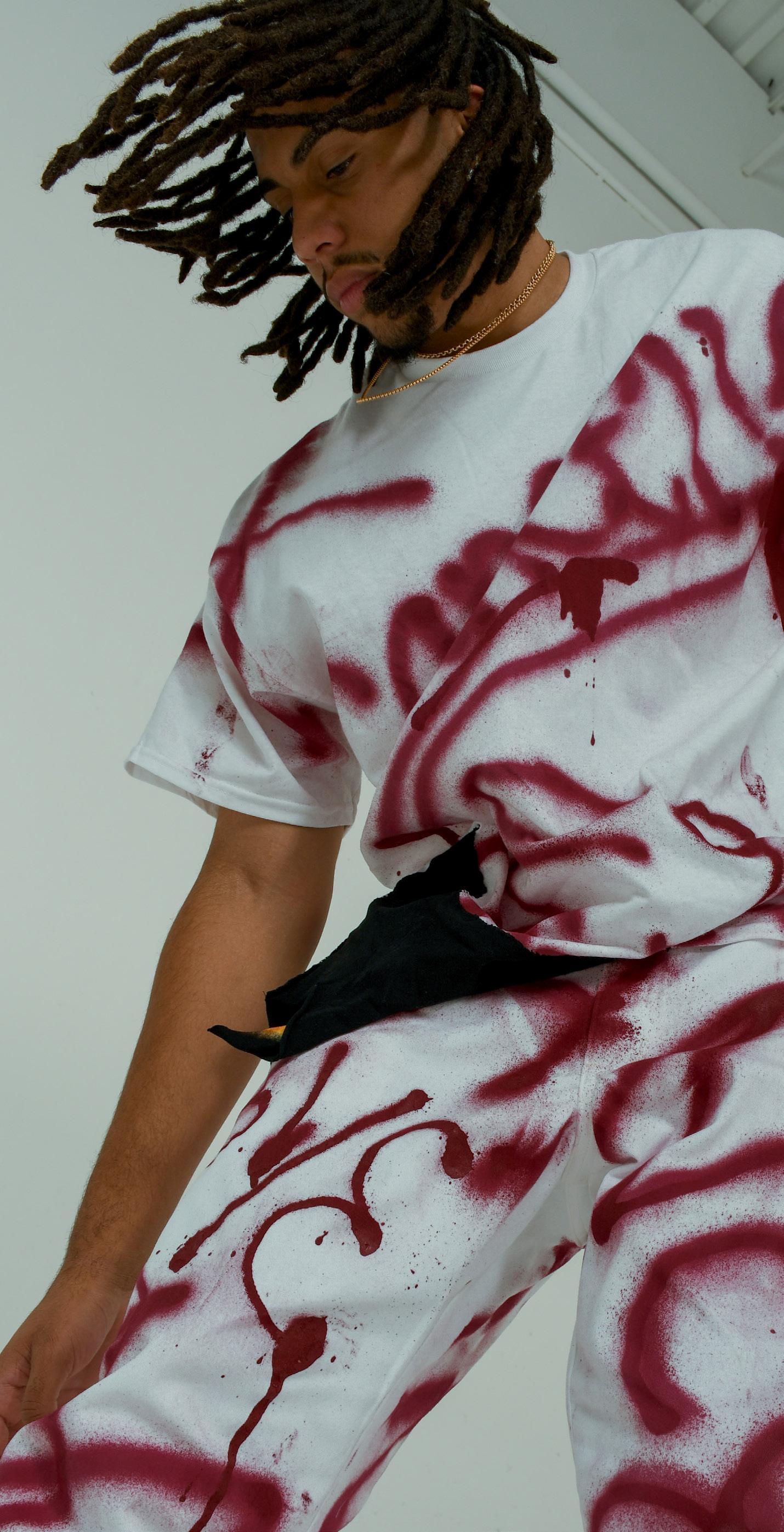


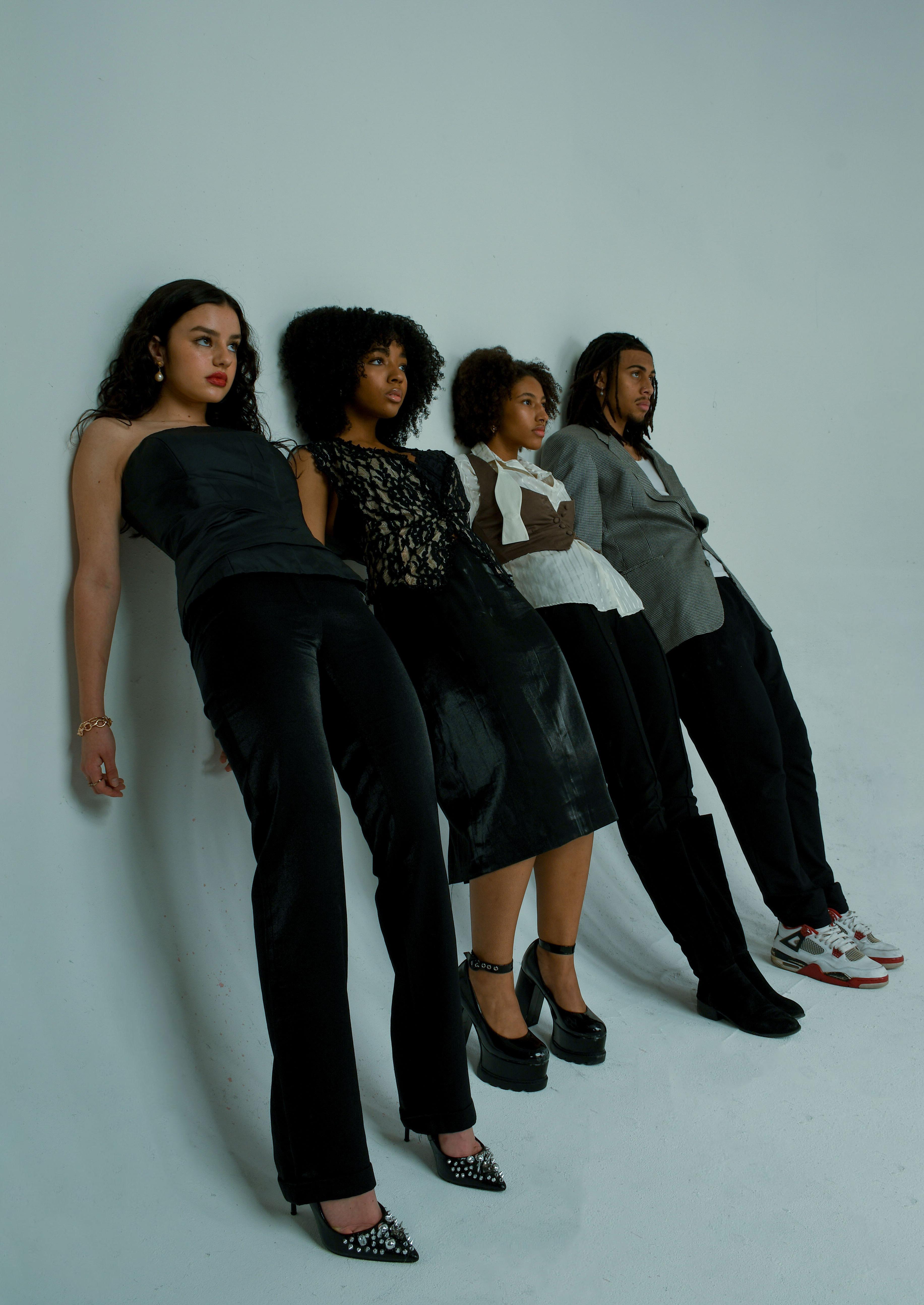
Social media influencer Emma Chamberlain posted a photo on Instagram in 2020 where she was pulling her eyes back, which looked like she was suggesting her eyes looked asian. Shortly after the post was made, many of Chamberlain’s followers were offended by the gesture she made. She later took down the post and tweeted out an apology in response to the photo. “It’s come to my attention that some thought I was posing in an insensitive way in my recent Instagram post,” Chamberlain stated in a tweet. “That was NOT my intention at all and I’m so sorry to those who were hurt by it.”While it is hard seeing a once beloved celebrity act in such a disrespectful and offensive way, celebrities are also humans and can change. With that, celebrities should be more aware of their actions and the power they hold on such large platforms.
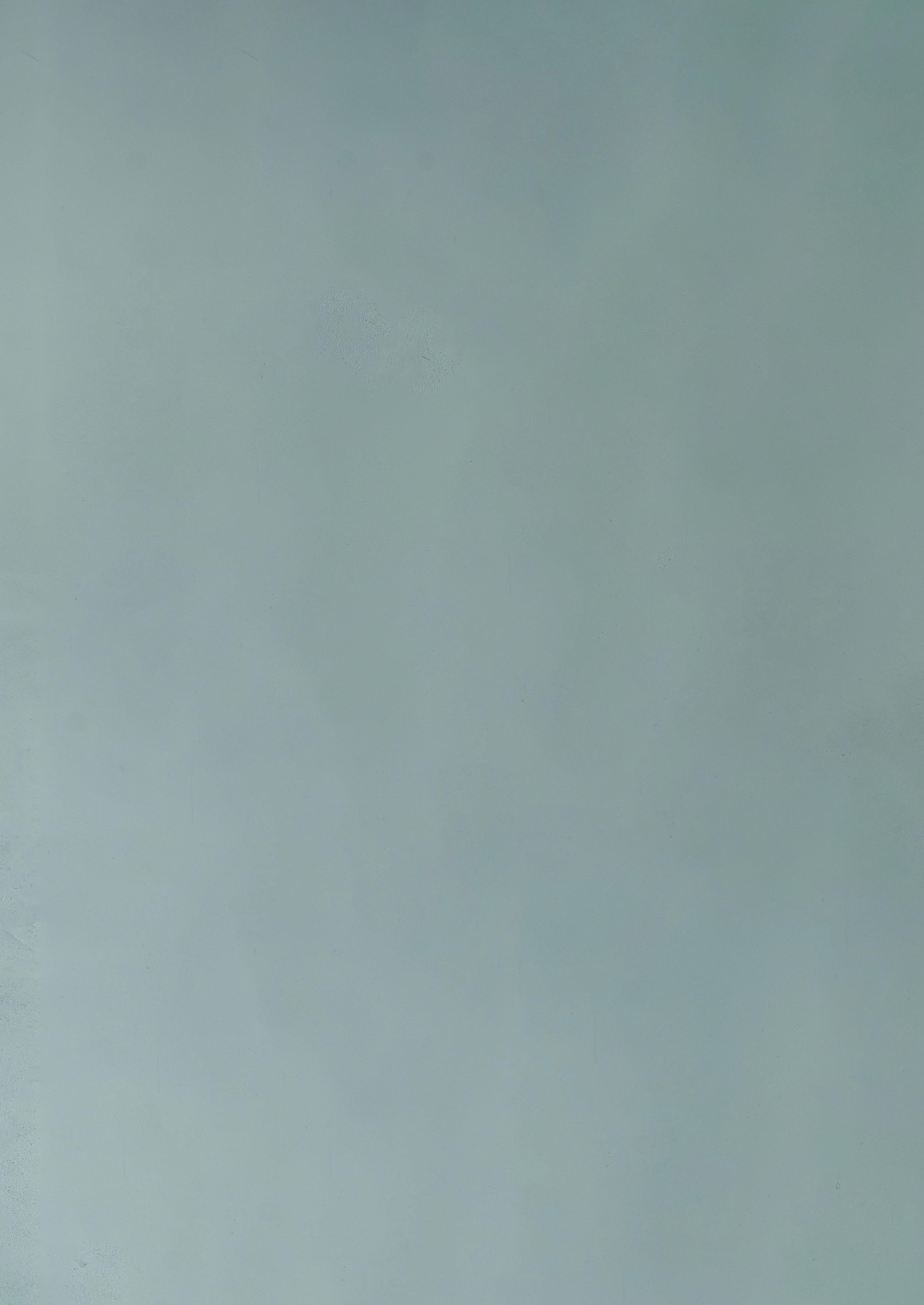
Even though in a large number of instances, cancel culture appears to be petty gossip, in some cases it’s more
than that. In certain circumstances, cancel culture keeps people in powerful positions or jobs accountable for their own wrongful actions or behaviors that shed a bad light on another individual or community. YouTube star Shane Dawson is one example of this type of cancel culture. He was “canceled” after videos of him making pedophiliac and racist jokes in the 2010s. One video was of him making provocative sexual gestures toward a picture of 11-year-old willow smith. Dawson was also shown making various videos portraying racial stereotypes while using blackface and saying the N-word. Although many didn’t address the scandal at the time the content was posted, the recent publicizing of his behavior has made a negative impact on his career and his life. Since being “canceled” Dawson has lost many followers and brand deals. Thus, leading him to post videos apologizing to the public for his past actions and still not gaining back the following he once had on YouTube.
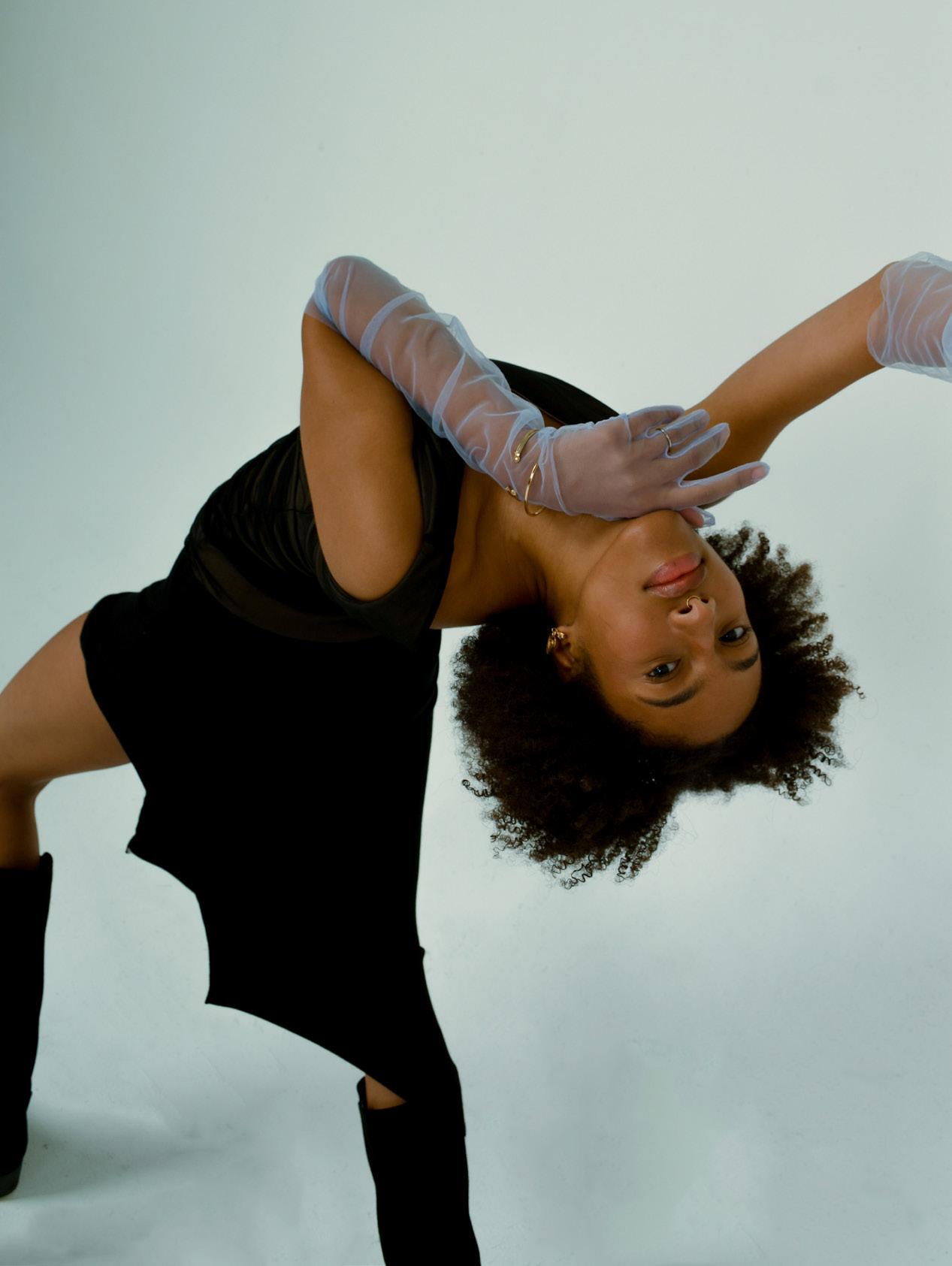
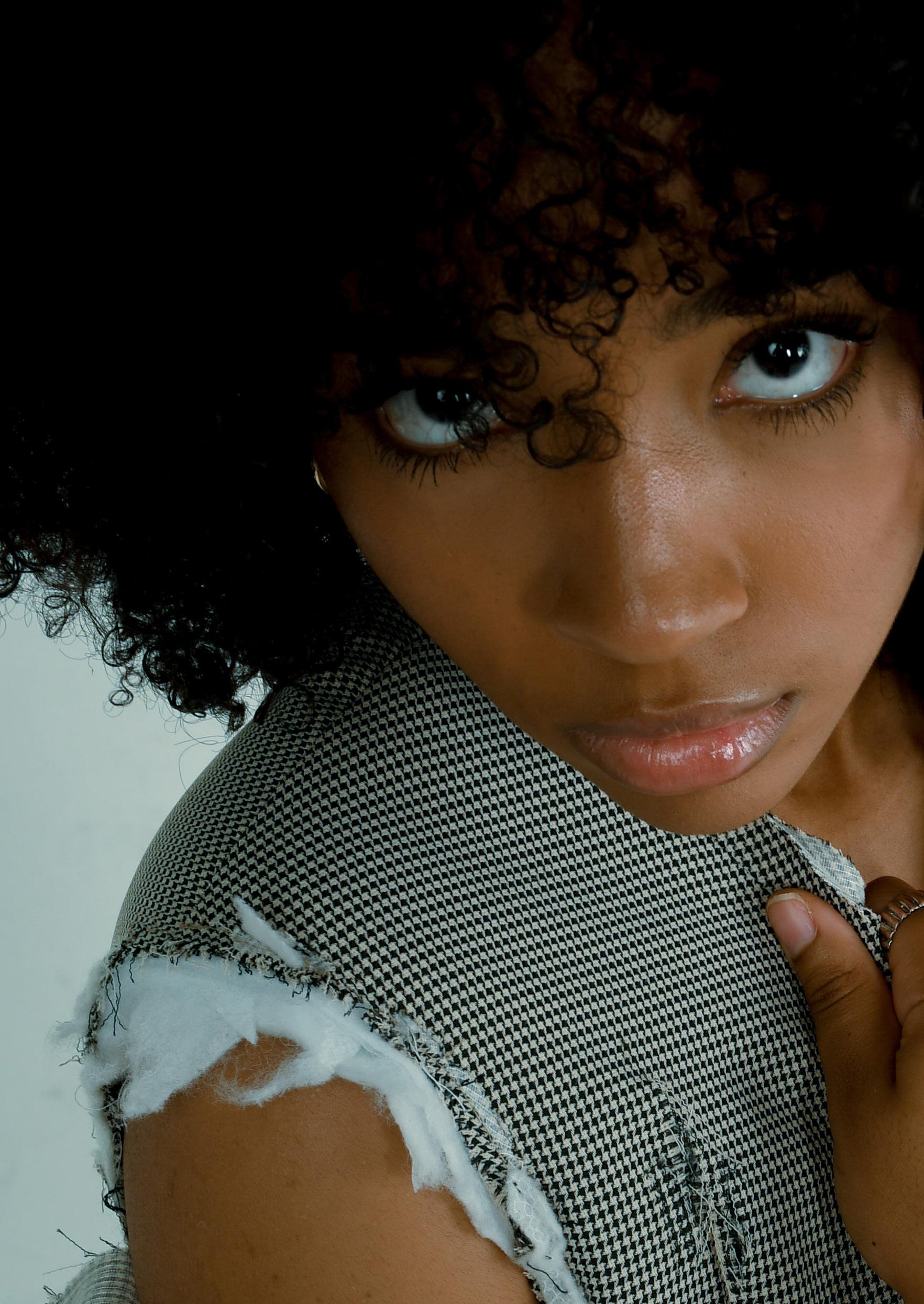
Cancel culture can also take a toll on the user’s mindset as well. For example, If you find out a celebrity you once adored got “canceled,” you (as a fan) might automatically feel a similar form of guilt. This can leave a fan feeling empty and even depressed by their idols’ “canceled” actions. Additionally, fans might also receive backlash from previously showing their support for individuals that later get canceled. Like a previous tweet or post affirming their support for a certain individual. Although it might not be as serious as an actual celebrity or influencer getting “canceled,” backlash in any form (big or small) can take a toll on an individual’s mental or even physical health. Another way cancel culture can make an impact on users or fans is that it can show them the difference between right and wrong. If a certain celebrity or influencer gets canceled for an absolutely problematic reason, the public is left understanding that those actions are wrong and shouldn’t be copied. Thus, cancel culture helps spread awareness and draw the line between what should be considered right or wrong. Although not everyone should be forgiven for their actions on the internet, a lot of the time the public chooses to quickly “cancel” someone and that doesn’t always help or address the actual issue. Instead, social media users should think before they jump to conclusions about celebrities or influencers. At the end of the day, celebrities and influencers are human too and humans make mistakes.


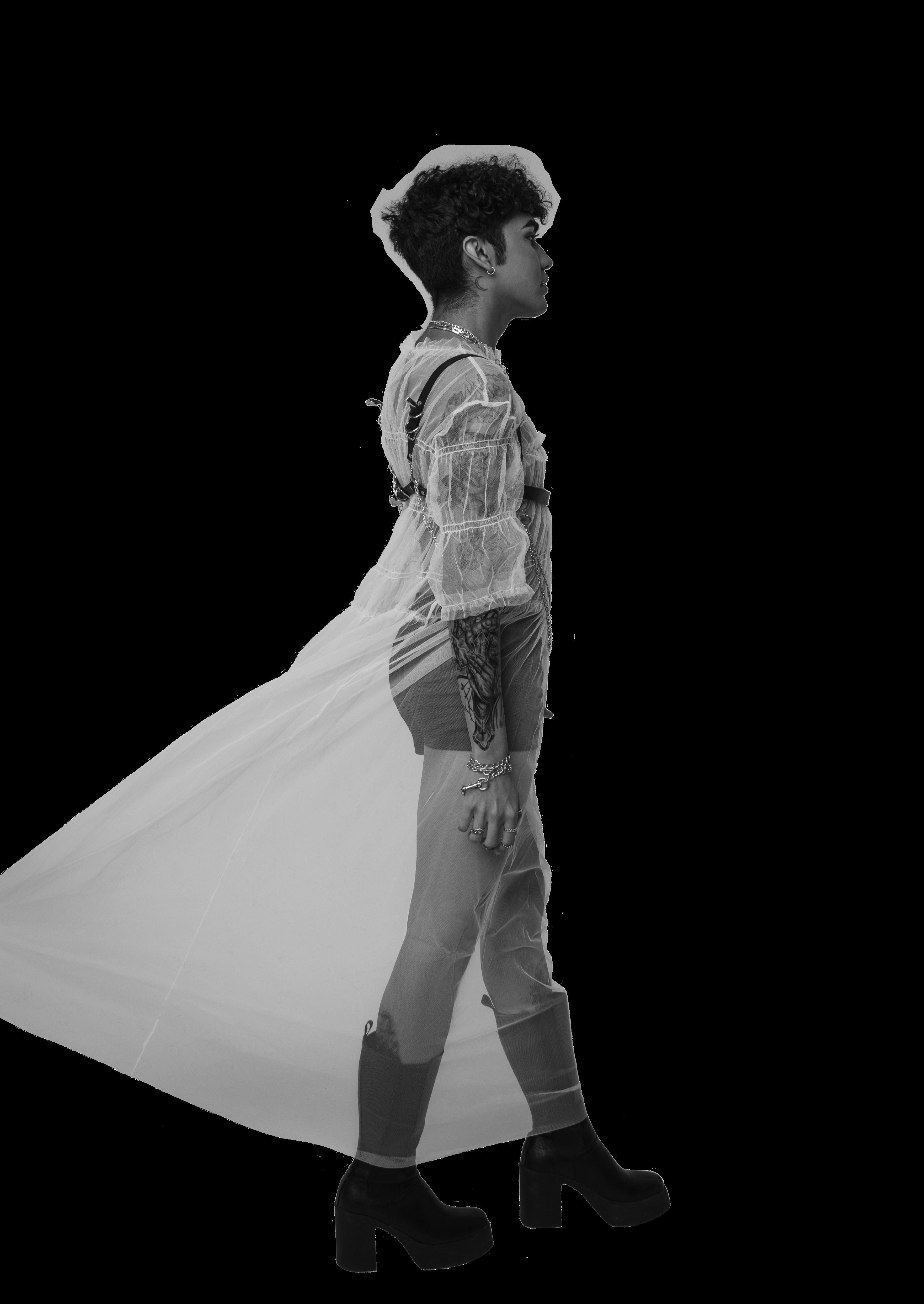
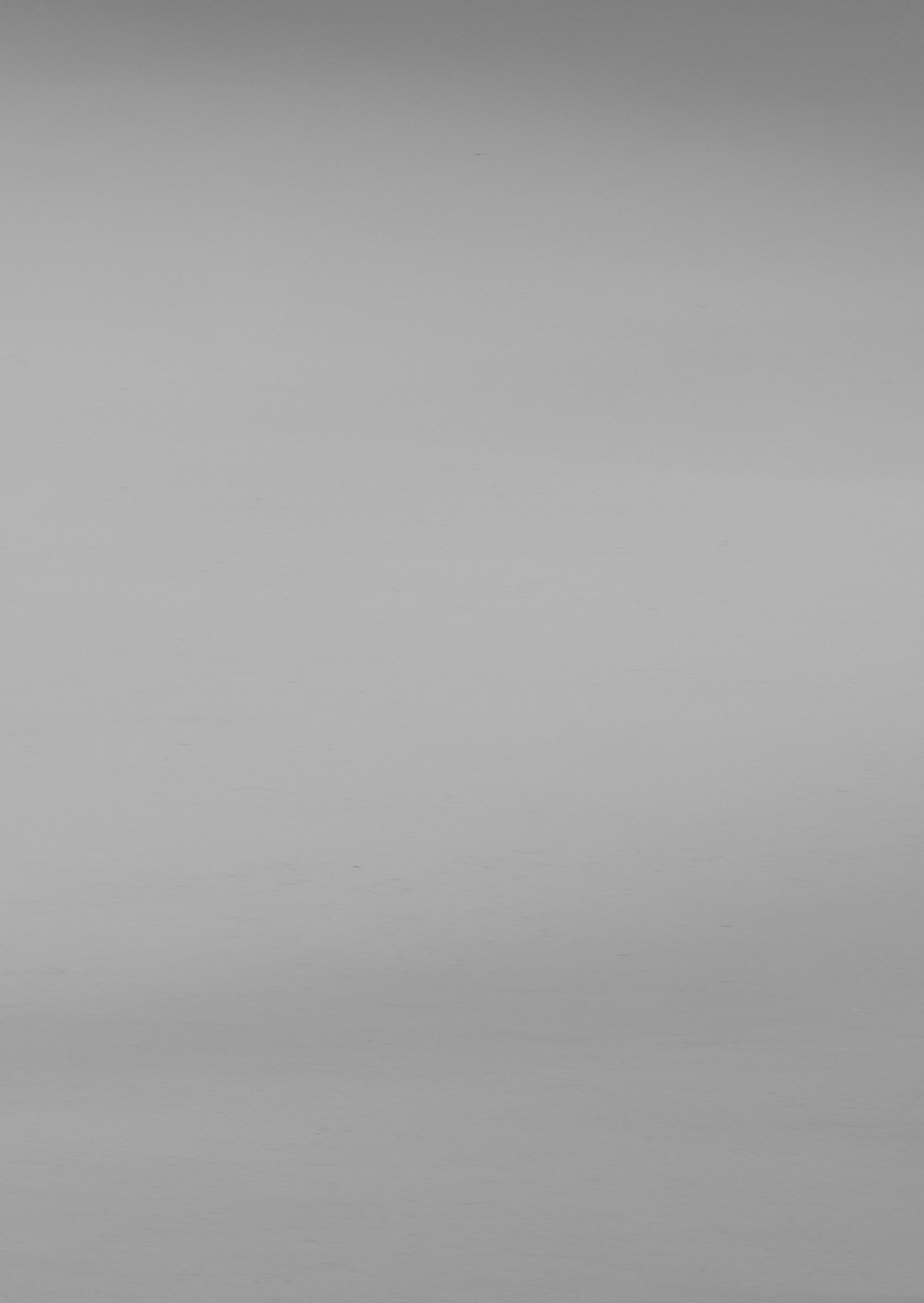 photography by CHOMTALE CHITSAKUL set design by RILEY CHAUDHURI styling by EMILY WAGER & KAYLA JONES hmu by HARMONY CHARLES
photography by CHOMTALE CHITSAKUL set design by RILEY CHAUDHURI styling by EMILY WAGER & KAYLA JONES hmu by HARMONY CHARLES

wrote J.D. Salinger in 1961 in the book “Franny and Zooey.”

Over time, tattoos have come to carry a myriad of meanings. While humans have been tattooing their bodies for around 5,000 years according to Insider, their significance changed from era to era, and civilization to civilization. Explanations behind these markings range anywhere from general pain treatments to specific individual identification. While Western societies now view tattoos as an expression of one’s individuality, they have a long history of individual erasure. Some may indicate one’s belonging to a community or tribe, and others are etched into the skin in an effort to remove one’s personhood.
Communal identification is probably the first type of tattoo one may think of regarding their history. Despite recent tattoo trends centering on the individual, one should not be so quick to dismiss tribal tattoos merely as a definitive part of history. Interestingly, it is also difficult to map out a definite shift in the meaning of tattoos from community belonging to individual expression.While
many cultures view tattoos as a rite of passage, they are also highly personalized. For instance, in Samoan culture, the “pe’a” (a tattoo for men that traditionally spans from the waist to the knees) is composed of different sections denoting the person’s character, family and culture. Samoan men get their first tattoos after hitting puberty and are called “soga’imiti” as a sign of respect for their bravery in having endured such a painful process. When a man cannot complete his tattoo because of the pain or a lack of funds, he is called “pe’a mutu,” which is a shameful title to bear. What links Samoan tattoos to the culture is the style of the designs, but not the finished designs themselves as they are all unique. They can easily be recognized by their series of lines, geometric shapes as well as the familiar curvy and spiky patterns, but each is deeply personal. Each section of the “pe’a” is individuated by the motifs chosen and combination of symbols as markers of one’s genealogy or of the “tufuga’s” signature (the tattooer). For example, the “fa’aululaufao” is a leaf-shaped design which indicates the prosperity of the “soga’imiti’s” family.



“We’re the tattooed Lady, and W e’re never going to have a minute’s peace, the rest of our L ives, unti L everybody e L se is tattooed, too”
n the other hand, tattoos have also historically been used to strip a person of their identity. Although it would be impossible to write a comprehensive history of tattooing in a single paragraph, it becomes evident that the individual cannot be divorced from the practice, as singularity inscribes itself within a social context. Tattoos and the perception of the self are deeply entrenched in one another, as tattoos marking community belonging or identity erasure says something about the person donning the markings, whether they want to or not. While Ötzi the Iceman, a 5,000-yearold mummy discovered in the Ötzal Alps (between Italy and Austria), bore markings theorized to have been used for pain management, the ancient practice was only reintroduced to the West in the 16th century. Although sailors had been getting tattoos before then, Captain James Cook’s expeditions to the South Pacific in the 1770s are largely credited for the revival of tattooing in Western culture. This can be explained by the word “tattoo,” derived from the Tahitian word “tatau,” meaning “to mark,” which was popularized in the 18th century. Originally associated with sailors, criminals and lower socio-economic classes, the practice began to spread to the gentry in the late 19th century.
Although times have significantly changed regarding the perception of tattoos in the West, many are reluctant to get a tattoo for fear of receiving fewer opportunities.
In fact, 72% of American adults who are tattooed have chosen body parts that are covered by their clothing according to CompareCamp. However, this percentage is not surprising considering that clothing covers a considerable amount of skin on a regular basis (especially when one dons business attire). This ethos is especially prevalent for adults aged 30 and above, who overwhelmingly get tattoos that can be covered up.
Nevertheless, the surge in tattoos over the recent years has forcibly impacted prevailing stigma and altered the workplace status quo. Indeed, a 2016 survey conducted by The Harris Poll found that 7 in 10 parents did not mind their child’s primary school teacher or pediatrician bearing a visible tattoo. However, sectors like finance and medicine are still slow to change. Additionally, while the United States and most other Western countries are tolerant of tattoos, the same cannot be said worldwide.
Over the past few decades, tattoos have experienced a resurgence, especially among millennials and Gen Z. While a little over 40% of millennials have at least one tattoo, 23% of Gen Z have gone under the pen in the United States according to Statista. This latter statistic is all the more astounding considering that the age group is much smaller (as 12-year-olds are unlikely to be tattooed). This means that nearly 1 in 4 late adolescents to young adults have a tattoo.
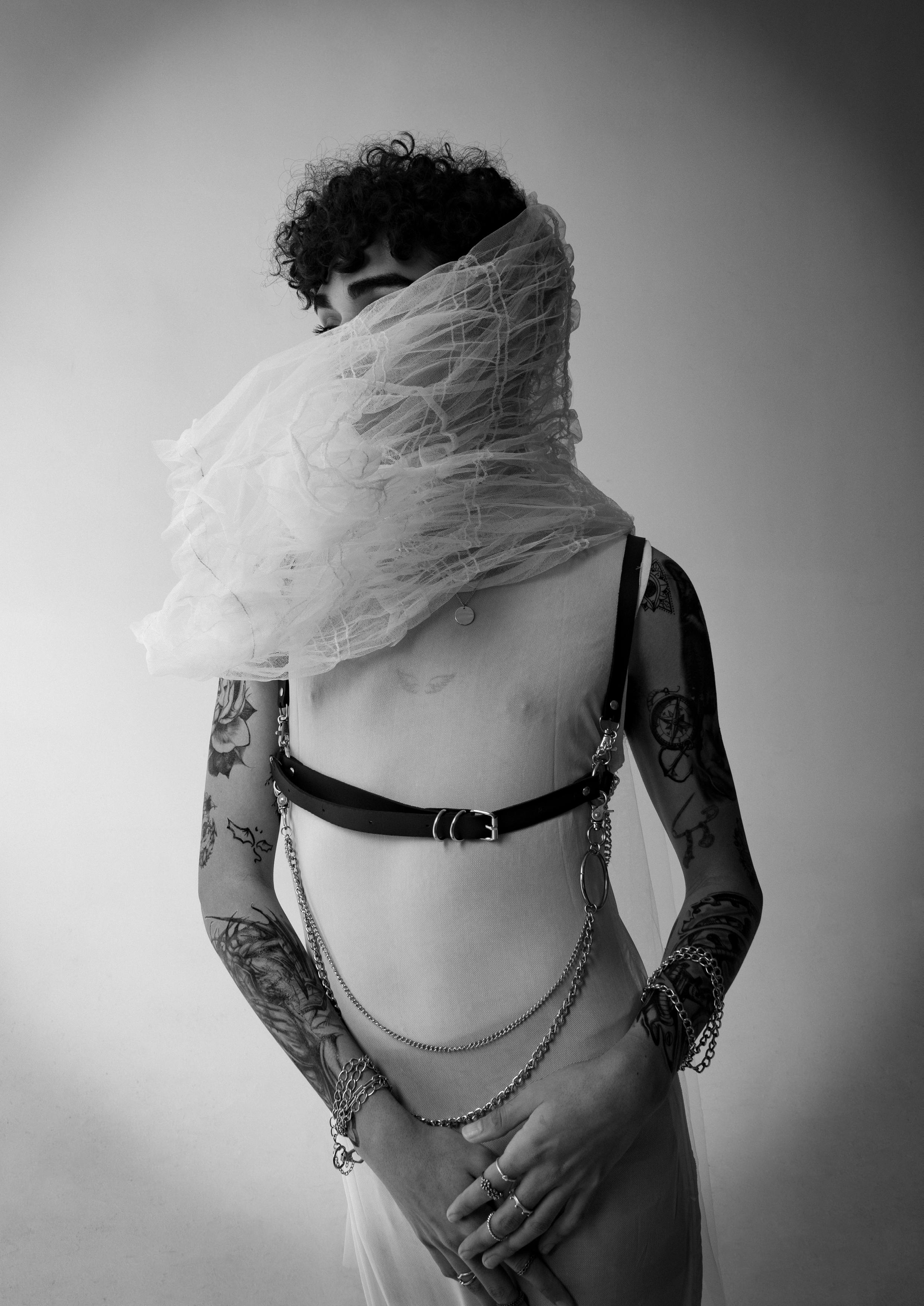
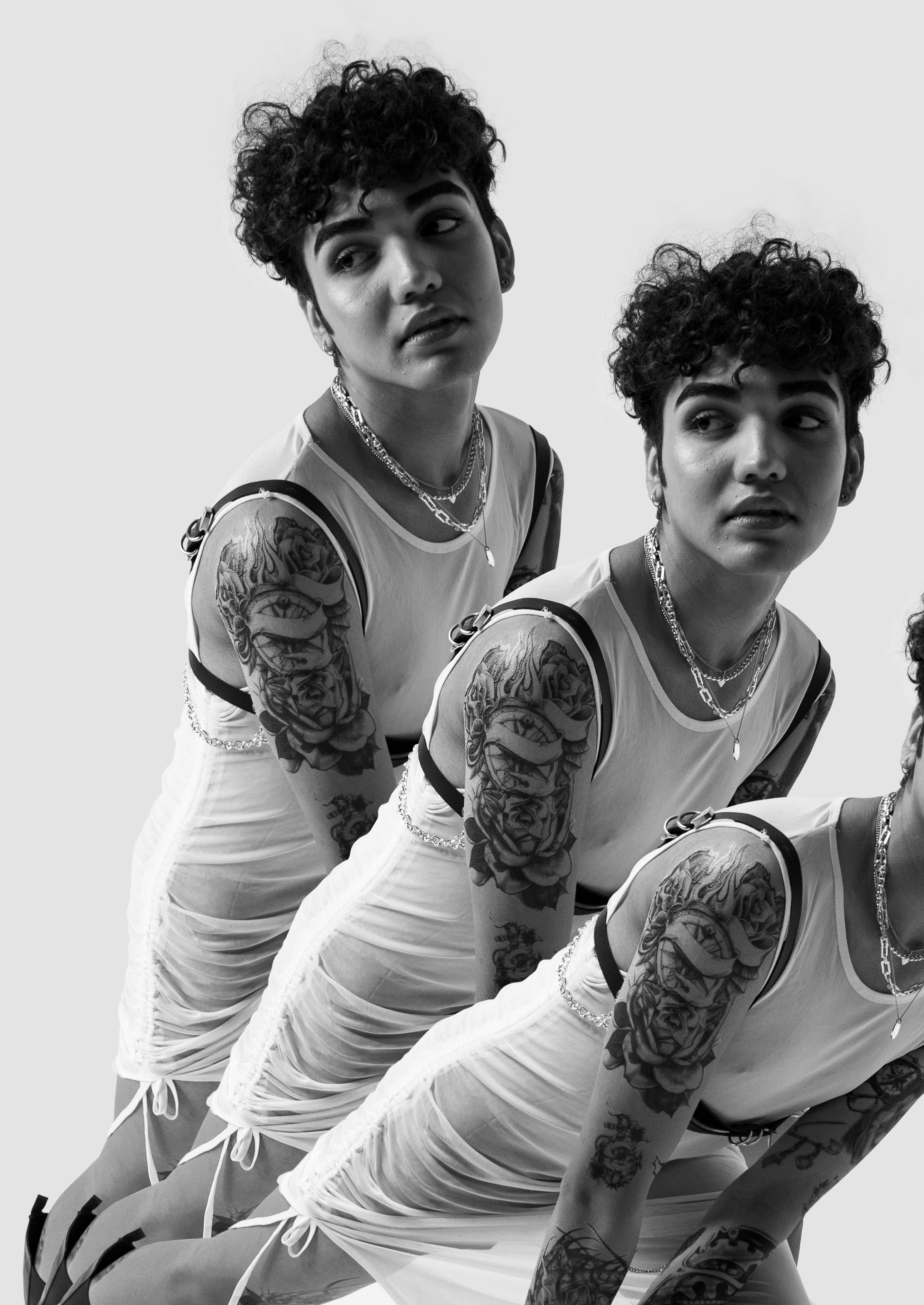
Does having a tattoo make you unique? How can a drawing inked into your skin show how authentic you are? Psychological studies have shown that the primary reason people get tattoos today is to say something about themselves. However, while tattoos last forever, authenticity is ephemeral. We are constantly changing and evolving. Hence, a tattoo does not have to be about you. It does not have to express a facet of your personality. Much like how it is nearly impossible to pick your own definitive aesthetic, it is an equally fruitless feat to conceptualize a singular drawing in a singular art style to encompass your entire existence. If anything, it would seem as though tattoos that have not been imbued with personal meaning may last far longer (sentimentally) than the
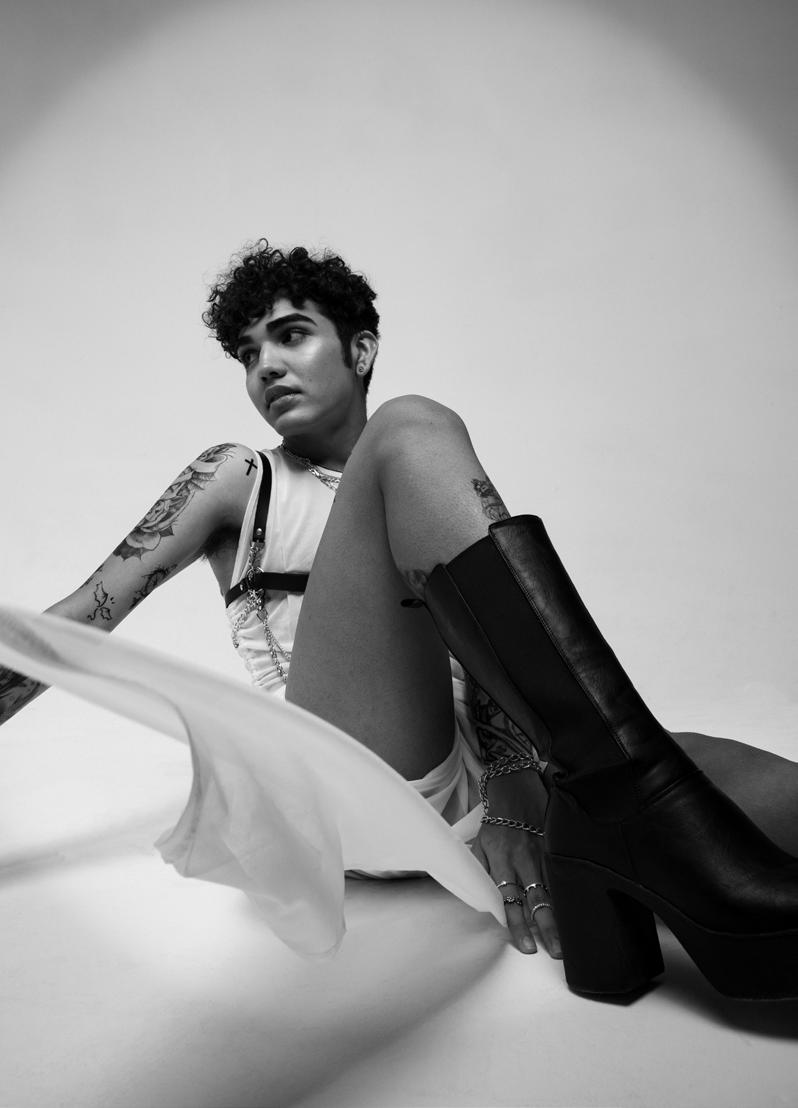

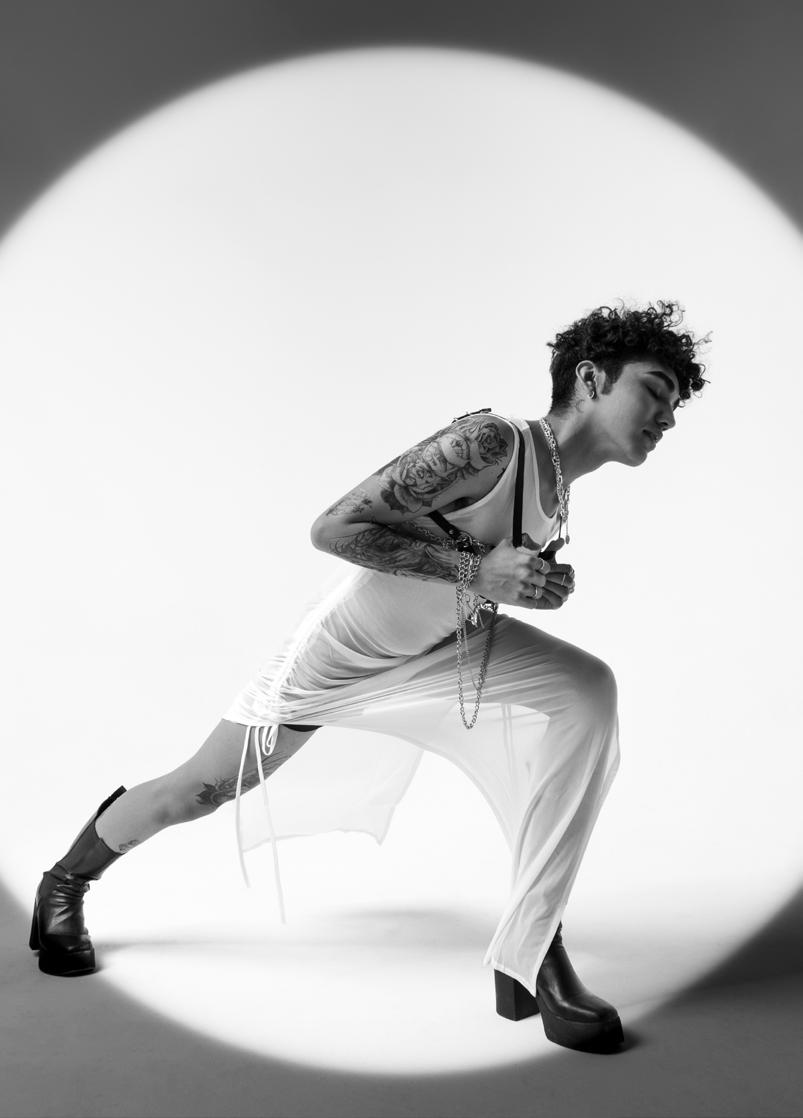
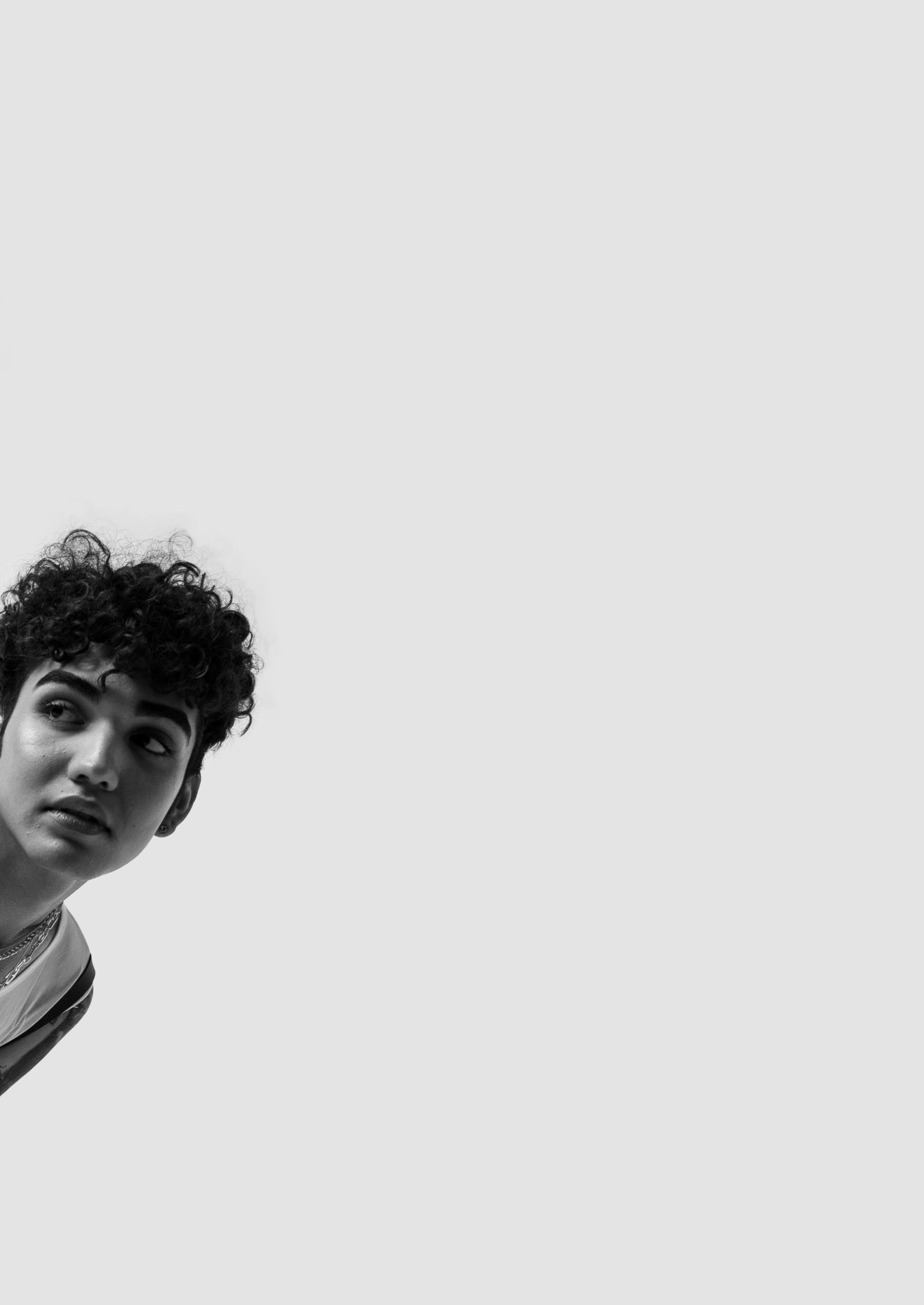
ones that do. This is not to say that your first tattoo should be picked at random, but rather that a tattoo can mark you as belonging to something larger than yourself. Tribal tattoos have withstood the test of time because of their cultural significance. It is rarely a question of aesthetics and individuality, but of their meaning in their respective communities.
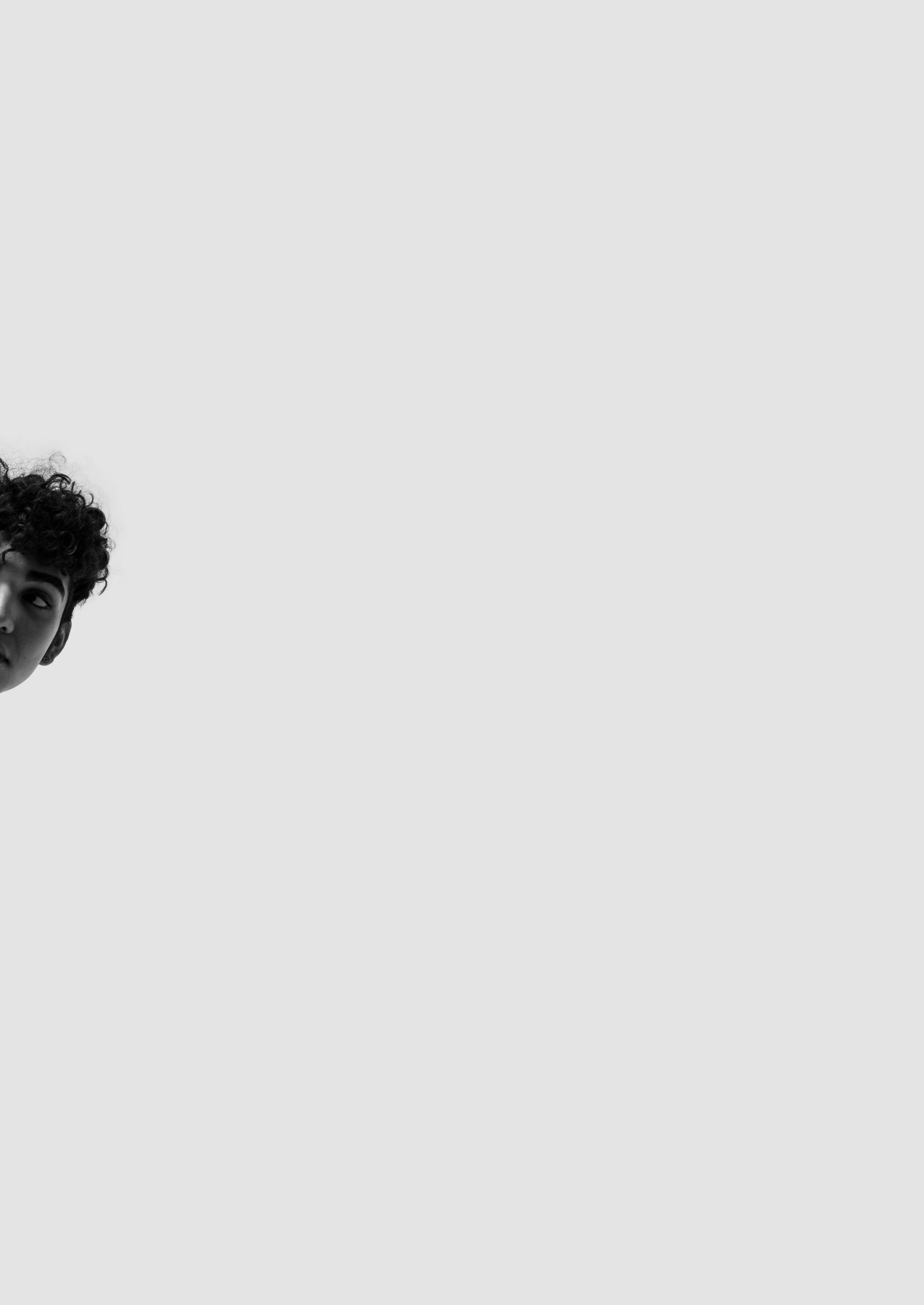
A tattoo may immortalize the person you were, but it is not representative of the person you are now or who you will become.

For instance, I wanted my first tattoo to be an astronaut on my thigh (the body part I assumed would hurt the least), as it symbolized how out of place I often felt. However, I have come a long way from the lonely 7th grader I used to be and would have hated such a tattoo now, precisely because of what it meant to me. I would resent having marked myself with my melancholy, instead of eternalizing a happier memory. Now, I would like it to be symbolic of my culture, as its meaning would not change.
Even if my relationship with my roots evolve, a tattoo that reminds me of them would not make me bitter and regretful. Finding the collective in the personal (and vice versa) may be what your tattoo needs to last eternally. I do not think it necessary to put pressure on yourself in finding the perfect drawing that would capture the essence of your being. If anything, the experience of getting a tattoo is meaningful. It can be a rite of passage from childhood to adulthood, like in so many cultures around the globe already.
Before getting a tattoo, I urge you to think about why you want one, why it is important to you and how it may not mean anything at all individually. To avoid experiencing a mental breakdown like Franny Glass in J.D. Salinger’s “Franny and Zooey,” we should reconcile the contentious relationship between conformity and authenticity.
In other words, in forcibly trying to be different, we may end up like everyone else. Franny detests how much people force themselves to play a role in their daily lives and refuse to be original. She characterizes her peers as phony and egotistical but recognizes that she plays a character as well. When looking at the numbers, it becomes apparent that many feel the same way as her.
Everyone wants to be different, and getting a tattoo seems to be a way for people to make themselves stand out. However, if everyone is getting tattooed, how special can having one be? I am inclined to argue that tattoos will always hold great significance. No two tattoos are exactly alike even with the same design as they hug people’s bodies differently. Nevertheless, becoming the Tattooed Lady is not the secret to the pursuit of authenticity. If such an endeavor is endless, we may all become Tattooed Ladies in the end, but we will not be at peace. And that’s okay.

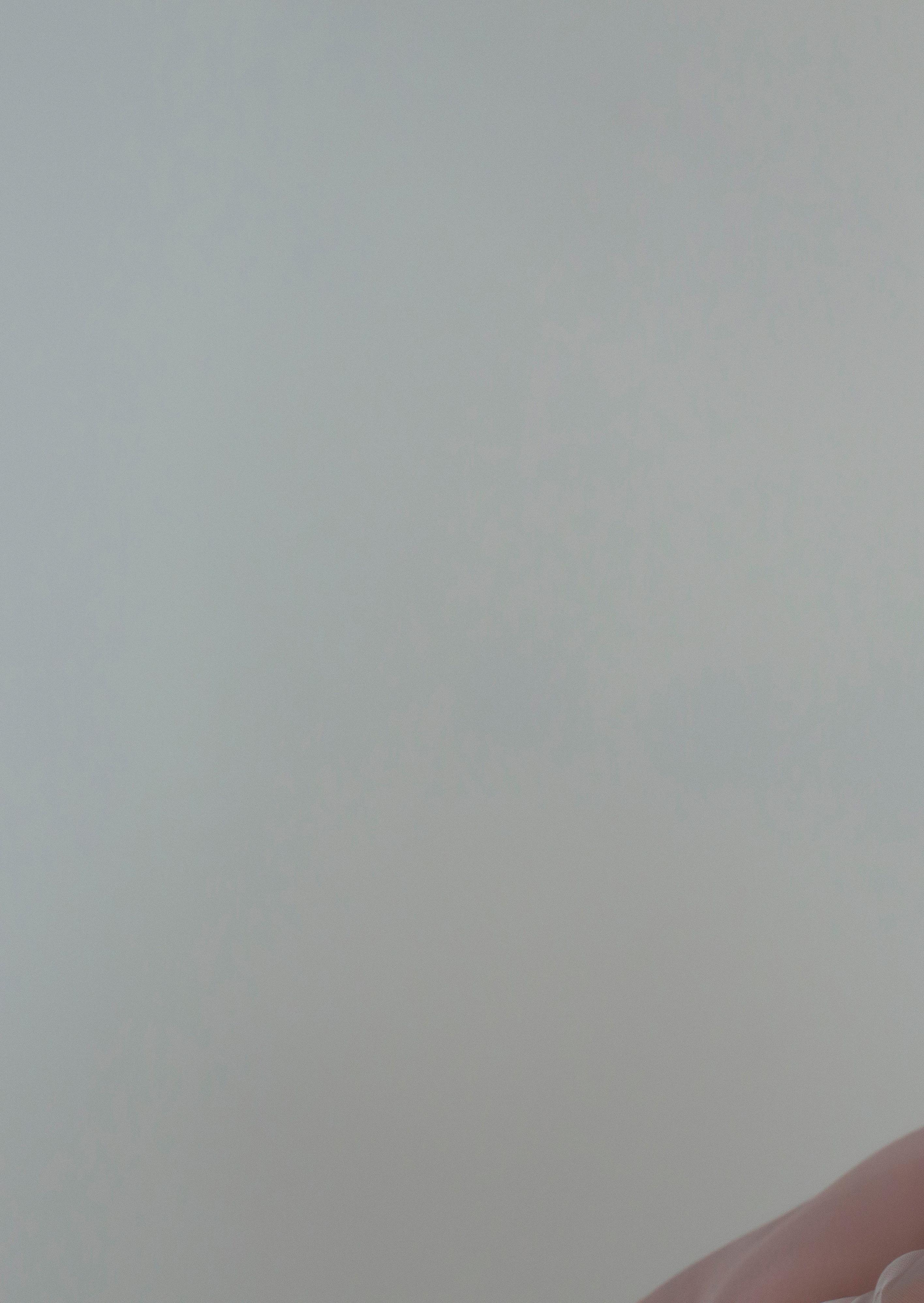
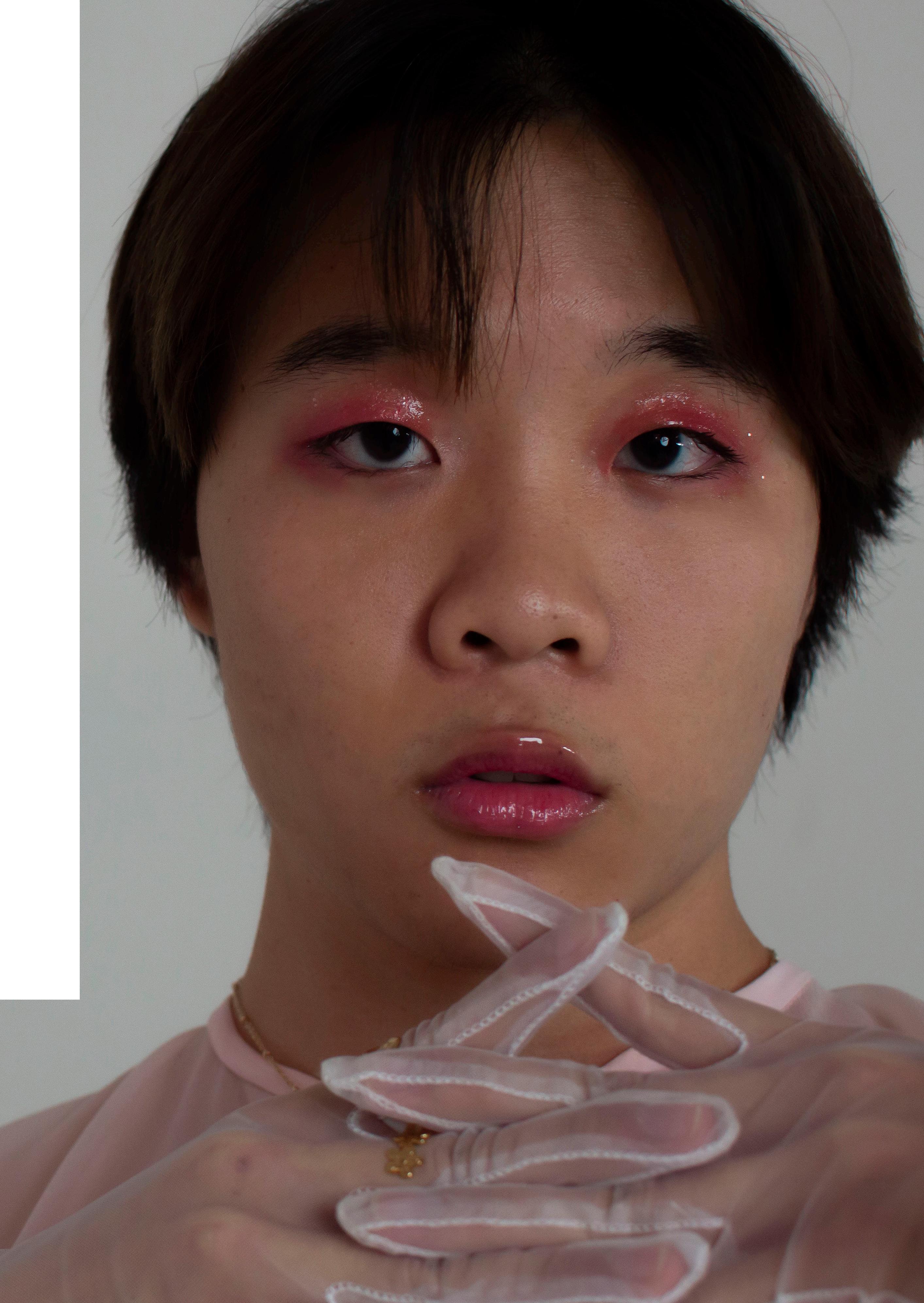
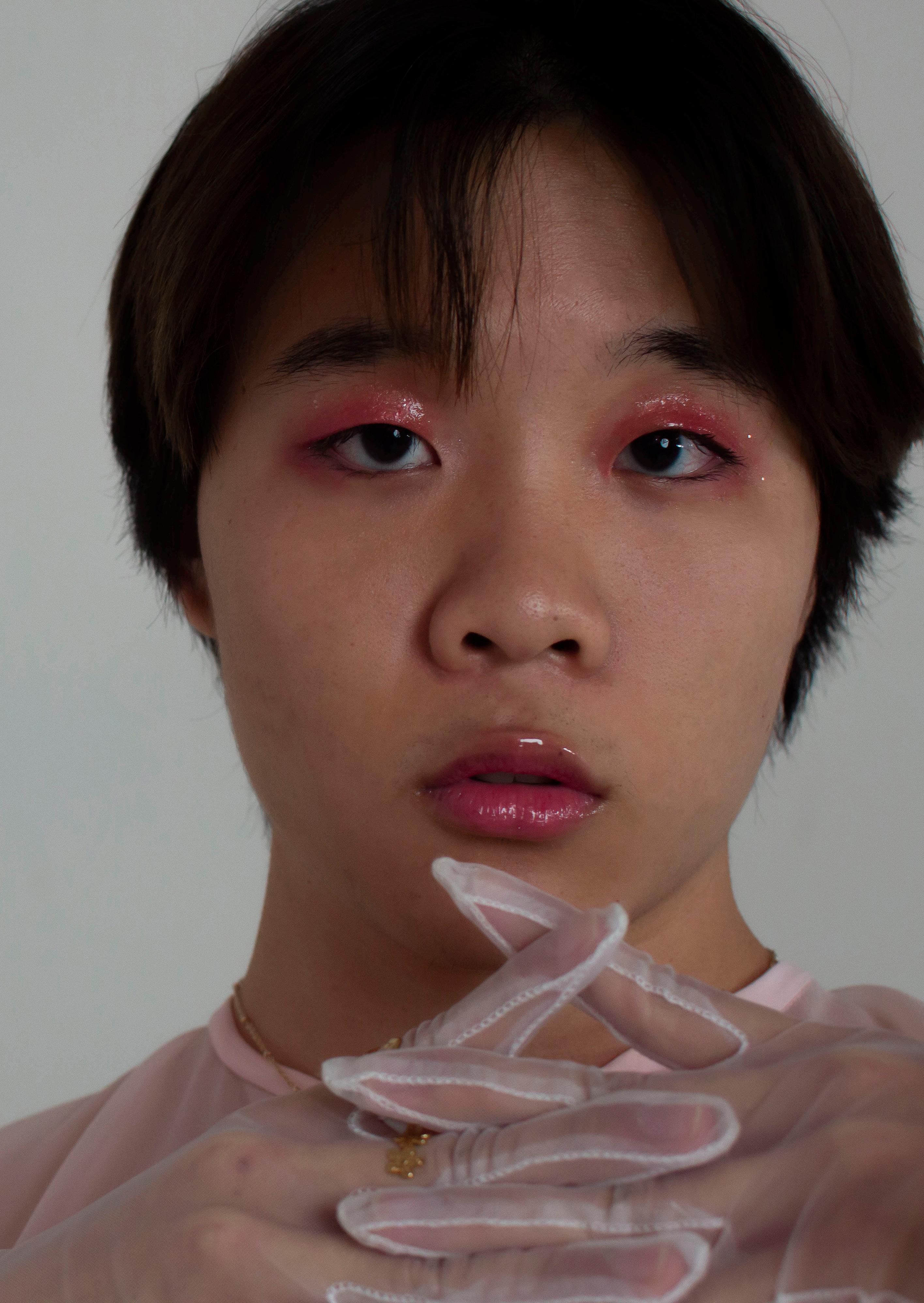
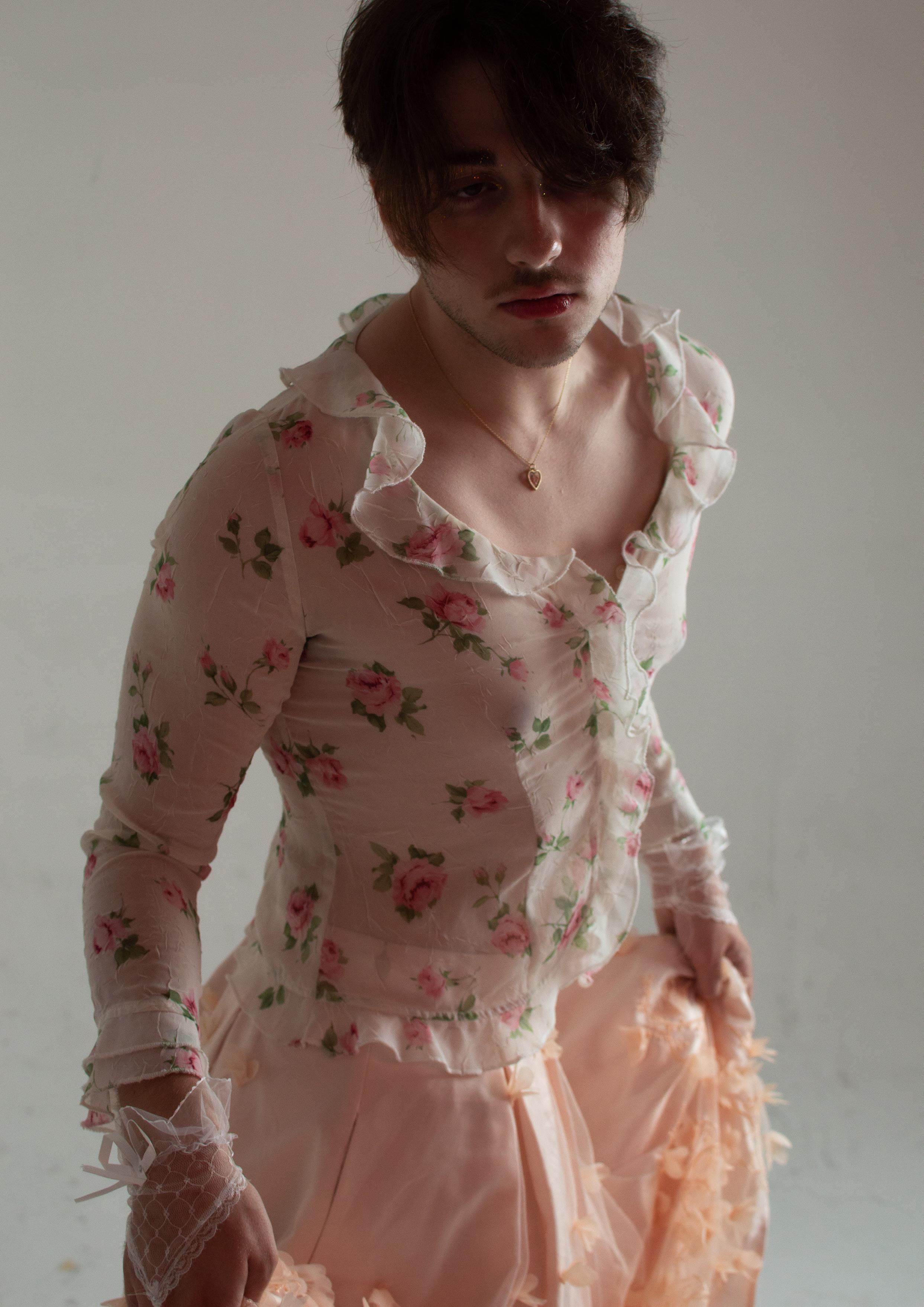
It’s impossible to facilitate the conversations of gender non-conformity in fashion without discussing queer representation in fashion. The queer community is revolutionizing the way people look at fashion and exploring individual styles.
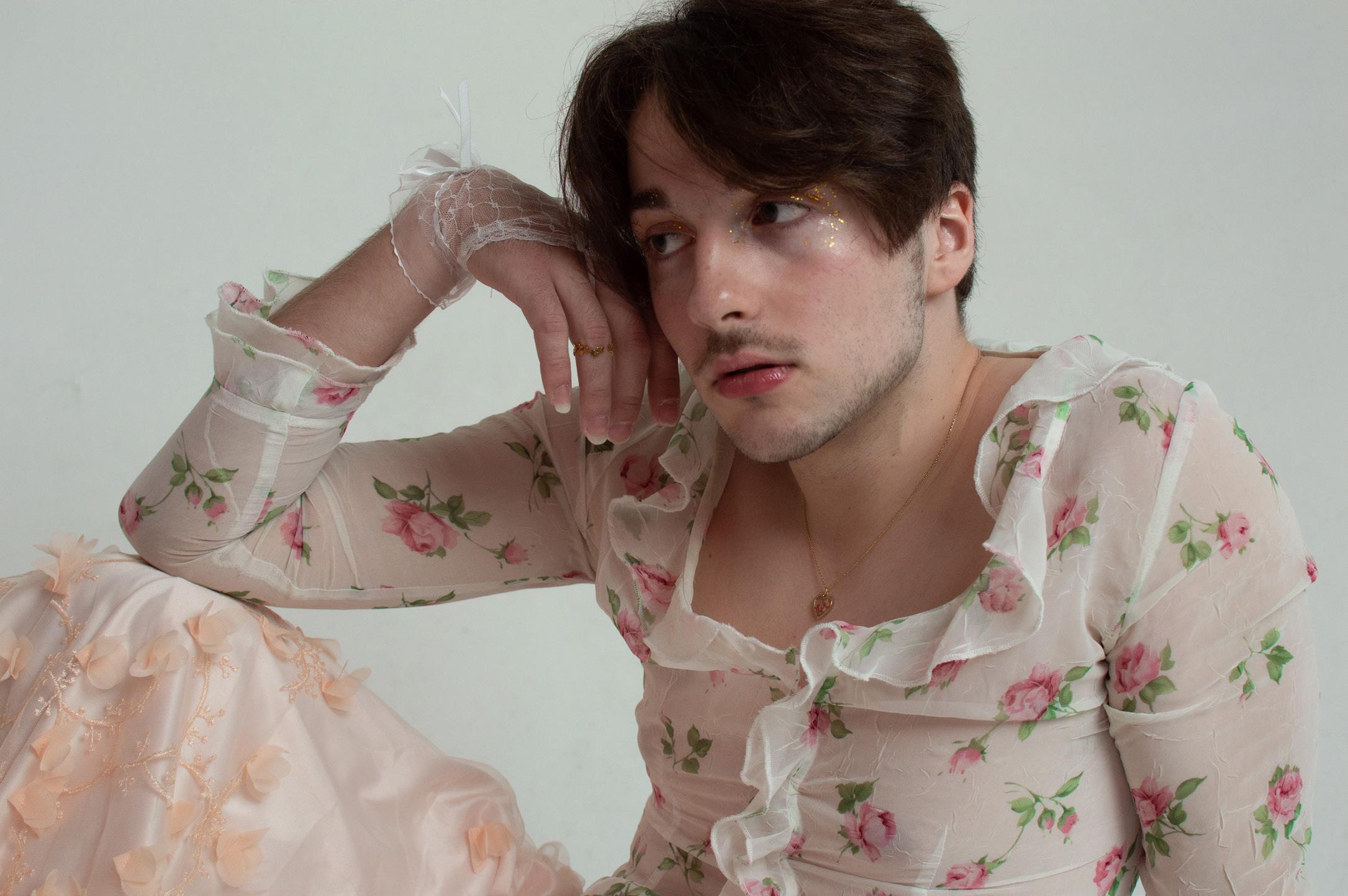
Queer fashion is all about pushing against heteronormative ideals of gender and its relationship to the clothes that people wear.
Queer fashion and drag icon RuPaul is one of few credited with paving the way for fashion fluidity today. His revolutionary drag looks test the limits of gender constraints with flashy and vibrant clothing, high heels, stunning makeup, and bold hairstyles.
It’s clear that RuPaul inspires the young, queer fashion community to explore the limits of fashion and embrace going against society’s view of abnormality and challenging gender barriers. The queer fashion community affirms the message that fashion holds no rules and that style artistically reflects identity. Which in turn, fosters individualism and promotes creativity in society.
Lil Nas X, a very successful queer rapper, makes headlines almost every time he steps out at a fashion event. There are not many male celebrities who are doing fashion like Lil Nas X. His iconic looks include
the VMA lavender gown suit and pink cowboy harness suit. His confidence and personality shine through in his stunning, creative runway looks. The fashion community desperately needs more creativity in men’s fashion. Most male celebrities will only wear a black suit to red carpet premieres, maybe adding a pop of color in the tie if they’re feeling frisky. The same black suit on every man has grown boring and repetitive in the media.
Male beauty standards center around gender norms and male conformity. Men often feel stigmatized and discriminated against when they explore “feminine” styles of personal grooming. Oftentimes, methods of self-care like styling your hair, doing your makeup, or having an extensive skincare routine become tied to one’s sexuality. Any acts of grooming outside of getting a haircut, are seen as a threat to masculinity. Although this rigid structure of society’s definition of masculinity has been around for years and still continues to be, it is slowly starting to deteriorate. Skincare routines are becoming normalized for men as beauty brands expand their marketing of male products. Beauty brands Shiseido and Dr. Jart make well-formulated sunscreens and moisturizers which are essential for healthy skin. It’s important for men to feel comfortable using grooming products because it’s an investment in their appearance and health.
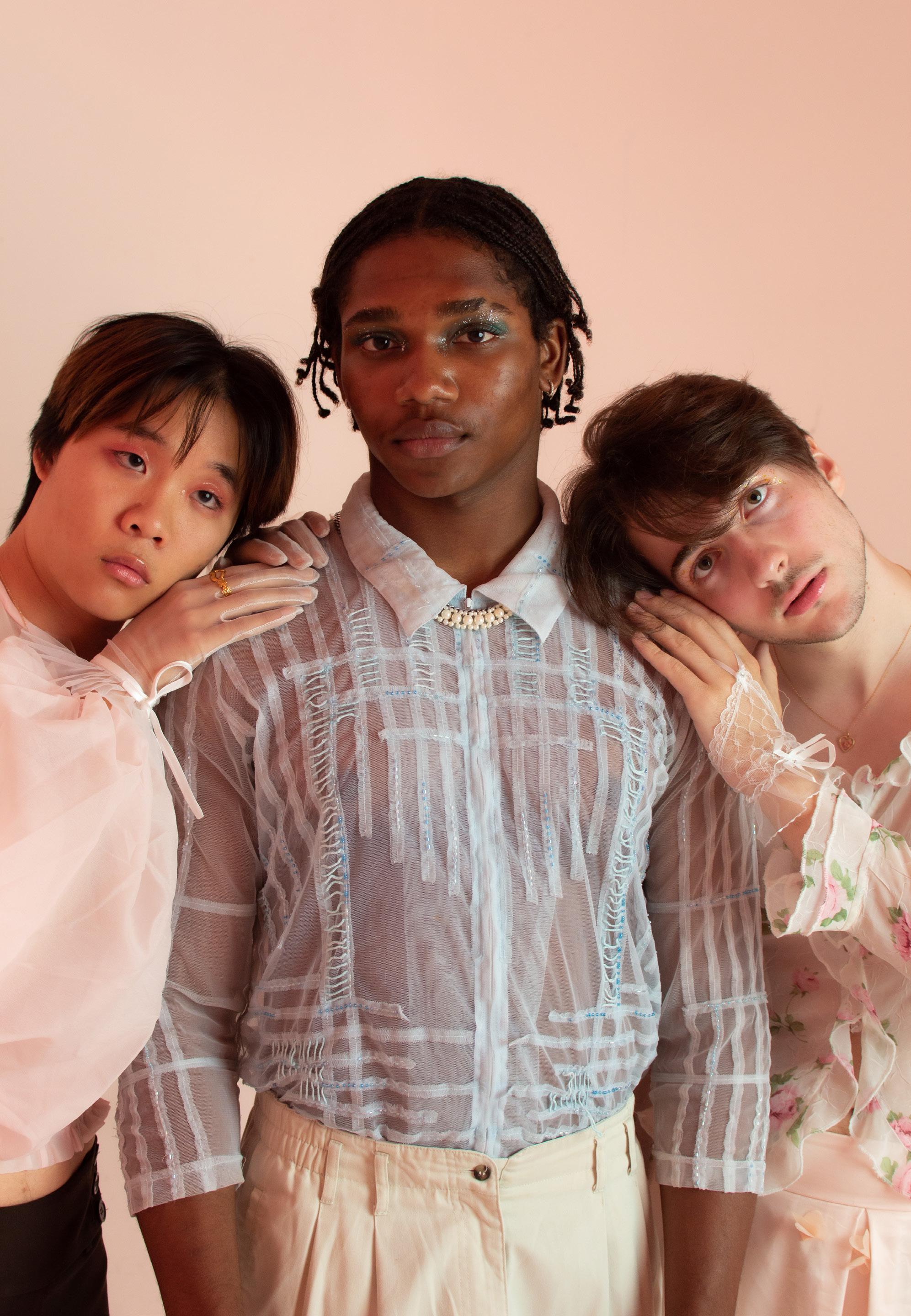
Makeup is among one of the most innovative and creative forms of selfexpression out there, and men are finding their way in using it. Men have been wearing makeup dating as early as 3000 BC in China and Japan. These men used natural ingredients to create powder pigments brushed around the eyes, which displayed enhanced signs of wealth and status.
In recent years, male beauty influencers’ tutorials of simple everyday looks to extravagant works of art have gained massive popularity on YouTube.All celebrities that work on camera wear makeup during their shoot, even the traditionally “masculine” men. Makeup artists use makeup to lightly conceal skin imperfections and enhance facial features, in order for male celebrities to look flawless on screen Makeup at its core is just another form of art, and makeup artists possess an incredible amount of skill in the level of execution of their work. Breaking out of societal gender norms will allow men to wear makeup without the fear of judgment, helping them reach their full artistic potential in self-expression. It’s important to note that societal norms are constantly changing with every new decade or so. Seventies male fashion trends included high-waisted trousers, flare jeans, and skin-tight tees. Basketball players during this decade wore tiny shorts that showed off their hard work and body confidence. These fashion trends worked to create an illusion of elongated legs and
emphasized curves, typically seen as “feminine.” Fashion Icons during the seventies included Boy George, Prince, and Freddie Mercury. Each icon explored the relationship between gender, sexuality, and fashion, breaking gender conformity and testing the limit of constraints in fashion. These artists incorporated traditionally feminine clothing and makeup as part of elaborate stage costumes to explore flamboyant styles that paved the way for present-day artists. In modern day, fashion is an essential part of live performances in order for artists to express their music and visually enhance their stage presence. Gen Z is redefining male fashion and beauty standards. Role models include musicians Lil Uzi Vert and Jaden Smith, who have been seen wearing skirts and blouses, helping reinvent masculinity in a more progressive way. Harry Styles is another prominent, more mainstream, feminine male fashion icon of this generation. Most of his fashion looks are comprised of androgynous styles where he incorporates different materials and textures such as feathers, rhinestones, and sequins. Although there are more instances of men dressing in ways that break gender norms, they are still considered the minority. Society bringing acceptance and encouragement of gender fluidity in fashion is the first step in allowing men to experiment and find their unique style. Deconstructing gender norms and promoting acceptance of men participating in “feminine” fashion allows for the prosperity of individualism and creative growth in our society.


photography by MARIE AGUSTIN
styling by ELSA ZHANG & VICTORIA HALES
hmu by CAMPBELL WILLIAMS set design by CAMERON PHELAN modeling by VICTORIA HALES layout by MICHELLE NGUYEN

When the Netflix adaptation of Julia Quinn’s Bridgerton novels reached mainstream audiences in the winter of 2020, it filled a gap in recent Regency era inspired media. Capturing characters donning lavish outfits and an uncensored perception of sexuality, the show became an instant cultural phenomenon.

Emerging alongside its popularity was a renewed interest in fashion of the Regency, but more so, Victorian era. Today, fashion houses, celebrities and social media users alike are accessorizing themselves with staples of the period, using them as a centerpiece for their runways, everyday outfits or even just casual “fit checks” posted to Instagram. Yet, this so-called revival of Victorian fashion does not subscribe to every antiquated notion that the era held. Instead, today’s adoption of corsets in fashion, while inspired by the Victorian period, is being used to deconstruct the archaic expectations society places upon us.
In terms of the visual depiction of corsets, a comparison between how the garment has been styled can grant insight into the
evolving perception of women’s bodies. Two hundred years ago, the corset symbolized a rigid role in society. It was an essential for women of the era, meant to cinch the waist, provide structure for the entire outfit and support the bust. In a society unforgiving towards any perceived act of immodesty, the undergarment was laced tightly under layers and layers of fabric. It restricted a woman’s body, structuring and forming her figure in a way that was socially acceptable for the masses.
In the lens of contradictory expectations regarding modesty, a corset was intended to both distort and sexualize the body. This was done to make the appearance of a woman’s body more consumable to the male eye. Women were reduced to their appearance, or rather, others’ perceptions of her body.
An extension of the superficial importance of a woman’s body, was the construct of virginity. A woman was expected to remain “pure” until marriage. This was because the man who married her by extension “owned” her body, and any infringement on his personal property was therefore a disservice to his name. The summation of these norms depicts a repressive Victorian culture, one in which self expression was limited, roles restricted by gender binary and feelings better left unfelt.


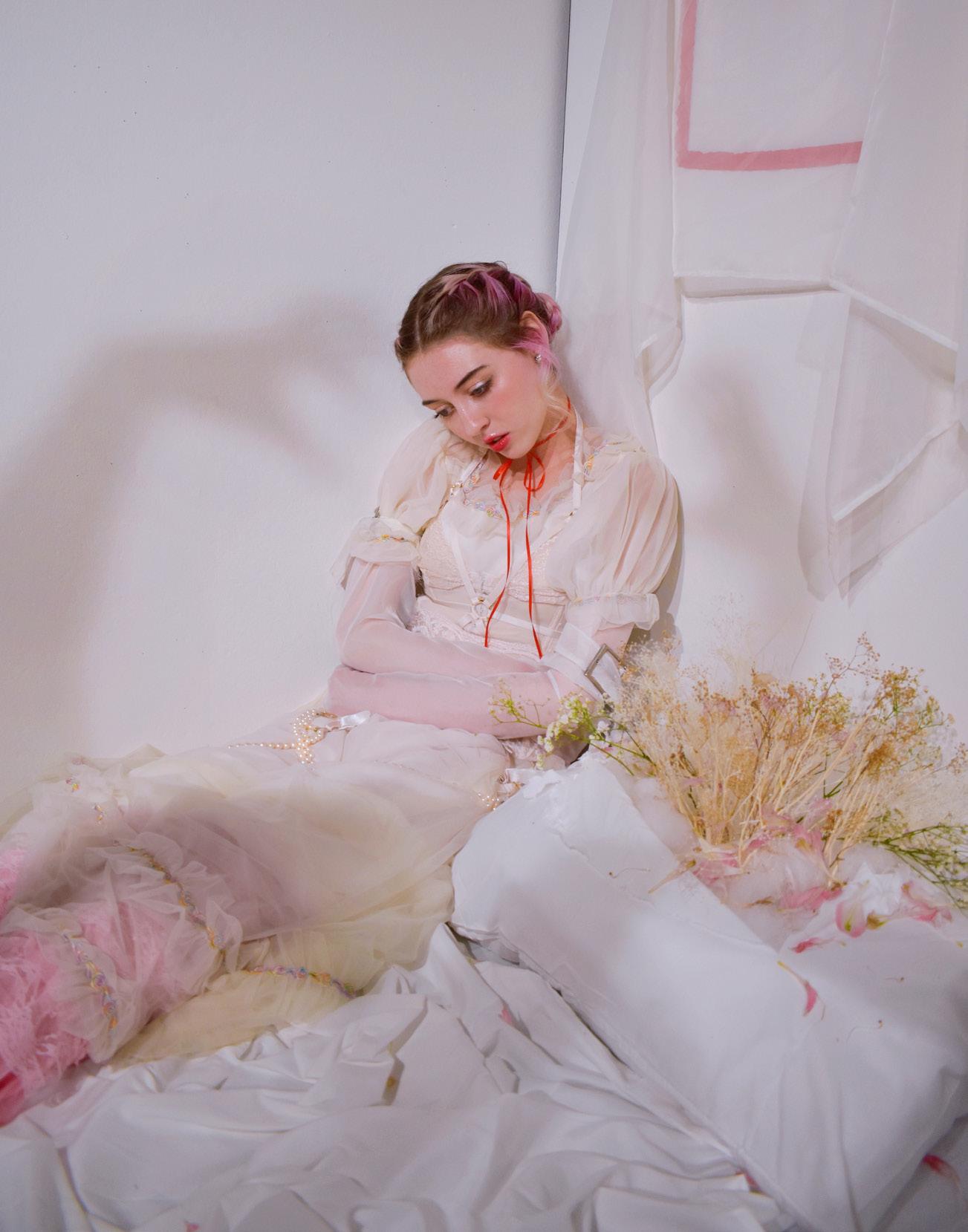
With such a bleak context surrounding the corset, why then did they come back into style? The use of corsets requires some adaptation from its original styling. In contrast to the tight-laced and overlayered cinching of the old, the new presentation of corsets allows for a much more liberating and unrestrained figure.

In Versace’s Autumn/Winter 2022 Show, Donatella Versace adorned models with a distinct corset and matching ensemble. In the same season, Vivienne Westwood, Balmain, Burberry and Schiaparelli capitalized on this trend in their own shows. None of these designers overwhelmed their models in fabric. None of these designers covered their models head to toe in order to preserve their dignity. Bare midriffs and visible corsets were entirely antithetical to the beliefs of the Victorian era. By removing excess layers, proponents of the new era of corsets are forming a statement on who the fashion is for. Gone are the visual reinforcements of chastity. The body is no longer meant to be “preserved” or hidden away. Proudly accentuated by the corset, bodies are meant to be embraced and celebrated. The exposing of the body does not devalue it, lessen it or degrade it in any form.
Notably lacking from these runways still is diversity in body types, but social media has provided platforms that broadcast to the masses that there is more than one type of body that can sport these styles. Outlets such as Tiktok are important in providing the general public with a less filtered or manicured view of societal trends. Users have the ability to share and exchange their unique styles with a diverse audience, which is critical for reestablishing who clothing is ultimately meant for- the masses who influence it everyday. However, having an online presence is a double edged sword, as dressing to satisfy an audience or the expectations of a group can become daunting. Finding the joy in designing an ensemble for yourself with pieces you feel confident in can be a liberating experience, but with societal expectations informing how you should dress, this feeling can quickly become overwhelming. To be independent of the expectations proclaimed by society offers an opportunity to exist beyond the strict roles and norms that can feel suffocating in daily life. This movement away from deriving value directly dependent on others’ perception of your visual appearance is essential to learning to be authentic to yourself.
Although current trends present a positive change in societal norms, women are not completely free of the expectations that plagued the Victorian era. Being a woman comes with a pre-packaged, acute awareness of the way society critiques every aspect of your body. This has remained a constant obstacle women face. The restrictions on women’s bodies and how they are expected to present themselves is still an issue in society today. At times, facing scrutiny for every facet of your appearance day in and day out feels inescapable.

The social reckoning then, comes with the youth of today growing increasingly disinterested in accepting these constructs. This trend does not flip a switch in stigma, erasing the criticism people will face. However, the progressive trend towards showing more skin, accentuating
more bodies apologetically and refusing to hide who you are at your core demonstrates the progress and movement toward a new era of liberation, one where others dare to rebel against the constraints imposed by society.
This trend, the use of corsets in a non-repressive fashion, is bigger than dressing in spite of jeers of promiscuity, it shows the promise of a cultural shift. It dares you to dress as you desire. It asks you to take risks, and it asks you to remain true to yourself. It asks you to love your body, to live your life so fully that when you reach the end of it, you will know there is nothing to regret. In the face of it all, it reminds you, regardless of others’ thoughts, actions, words, and feelings: the sun will rise, and the sun will set. Do not fear imperfection. Wear what you want, and wear it how you want to.
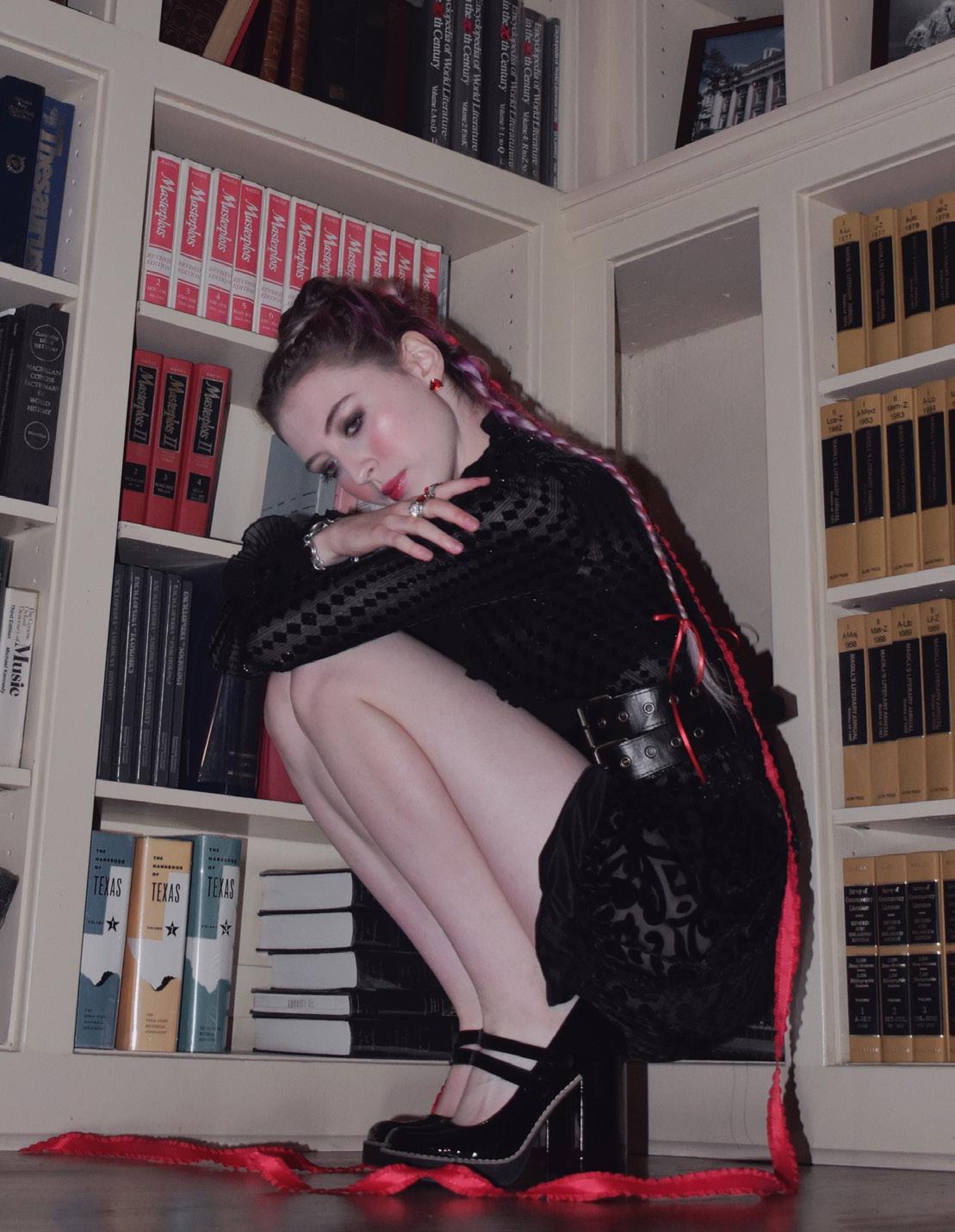

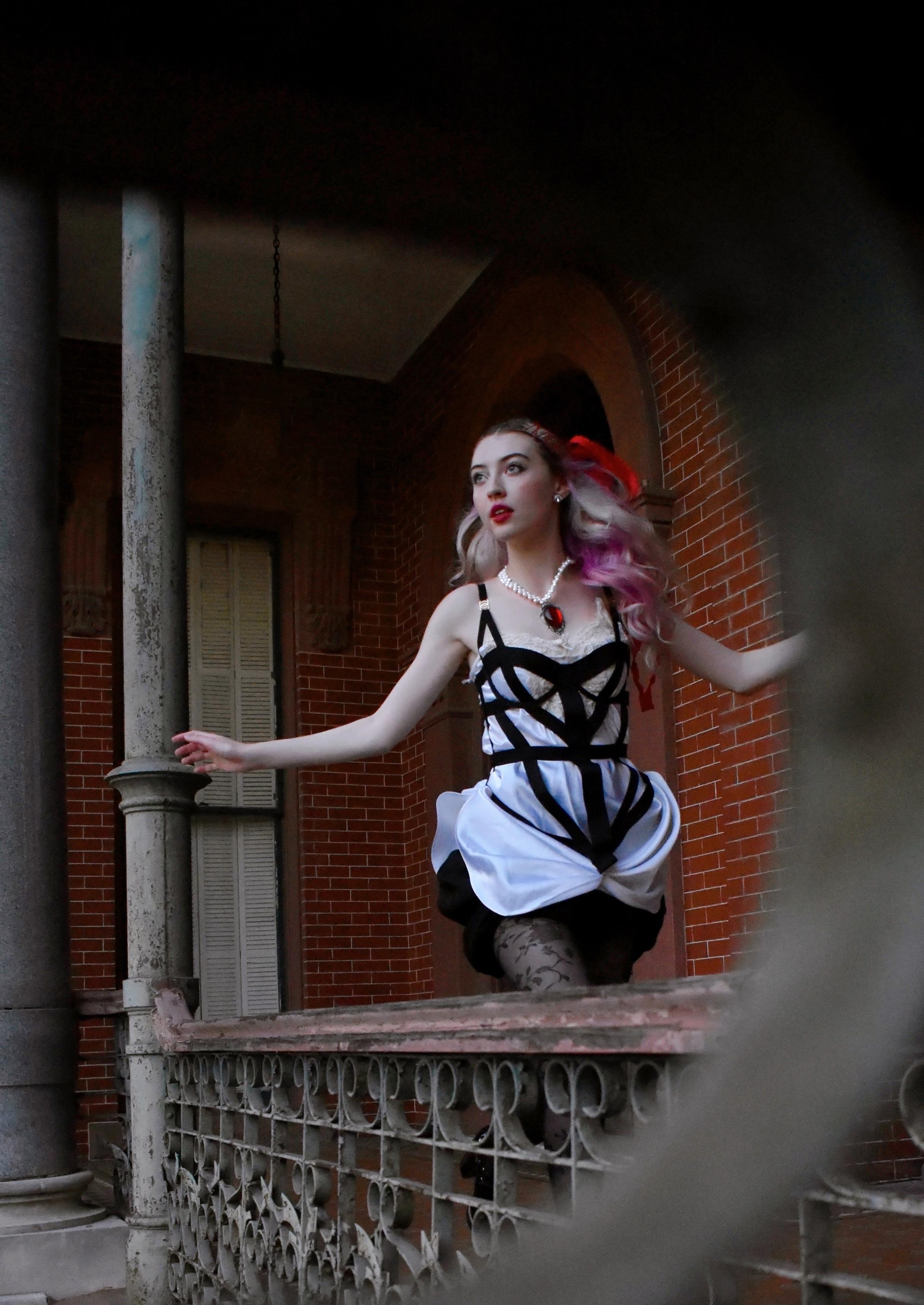



Humans crave chaos. Our brains are wired to focus more on bad news, and consequently we have a much greater physiological response to negativity. What once was an innate mechanism to stay safe and remain aware of danger has now turned into a weird obsession with misfortune. Nowadays, it seems like negativity is rooted everywhere, from news stations to social media. Everyone knows about that celebrity scandal or the tragic massacre, but no one really stops to see the good that happens daily. Humans are naturally curious, and morbid headlines seem to capture our attention much better than neutral ones.
But as of recently, there has been a strong counter to the status quo: the indomitable human spirit. This trend took the internet by surprise, focusing on positivity and hope. The indomitable human spirit portrays human nature as strong and persevering, whether those qualities shine through in interpersonal interactions or ripple throughout societies.

When humans get together as a community, amazing things can be accomplished. Such stories should be highlighted more often, as they can do more good than you would think.
In 2018, a man named John Chhan owned a donut shop with his wife, Stella. John and his wife were married for over 30 years, and he stuck by her side when she was recovering from a brain aneurysm. He would arrive at his donut shop to open up at around 4 a.m., with customers often arriving shortly after. The shop had many loyal customers who, after hearing about Stella’s aneurysm, tried to set up a GoFundme. John refused to
accept any handouts, so his customers had to get creative. The community came together and decided to buy out the donuts as soon as possible so that John could spend as much time as possible with Stella. The customers shared his story on social media and urged everyone to come early and purchase donuts, and the story spread like wildfire. Pretty soon, John was selling out his donuts within two hours of opening up. John and Stella were Cambodian refugees, and this donut shop helped integrate them into a community that cared so deeply for them. The pair greatly appreciated the collective effort put forth by their customers. Their kindness and warmth impacted so many more people than they realized.
People may see the internet as an unpredictable place, especially since the internet has a way of bringing out the strongest emotions in all of us, whether that be indignation or apathy. Of course, not all of the internet is so pessimistic, but so many virtuous events fly under the radar because they don’t carry the same shock factor. We often hear about the many problems that plague the world, but the efforts made by people to fix these problems are made much more discreet.
For example, the national baby formula shortage earlier this year was propelled under the spotlight. Yet the people that came together to alleviate the issue didn’t get that same emphasis. A Texas restaurant owner, Benji Arslanovski, bought baby formula through his supplier after recognizing his community’s dire need for it. He purchased six boxes and distributed them for free to people who needed them. Despite his own kids not requiring any, he realized the difficulty of the situation and helped those that really needed it.
Photographed by Joyati Modak & Elizabeth Cruz-Ramirez | Styling by Daniel Iredia & Gray Mabry Hmu by Estelle Isaac | Set Design by Franklin Trinh | Layout by Ava Bathurst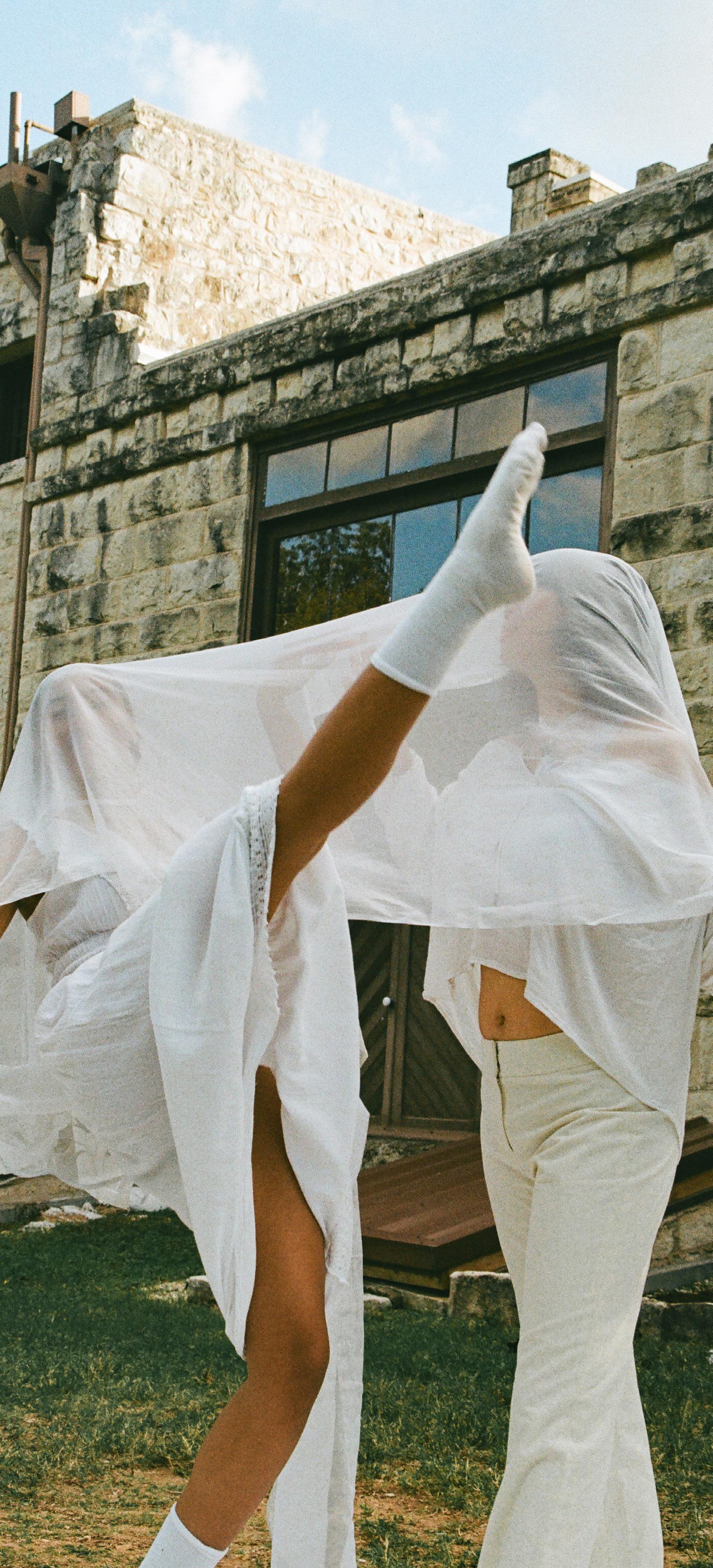



Similarly, we hear about how the Earth is dying and humans’ role in this situation Yet, we don’t hear about the people and groups taking initiatives to fight pollution or climate change. Earlier this year, we surpassed a huge milestone in terms of wrangling global warming. One terawatt of installed solar energy capacity has been installed, meaning that there are enough solar panels to generate that much electricity from the sun. While only a fraction of global demand, that much energy is enough to power most of Europe and signifies a huge step forward to cleaner energy.
In fact, a report found that we are potentially on the right track to reducing certain disastrous effects of global warming. If the current pace of wind and solar capacity grows consistently through 2030, we can limit global warming to 1.5 degrees Celsius, which is a great target to restrict worse effects of global warming. Hearing about the inevitability of Earth’s destruction only discourages people from putting in more effort. The truth is that there is still hope, and we should hold onto it and move forward with determination.

It’s definitely not easy to be positive in a world where negativity is often romanticized and publicized. However, it is important to acknowledge that while bad things happen, good things happen simultaneously, and focusing on those good things can help us remember that we can change what could be perceived as a callous world. We should all embody the indomitable human spirit because that is who we are. Humans flock together because we crave a strong community, one that can provide support and assistance in difficult times. We are literally built to jump over hurdles and adapt to our surroundings to better deal with the obstacles thrown at us as a community. And the best way to do that is by being hopeful and believing that we can change the world together. Because once we believe that, the world will start changing.
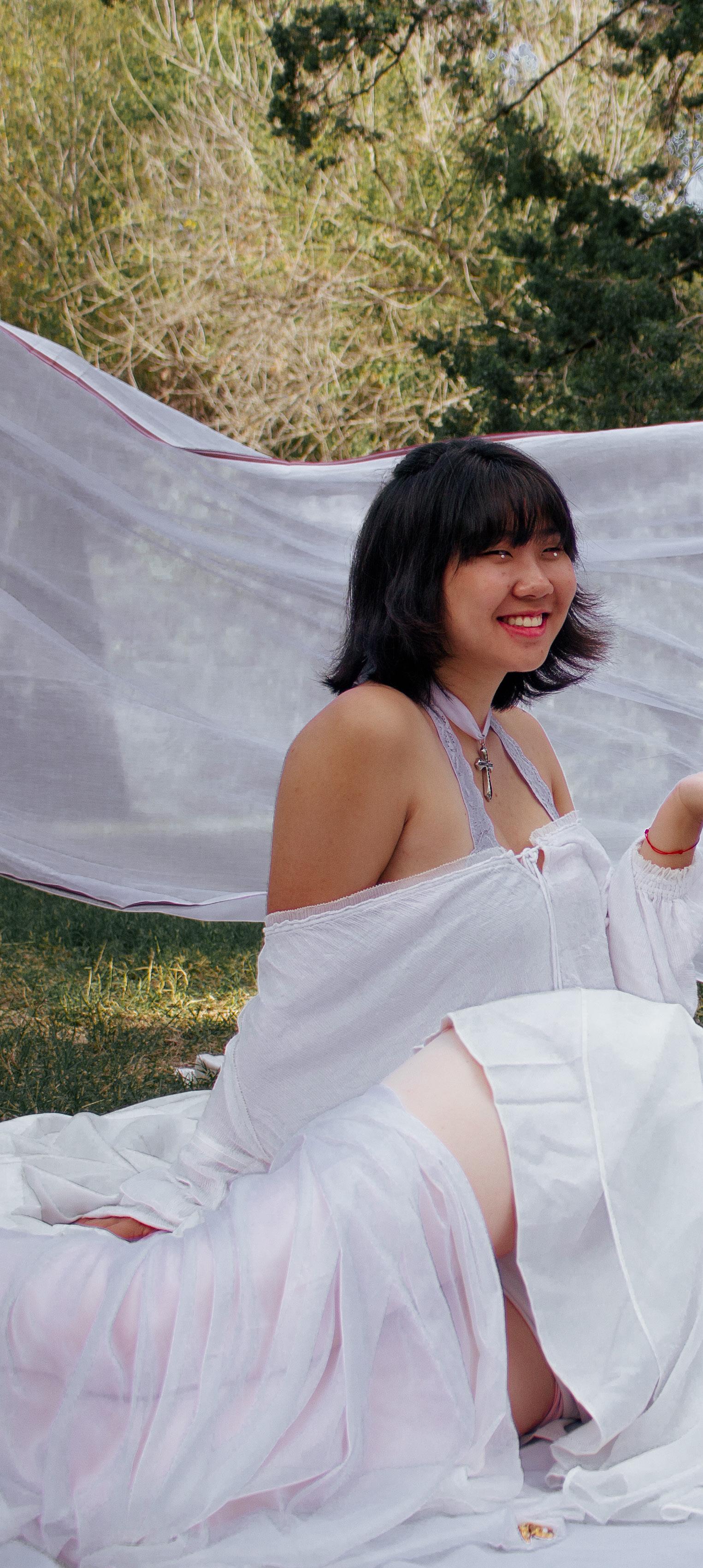


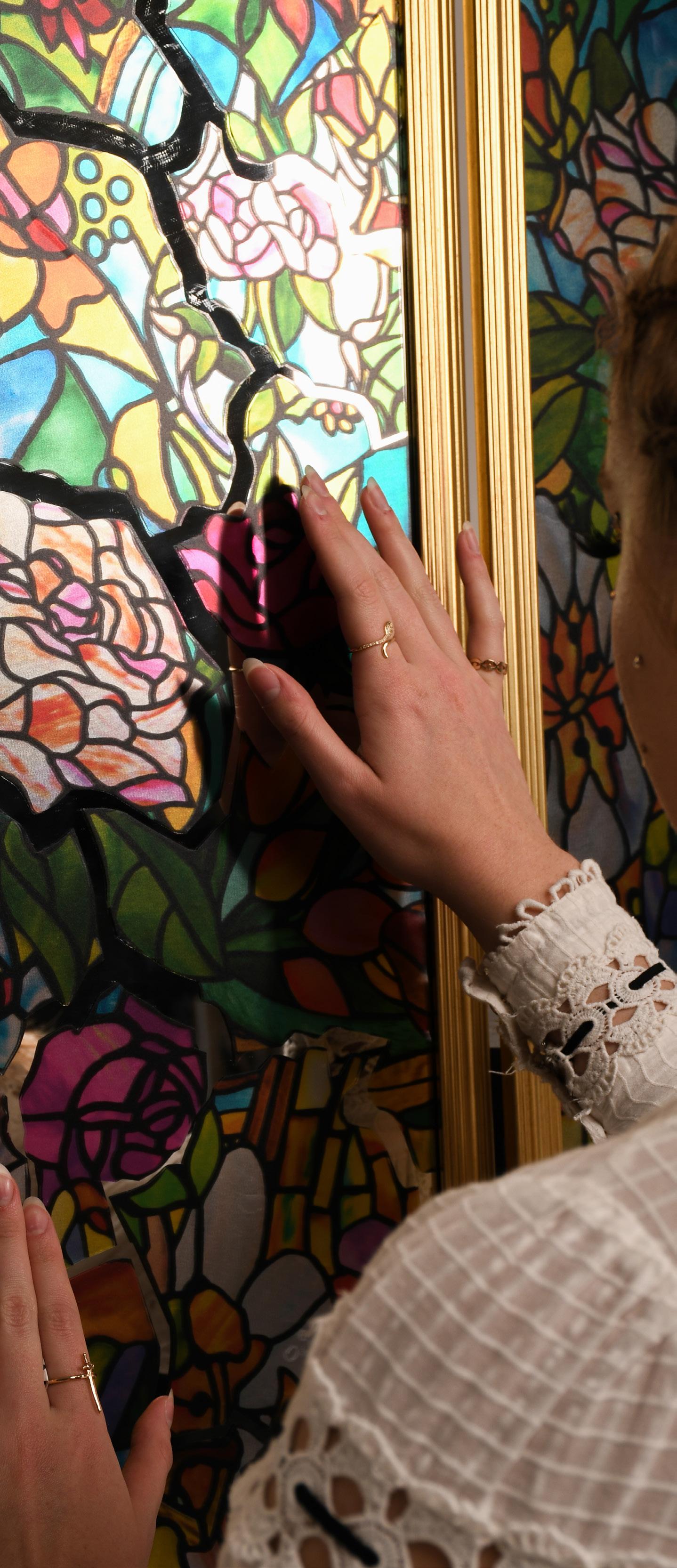
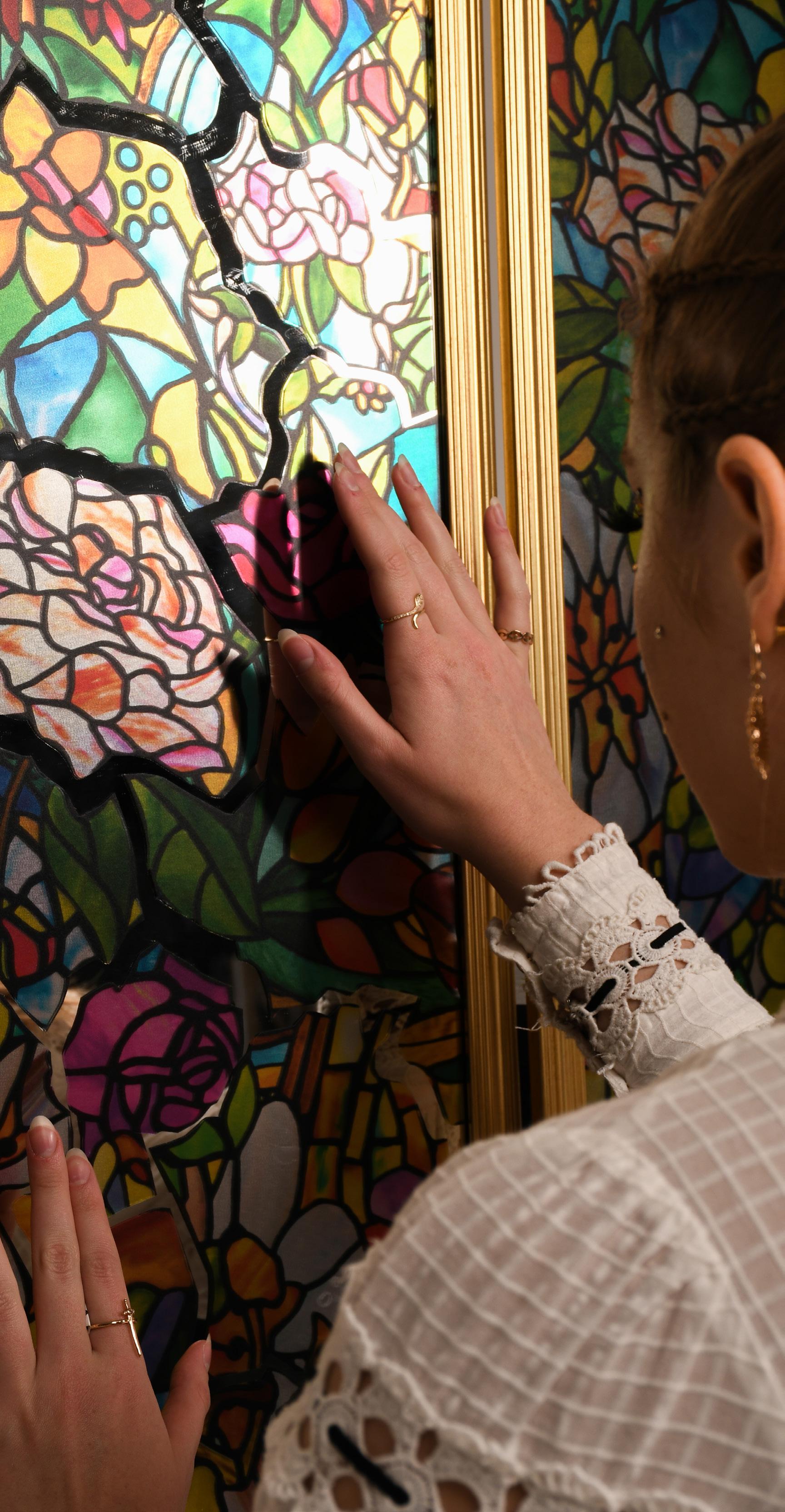 hmu by SHANNON COLEMAN
modeling by ZONA JOHN
photographed by JOYATI MODAK & ELIZABETH CRUZ-RAMIREZ
set design by NICOLE CHEN
styling by ELLEANOR ROSS & APRIL CHIU
layout by KENNEDY HUYNH
hmu by SHANNON COLEMAN
modeling by ZONA JOHN
photographed by JOYATI MODAK & ELIZABETH CRUZ-RAMIREZ
set design by NICOLE CHEN
styling by ELLEANOR ROSS & APRIL CHIU
layout by KENNEDY HUYNH
fragile, meticulously crafted, and translucent.

Eglise Saint-Eustache appeared to be one of those buildings that should’ve been incredibly difficult to miss. It was massive, unusually large for a church in the heart of Les Halles. To call it a church rather than a cathedral was appalling. And beyond that, its intricately detailed gothic architecture was in stark contrast to the bustling train station and shops that surrounded it.
And yet, Ionly found myself venturing intothe building becauseof the rain.
Plenty of artists, poets, authors, and filmmakers have romanticized Paris in the rain. What they all fail to mention is how easy it is to forget an umbrella when you leave your study abroad dormitories to sightsee for the day. Although the visual of rain falling on such a beautiful city was mesmerizing, the increasing frizziness of my hair was not.
Now, I found myself tearing my eyes away from the rows of bakeries and restaurants that filled Chatelet, and looked upon Saint-Eustache as though I had never realized it was there before.
In a word, the exterior of the church was preposterous. Flamboyancy was an architectural style that emerged and succeeded throughout the Gothic era, and this building exemplified it. It was adorned with statues, a sundial, countless columns and flying buttresses, and engravings. You could look at one tiny section of the structure for hours and still find new, minute details that added to the ridiculous intricacy of its design.
But as they say, you should never judge a book by its cover. Because, in fact, the extravagance of the exterior of Saint-Eustache was nothing compared to what you experience as soon as you step foot inside.
A worker was playing one of the largest organs in France, as the music travels seamlessly throughout the church and its many chapels. A huge rose stained-glass window is accompanied by many other vividly colored depictions of biblical scenes, all letting in various amounts of light through their dyed panels.

I feel like whenever I am confronted with architecture that is so detailed, unique, and intricate, I become thoroughly amazed by the time and effort it takes to create such a masterpiece. Most buildings, particularly ones of historical significance, are crafted to best suit their purpose, as though they are extremely aware of their identity.
After spending time exploring every corner of Saint-Eustache, and analyzing each art piece depicted in the building, I soon found myself sitting in one place, enraptured by the sounds and sights before me. In particular, the stained glass windows held my attention. They were so detailed that I found myself looking up the process by which stained glass windows are made. Each individual panel is dyed the appropriate color and then they are pieced together to form cohesive, breathtaking images.
I’m a strong believer in the fact that you find the best motivation and inspiration from the most unexpected places. My brief research into gothic architecture and, more specifically, stained glass, made me think about other artistic aspects of my life, including my own self expression.
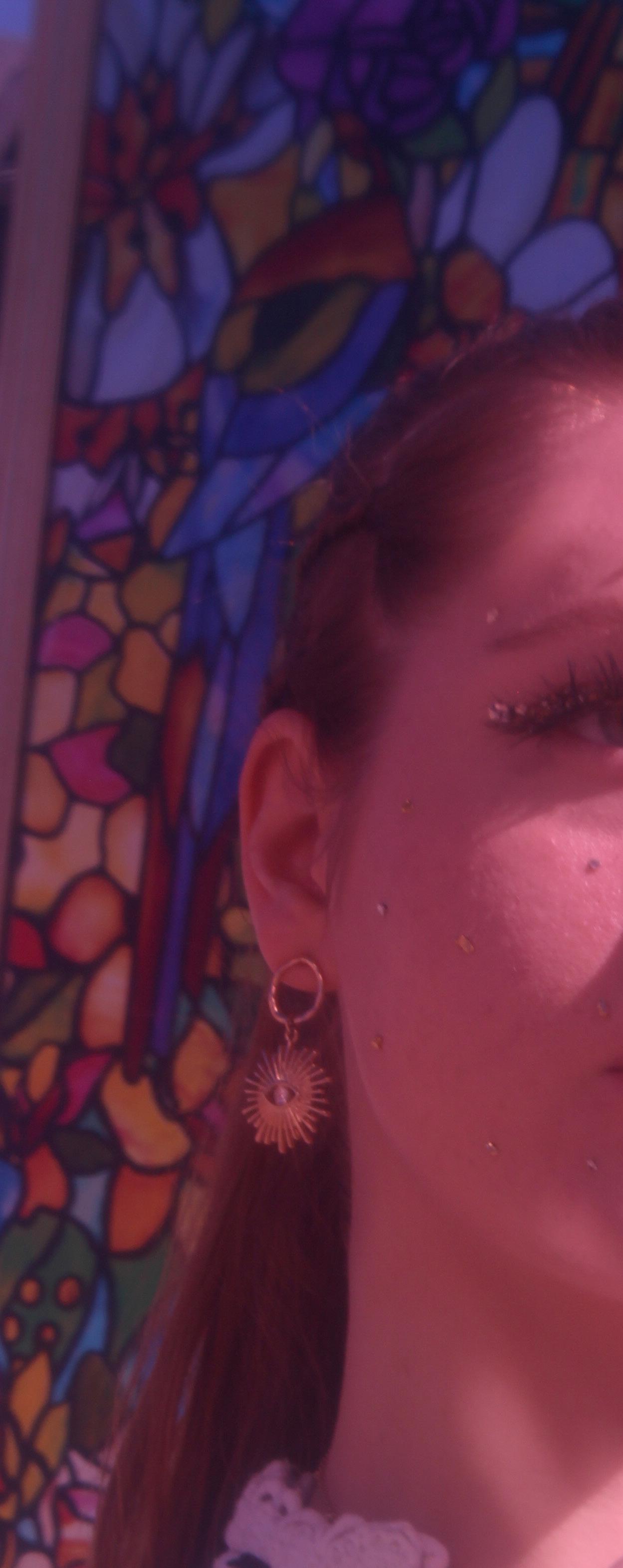


Architecture and fashion aren’t strangers to each other. They have quite a bit in common. The process of making stained glass is a long and arduous process, but beyond that, it creates something that is ultimately still quite delicate. Those looking to discover their identity in a way that they can externally express it, could learn quite a bit from these vivid windows. Afterall, the process of discovering yourself and your personal style is long, arduous and delicate.
It’s easy for us as humans to avoid risks and take the safer route when it comes to decisions as simple as what we’re wearing on any particular day, but when we begin to explore other mediums, styles and sources of inspiration, we unlock a new level of individuality. Stepping away from conventionality is freeing, but that independence comes with the knowledge that, much like glass, you can break. It’s okay to be a bit translucent, because the true beauty of personal style lies in its vulnerability.
Feeling comfortable with the idea of being vulnerable feels foreign to most of us, but the translucency of the stained glass and the way that it lets light shine through is what sets it apart from other works of art. It adds a level of depth and purpose that your fashion can also possess if properly cultivated. You can show not only the face value depictions and colors on your clothes, but you can also provide a view into who you are as an individual.
Authenticity is the ultimate reward for self expression, and we all have the ability to become confident and unique enough to reach the point where our senses of style are as intentional, unique and intricate as a beautifully designed building.

The world is changing and so is fashion. We are breaking out of norms in our actions, in our clothes, in the way we dress, and in the way we live. Trying to look like everyone else is out and trying to be the best unapologetic version of yourself is in. We are breaking all of the pre-existing fashion rules, pairing different patterns, bringing back trends from decades past, and being comfortable with what made us uncomfortable –living an avant-garde life.
Barbara I Gongini defines avant-garde as “A forwardlooking movement animated by innovative designers and artists who dare to go against the mainstream and propose ideas that stand out from the conventional.”
Barbara I Gonini is an avant-garde brand founded in 2005 based on the individual, not based on their gender, or any societal orders, but on crafting playful imaginative pieces centered on self-expression.
Polka dots, plaid, pearls, whatever your niche, whatever your fancy, if you wanna wear it, don’t think too hard on it and just go for it. Doesn’t matter the season, the weather, or whatever event you’re going to, if you
wanna dress up, don’t be afraid to show out. When picking a style, or a look, don’t be afraid to overdo it, because avant-garde living is all about doing whatever you want, no matter the pre-existing fashion rules.


Living life in an avant-garde way gets rid of limitations and expectations. You can go all out, or halfway. No one is setting any restrictions, and you make your own rules. If you want to wear polka dots on polka dots, no one’s stopping you; if you want to wear two different stripes and colors, there’s no one saying no. Many celebrities in this day and age are becoming known for not only their stage performance, but also their exuberant fashion sense, playing with their style, and crafting looks that are uniquely them. You can see this with Lizzo, Lady Gaga, Katy Perry, Harry Styles, and Lil Nas X, just to name a few.
If an avant-garde ambassador was ever such a thing, Lady Gaga would be it. Throughout the years she has constantly been seen defying the public’s opinion and breaking out of what is considered normal and creating other-worldly looks. Some of her most well-known looks contain pieces like the controversial meat dress, the shiny sea urchin spike dress, her face-covering red lace dress, among many other pieces. Lady Gaga isn’t afraid to go all in with her looks and embodies her pieces well. She’s got the avant-garde way down, but it doesn’t come without speculation.
Mess Magazine gave this quote over one of her red carpet outfits, “Is Lady Gaga a Fashion Queen or a Fashion Disaster?” Her looks are what set her apart from other artists, and also how she became more well-known, but it can often come with negative opinions. When society sees someone is different from the rest, they will never stop trying to get them to stop being different, and they will continue to push their ideals and indistinguishable type of living, but the avant-garde way of dressing is all about dressing for yourself and not caring what society thinks.
Oftentimes, just like anyone that goes against the norms of society, the looks of these celebrities can be seen as controversial, but as they go about living an avant-garde way, they wear what they want, and they wear it with style. It can be hard to go out and show up in something out of the norm or even something that has never been done before, but the first step is just going out and doing it. Just because something has never been
worn in fashion doesn’t mean you should limit yourself to it. One influencer who was not afraid of living the life she wanted was Jasmine Chiswell. She loves the 1950s so much that she decided she would not only adopt this style into her everyday life but that she would only ever be seen in her 1950s attire. She has since then been deemed the Marylin Monroe of Tik Tok, and within reason, the blonde includes curled blonde hair and red lipstick as her everyday staple, and while she has made videos trying other trends and styles, she never strays from her 1950s wardrobe, and as she should.
If you love something as much as Jasmine Chiswell loves 1950s fashion, you shouldn’t let society make you dress in more modern clothes. Just as you may love something else, you shouldn’t let society try and sway you otherwise. I mean you wouldn’t take away pink from Paris Hilton, right?

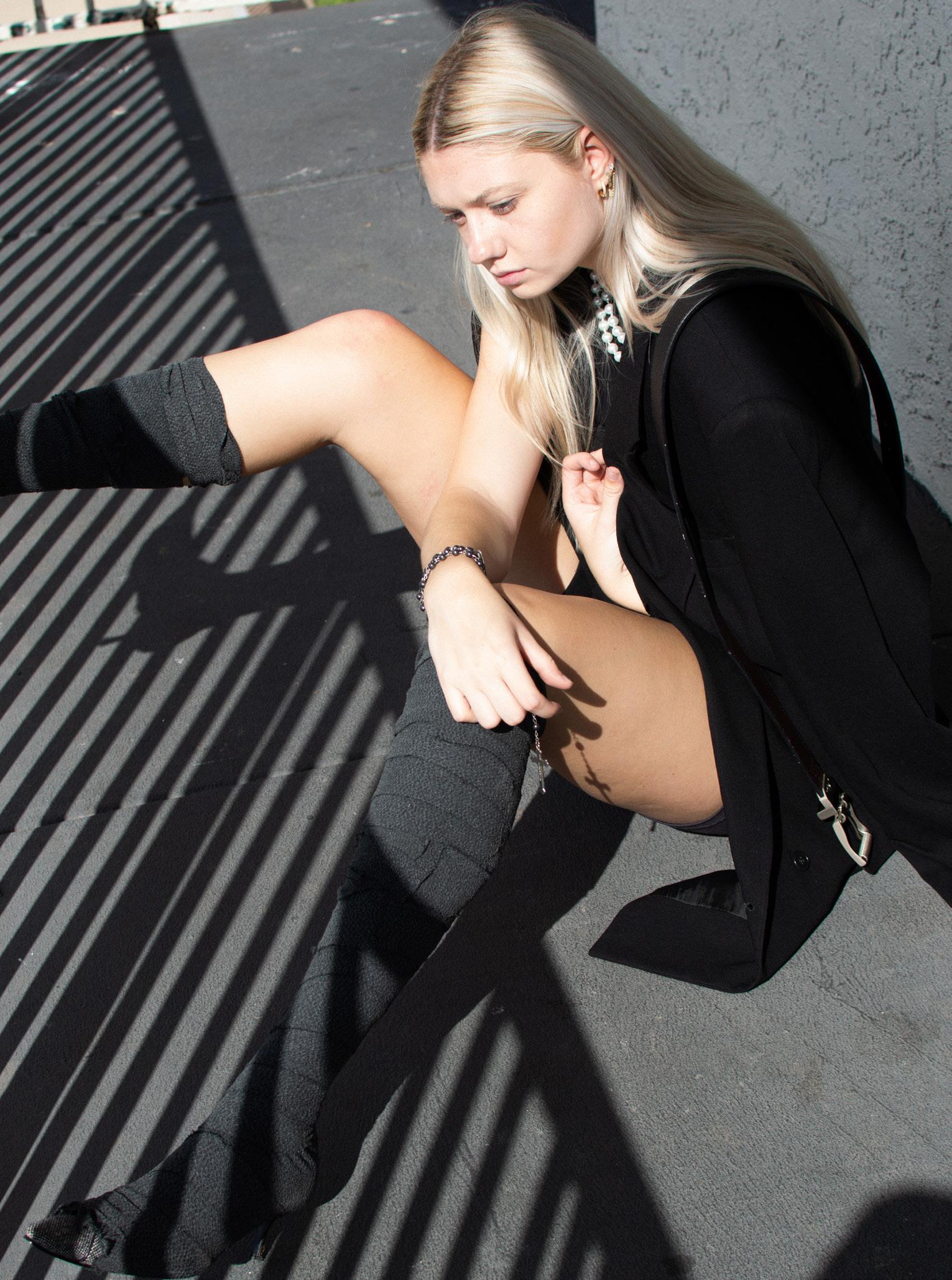




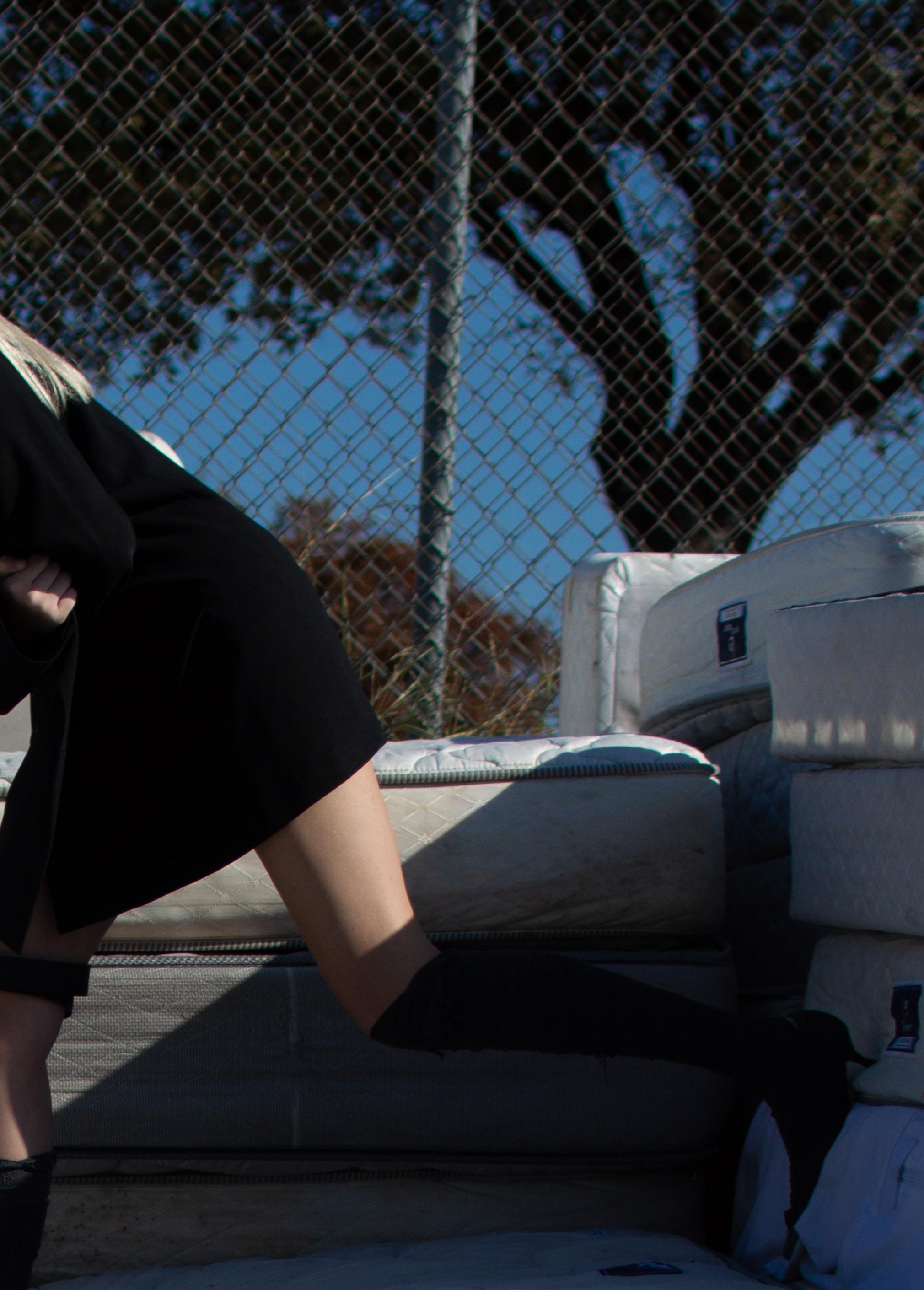
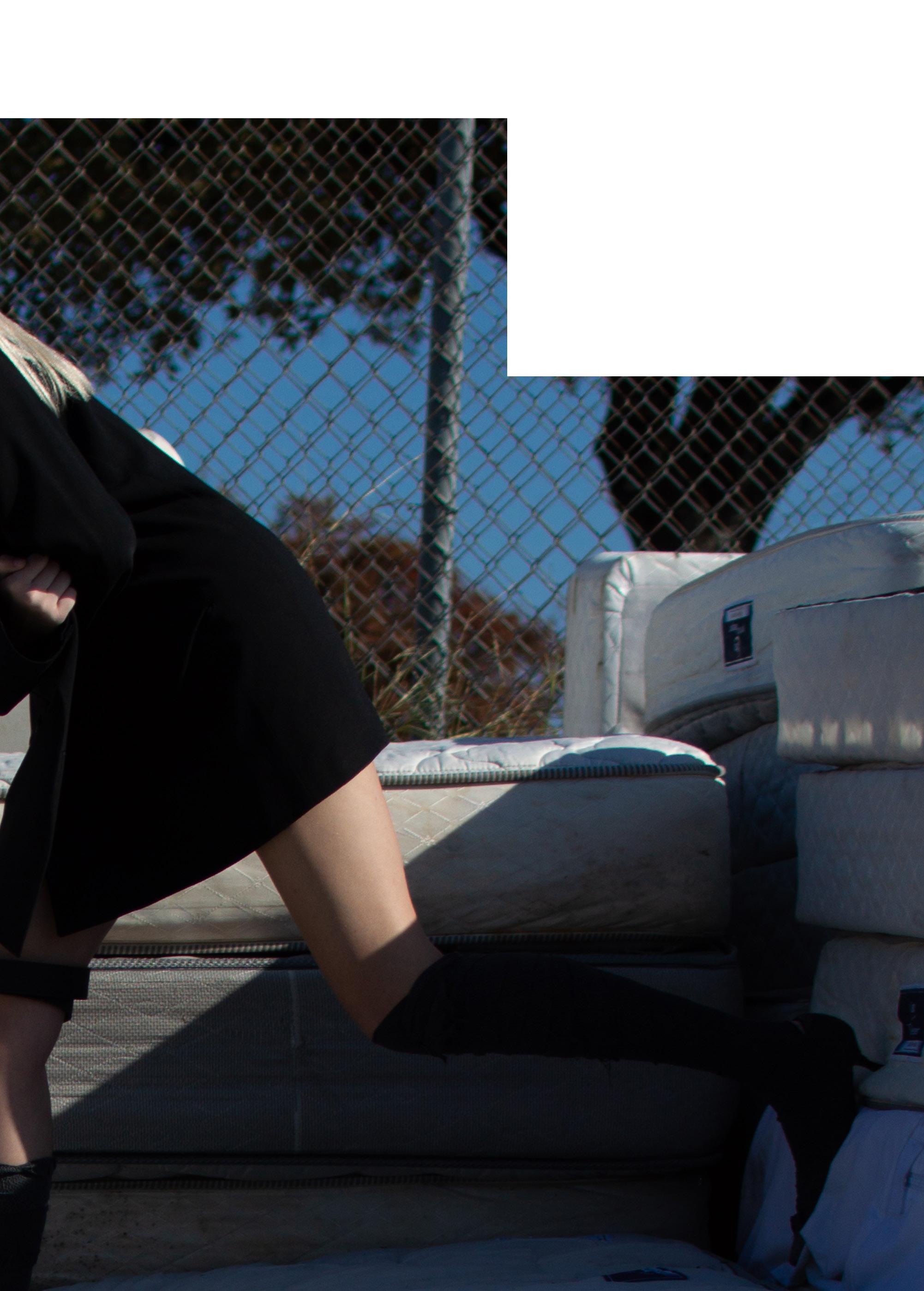
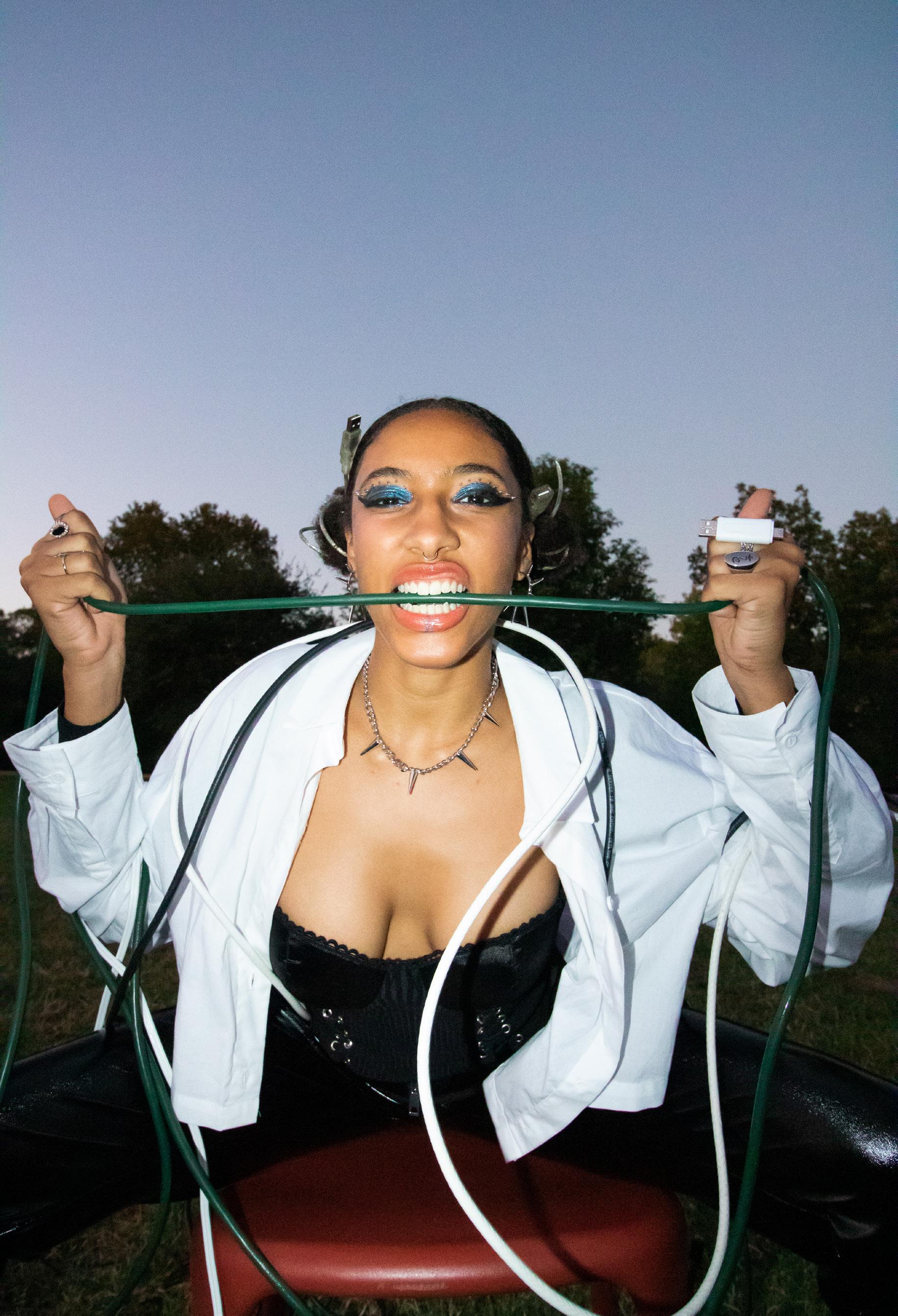

While many books about radical self-love teach us about unapologetic confidence, the kind that manifests itself in a general apathy directed at society–a middle finger that’s constantly raised, “screw your discomfort,” and an I-don’t-care-about-your-opinion kind of confidence–such an approach on life can quickly turn shallow. These books sell us on the idea of a digital detox or a mindfulness retreat somewhere lost in a forest. Despite their best intentions, their solutions can either be unfeasible or inaccessible. Oftentimes, they suggest that the reader buys more things that may or may not help them embark on their authenticity journey.

Where society fashions itself as the ill-fitting pantsuit we must burn, we could opt to tailor it instead. In other words, while we tend to see our world as the villain of our stories, it can usually be our greatest ally. Indeed, humans are social creatures who will never stop belonging, whether that be to a family, a friend group, a congregation, a nation or a troop. Most of us require these connections to maintain our physical health and mental well-being.
When we imagine a person at the “edge” of society, we think of the punk movement that burgeoned in the mid1970s. We think of the leather jackets and spiky dyed hair that was so antithetical to the mainstream, that the politics of its subculture were crystal clear. They emulated such little care for the world, and such a strong sense of self. However, there are two caveats in the authenticity of the punk movement; first, while the subculture embraced nihilism and anti-consumerism in the pursuit of the true self, its existence was predicated by societal norms. Although I do not want to reduce the movement to one that was strictly aesthetical, anti-fashion is fashion. Punks were defined by what polite society was not.
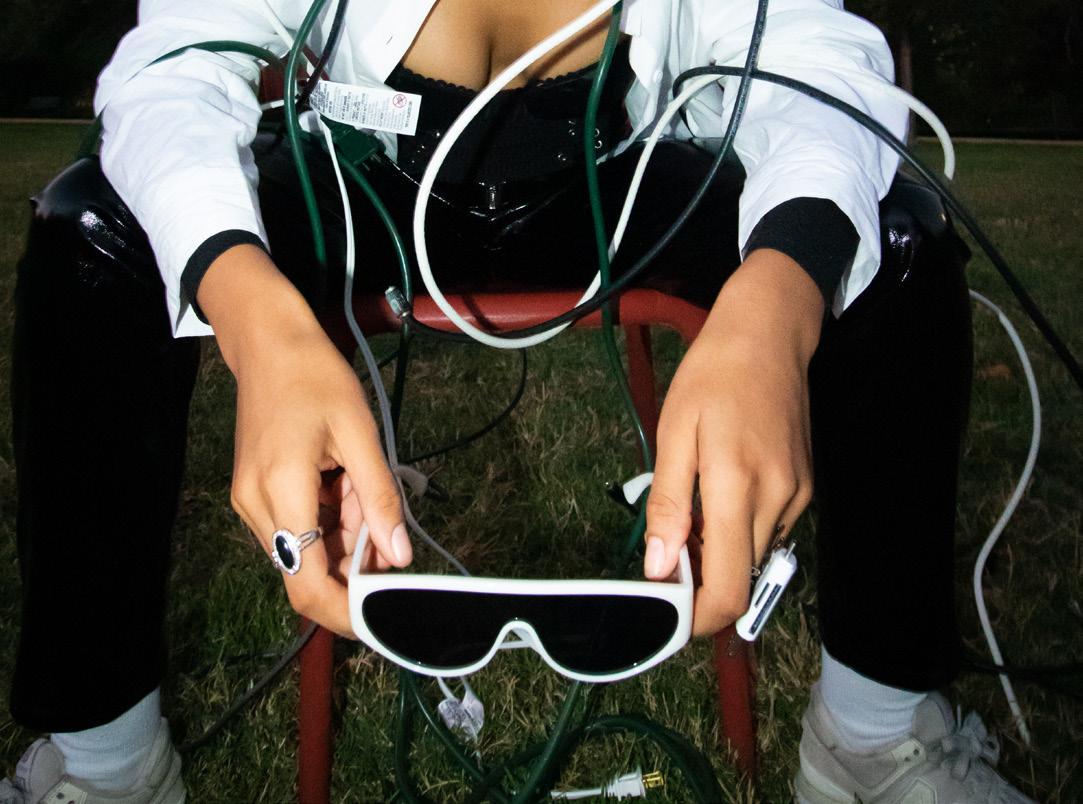
If anything, a person who unironically wears neon Skechers and listens to Coldplay is more punk than the zoomer who purchased a pair of Doc Martens to emulate the aesthetic of the subculture. The second caveat is that while the punk movement presented itself as existing on the fringes of society, it held a massive appeal for the youth. Ultimately, by identifying with the movement, one could find their crowd. Like in all communities, its members created a somewhat uniform and cohesive cohort that was inevitably dictated by broader social mechanisms. In today’s climate, the people who truly live on the fringes of society and are truly marginalized, unsurprisingly do not get their own dedicated aesthetic on TikTok.

Perhaps a product of hyperconsumerism, the rise of micro trends is indicative of a generational absence of the sense of self. It seems as though, much like the youth during the era of punk, we do not know who we are, but are dissatisfied with the status quo. The constant emergence of aesthetics highlights such an identification malaise but also a product of our constant evolution.

Therein lies the issue: If we are in a constant state of evolution, is the pursuit of authenticity inherently futile? And if so, should we reframe our priorities towards society at large, or dedicate our lives to find our own place in the world? It would seem as though contemporary understanding of authenticity is the creation of new labels, new words by which we can define ourselves and ultimately limit ourselves. Philosophers like Judith Butler have criticized this process of “interpellation” as another way to police our behavior, even when these labels seem more inclusive and tolerant than ever before. Finding yourself does not have to be about finding the perfect word that would encapsulate everything that you are, such a word does not exist. The pursuit of authenticity can preliminarily manifest itself in acknowledging that you are a product of so many different things. While I believe we may only find our true selves by letting go of societal expectations and norms, it is important to be cognisant of the reciprocal relationship we foster with society.
French psychoanalyst Jacques Lacan argued that the self may only exist in relation to another. Therefore, we are not truly individuals, and we do not exist on our own. However, we can choose who we exist in relation to. To a certain extent, we have a natural tendency to surround ourselves with like-minded individuals. We spend time with people who are like us or people who we want to be like. This is why I believe that understanding who you are starts with the outside factors that have and continue to shape you as an individual. Your background, your experiences, your social circle are all determinants of your identity. And because of this inherent relation between identity and community, being true to yourself does not have to come at the cost of societal prosperity. It does not have to manifest itself as anarchism or the embrace of chaos.
However, this does not mean we must blindly accept the norms. Societies are conceptualized, built, codified and destroyed by humans. Our ancestors have established norms that we have the power to change or dismantle. While the future may look bleak, such a sentiment breeds generalized existentialism, anguish and mistrust in our institutions. Nevertheless, few revolutions are ever successful without catastrophic aftermaths. In a dying world, how can we place the pursuit of authenticity above everything else?
At the risk of sounding hypocritical, I can offer one suggestion. Although we must recognize that radical independence may not exist and that everything we do could be a product of societal mechanisms, you can find some semblance of authenticity by unplugging mentally. What would you look like if you had no idea what the current trends were? How would you act? What would you say? I cannot promise that such a thought process is easy to adopt, but it is a step towards the right direction. This is precisely the reason why I decided to never download TikTok and limit the time I spend on Instagram. While I initially feared social seclusion, I quickly came to realize that this unease was entirely baseless. Not only did I feel more connected to myself, I felt included in the physical world like never before.
I made such a decision when I realized that another social media platform would become another environment in which I endlessly compared myself to people who seem infinitely more than I could ever be. I was not certain of many things, but I could

wholeheartedly state that I never wanted to subject myself to such an experience again. I was tired of letting my self-worth falter when I strived to lift myself up higher than my pre-adolescent years. Opting out of the social media loop has made me aware of my qualities, but more importantly of my shortcomings. However, such an awareness occurred in an environment that looked onto my flaws with grace and empathy. Time used to be one of the many luxuries I could not afford because I kept spending everything that I had on daydreams, passivity and self-deprecation. This mindset shift that came from unplugging in a grounded way–one that has made me an active participant in my own life–has given me the necessary time and confidence to become a better, more authentic version of myself. It has shown me that authenticity is much more than the clothes one wears: it is the courage one feels everyday to make decisions that are faithful to who they are.
While I argued that the first step towards your “real self” was to look around, the final step would be to look within. In the end, we must accept that true authenticity is an ideal that takes a lifetime to reach. Every step closer makes the “real self” more elusive and that’s okay. What is the point of knowing who you are today, if they will be a stranger by tomorrow? You could spend everyday getting acquainted with yourself and that could be enough. The wonder of human experience can be found in the endless exploration of the self, which can turn existential angst into existential tranquility. I do not know who I am, but I have made my peace with such an unknown.
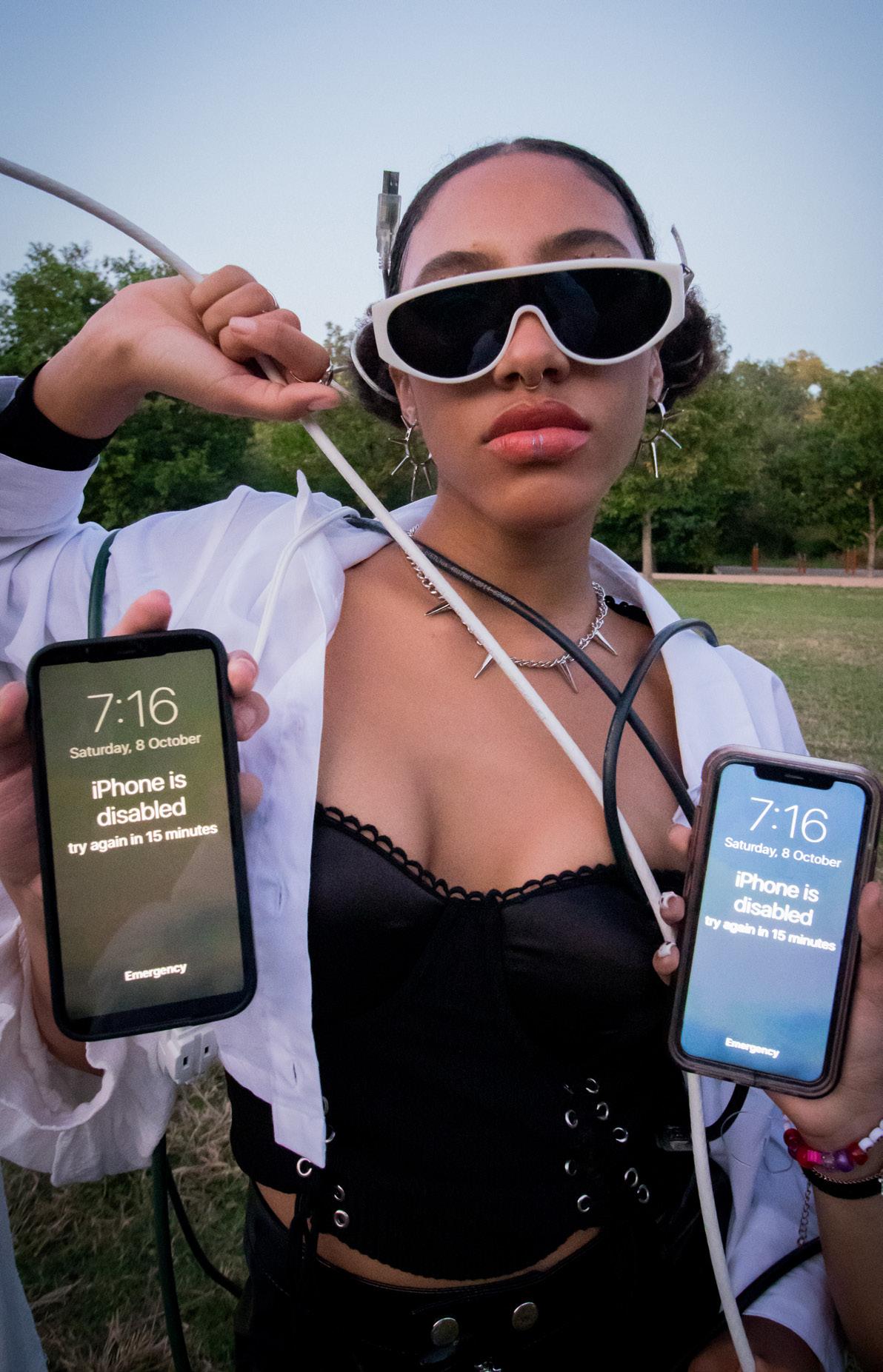
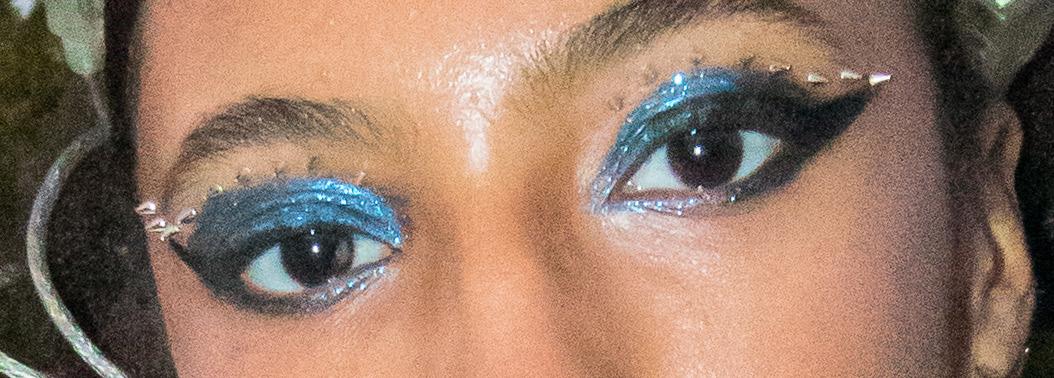
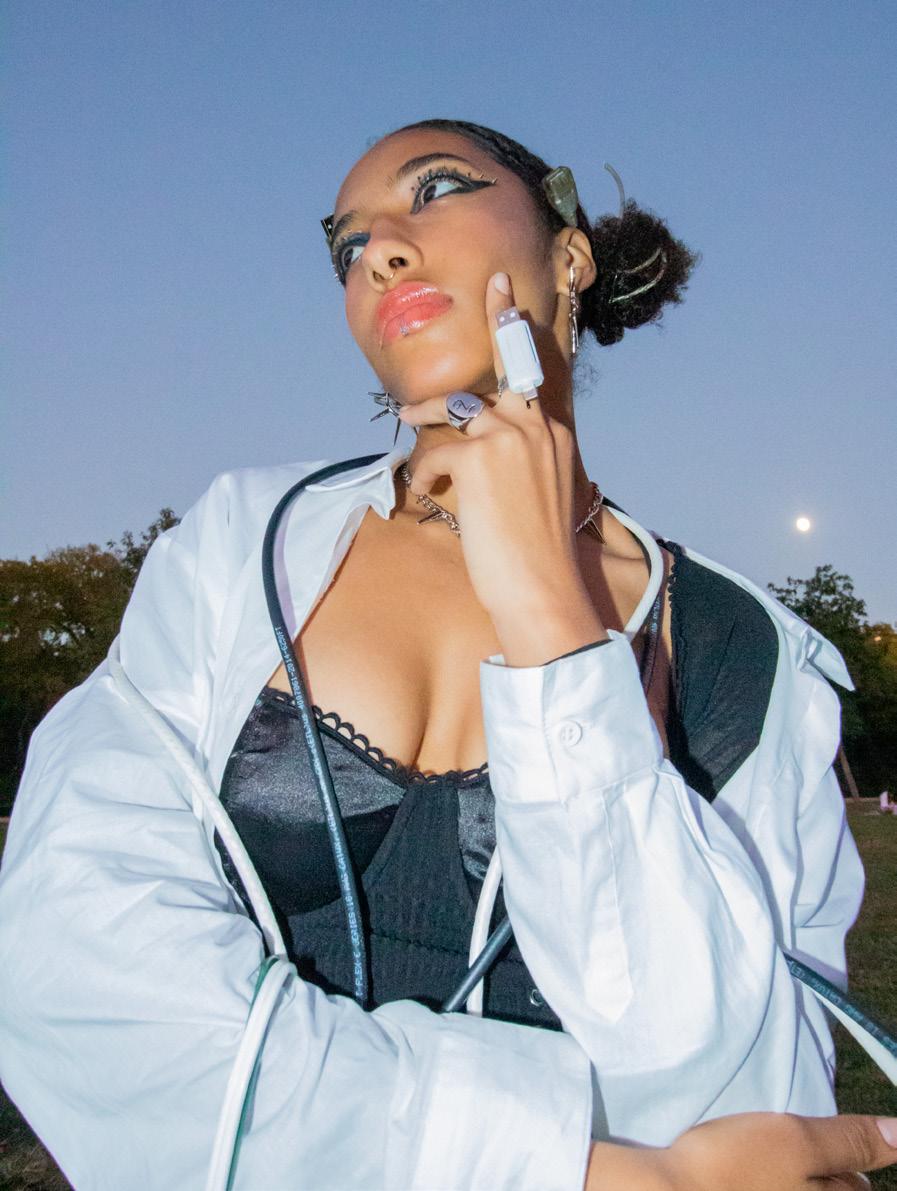
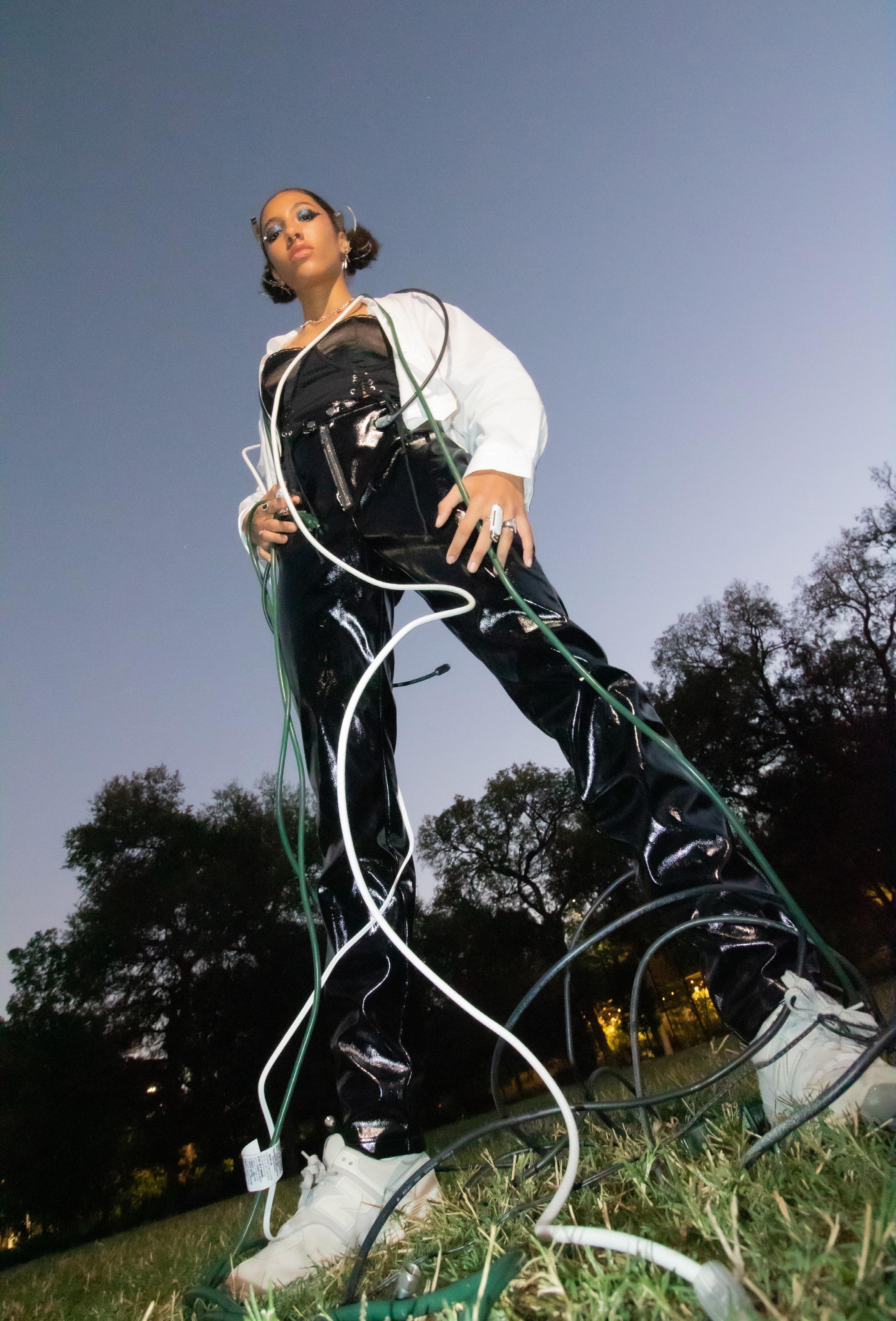

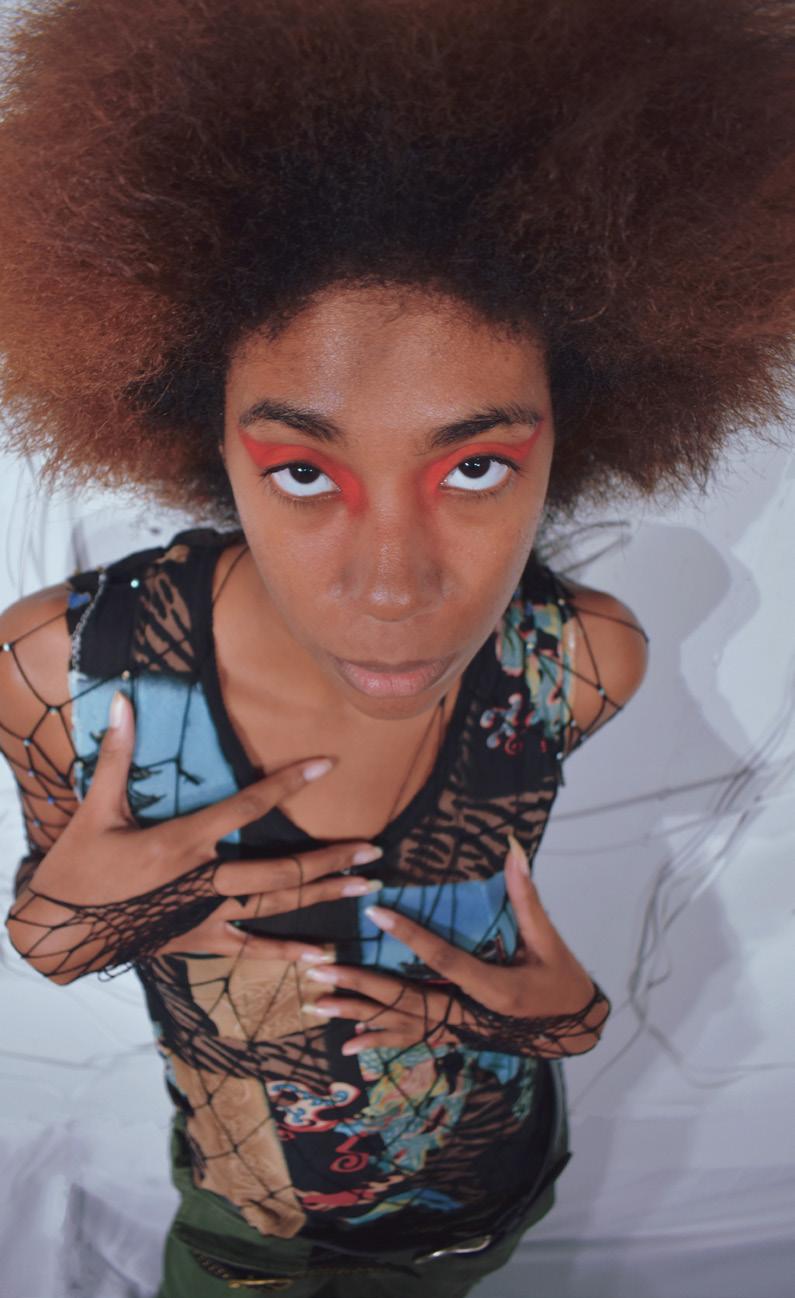
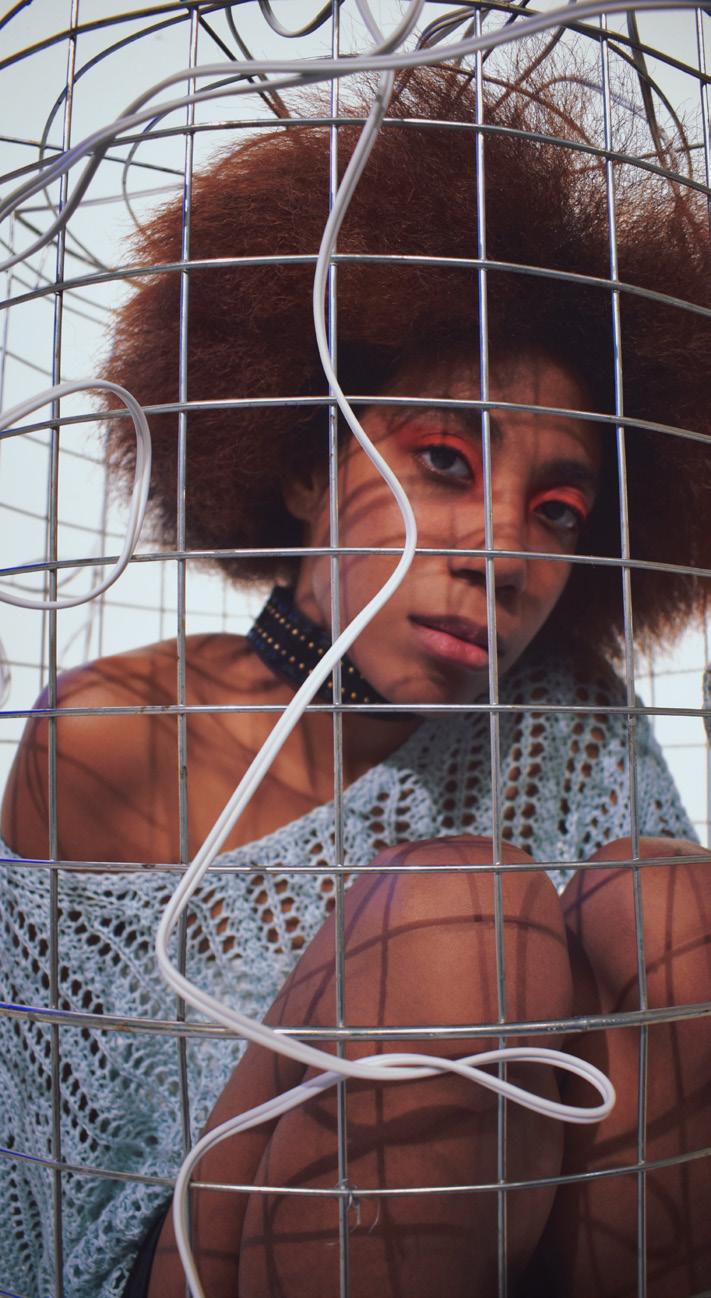 hmu by MALCOLM GUIDRY photographed by MARIE AGUSTIN set design by VICTORIA HALES styling by DANA TRAN & ELSA ZHANG layout by KALEN KIM & BRIAN WAN
hmu by MALCOLM GUIDRY photographed by MARIE AGUSTIN set design by VICTORIA HALES styling by DANA TRAN & ELSA ZHANG layout by KALEN KIM & BRIAN WAN

t’s hard to imagine a world without the Internet. Quick information, easy communication, an endless realm of individuals producing outward representations of themselves. Its influence on our lives would cease to exist. Whether or not that is a good or bad thing depends on who you’re following and the genres of content you engage with.
Social media, a piece of everyday life for a large number of people, can be deemed a blessing or a curse. Having the opportunity to express yourself at fingertips-length while gathering inspiration from others doing the same gives social media a testinggrounds environment for a variety of conflicting ideas. Sending friends posts and concepts that they would find interesting allows for the creation of deeper connections through communicating in the media.
As glorified as it may be in our current day and age, social media has its flaws. The emphasis on account interactivity can intimidate those who find themselves constantly masking their true identities in an attempt to fill the mold of societal standards. Even keeping Instagram “casual” has its filters and facades. The cause of this inexplicable desire to be anyone but yourself? The constant stream of content serving as our puppeteer: the algorithm.
The tailoring of information based on an individual’s past online interaction is a mechanism practiced on social media apps in order to increase user engagement. What often remains overlooked is just how detrimental this curation can be to the identities of those consuming it.
Behavior that has fallen under the influence of algorithmic forces comes in many different forms. Refraining to post in fear of what others may think or say. Putting on the butterfly top despite the sequins scratching your inner arms. Passing up the pop of color due to feeling as if you must maintain your Instagram feed’s aesthetic. Each of these actions is a result of the strategic filtration that flows with each swipe. Upcoming trends dying before their peak causes fast fashion industries to frequently burn through textiles in hopes of keeping up, further feeding this monster of conformity and leading users to simultaneously experience the allure of what is and once was.
What if someone flipped the switch on this conventionality? Users now hold the reins on what is “in” with no one around to prove them otherwise. A self-expression revolution. Although this oasis may seem implausible, it is not so far-fetched.

Snapping the constraints of the algorithm is simple at face value. Blocking the people from your high school that retain an outdated version of you. Deleting the apps that have moved beyond a quick five-minute scroll. Unfollowing those that lead you to constantly question how their number of belongings continues to outweigh yours. It only takes a couple of taps. The true trial lies in the change in routine, straying from the comfortable and breaking past conformity.
I have a friend that does not use a single social media platform. I have always admired her personal sense of style, fully crafted within the borders of her own head, relying only on what makes her feel her truest form. Staying on trend is a thought that rarely crosses her mind. A large factor of this independent thought process results from the minimal persuasion on what or what not to wear. The fear of straying from the crowd is incapable of leaving an impression on her, as the only couture gauge she views is her surroundings and imagination.
Although this instance is on the extreme side of the spectrum, I realize that the desire to be completely isolated from external influences is not sustainable for everyone. There is no formula, no step-by-step guide to overcoming this exterior compilation while continuing to enjoy the perks of online interaction. To pass through this revolving door of content handed to us on a silver platter, we must actively welcome all ideas and concepts at any stage of their formation and address change in its most unrefined form.
Unfollowing those that seem to have been around for eternity is easier said than done. Not that long ago, I would catch myself feeling reluctant toward removing someone from my social media accounts I had not conversed with in what felt like decades. In actuality, I came to the realization that the absence of my content in their feed would not be monumental. Instead, I chose to focus on the personal perception of myself in my mind as opposed to the idea of myself within their head.
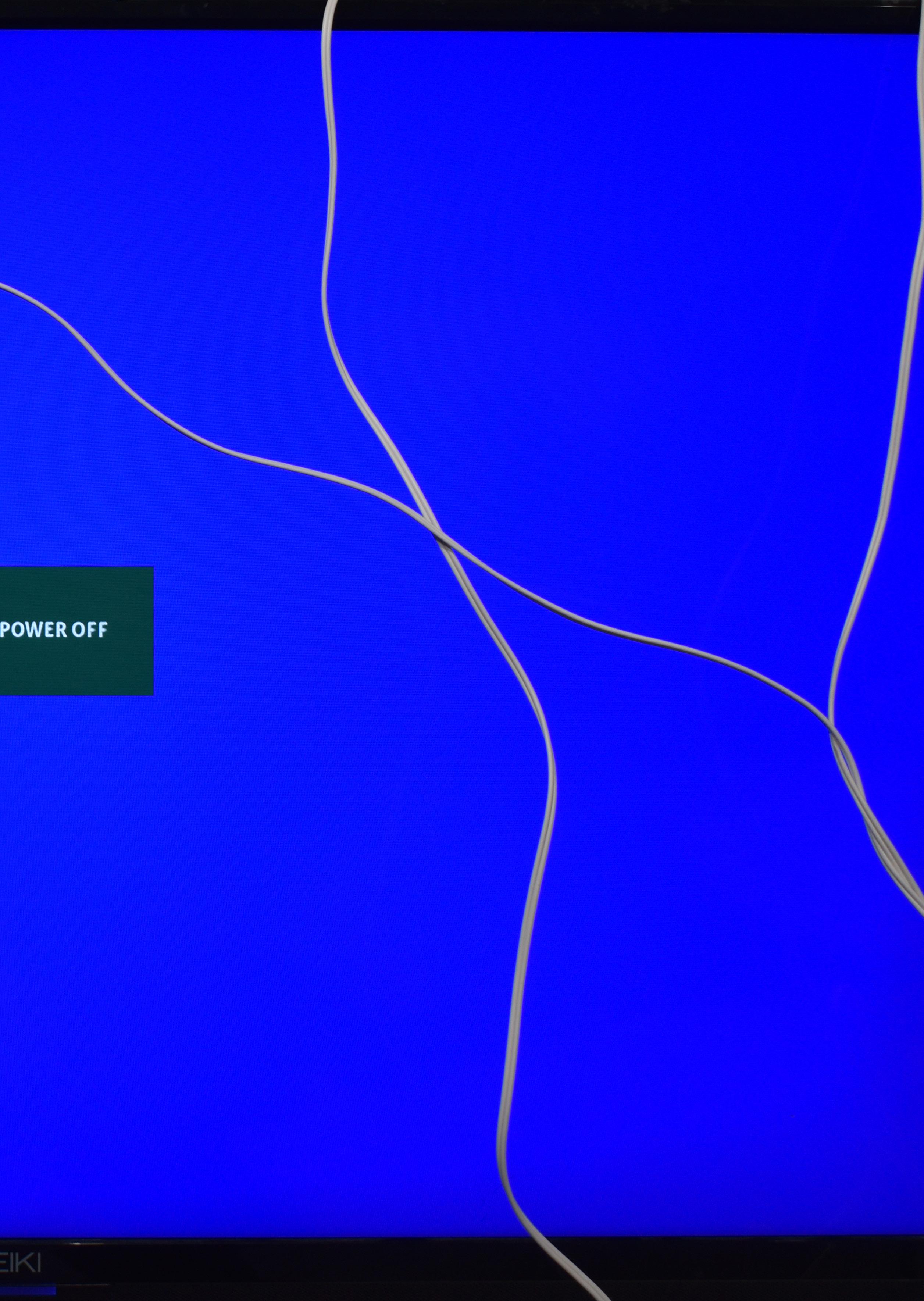
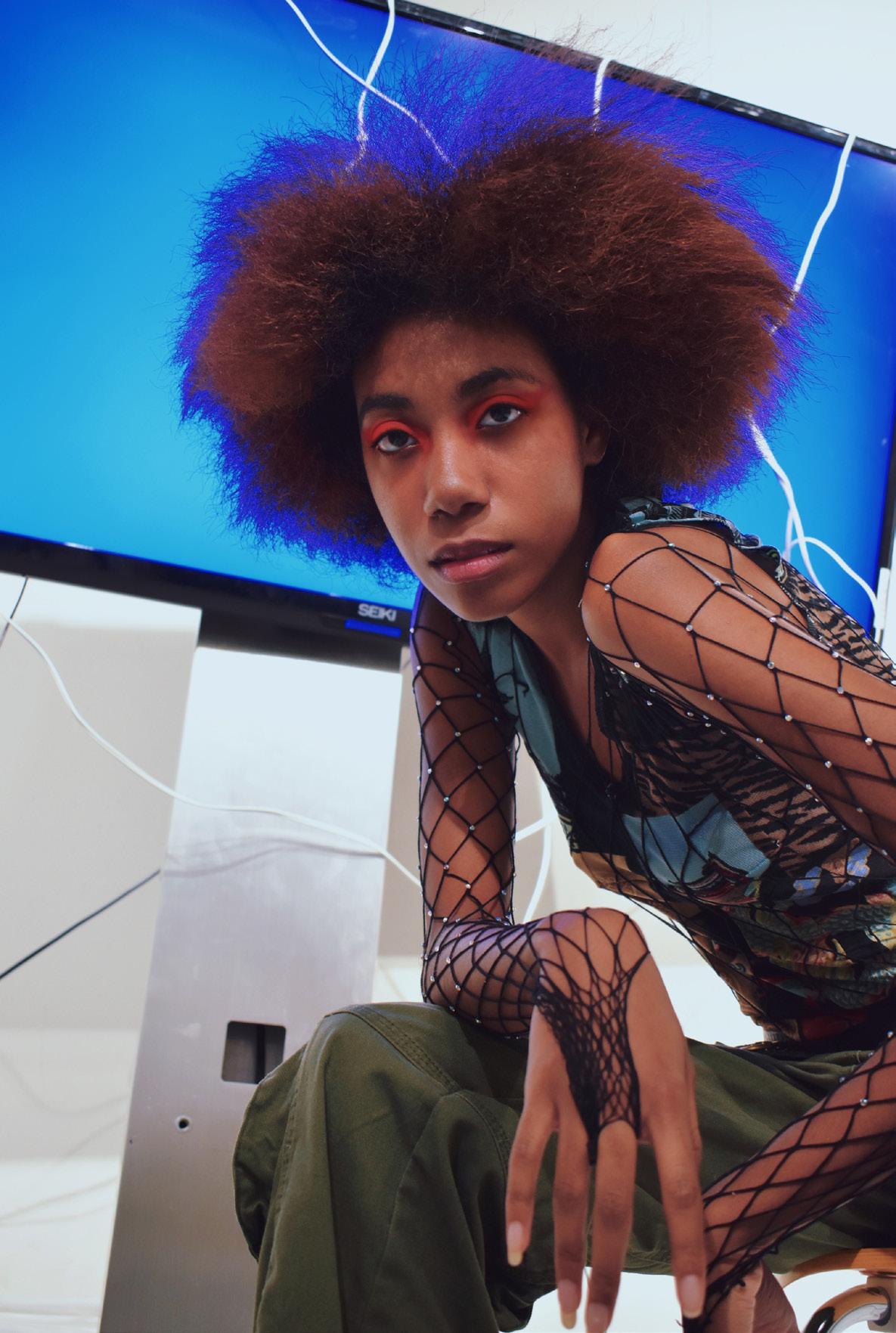
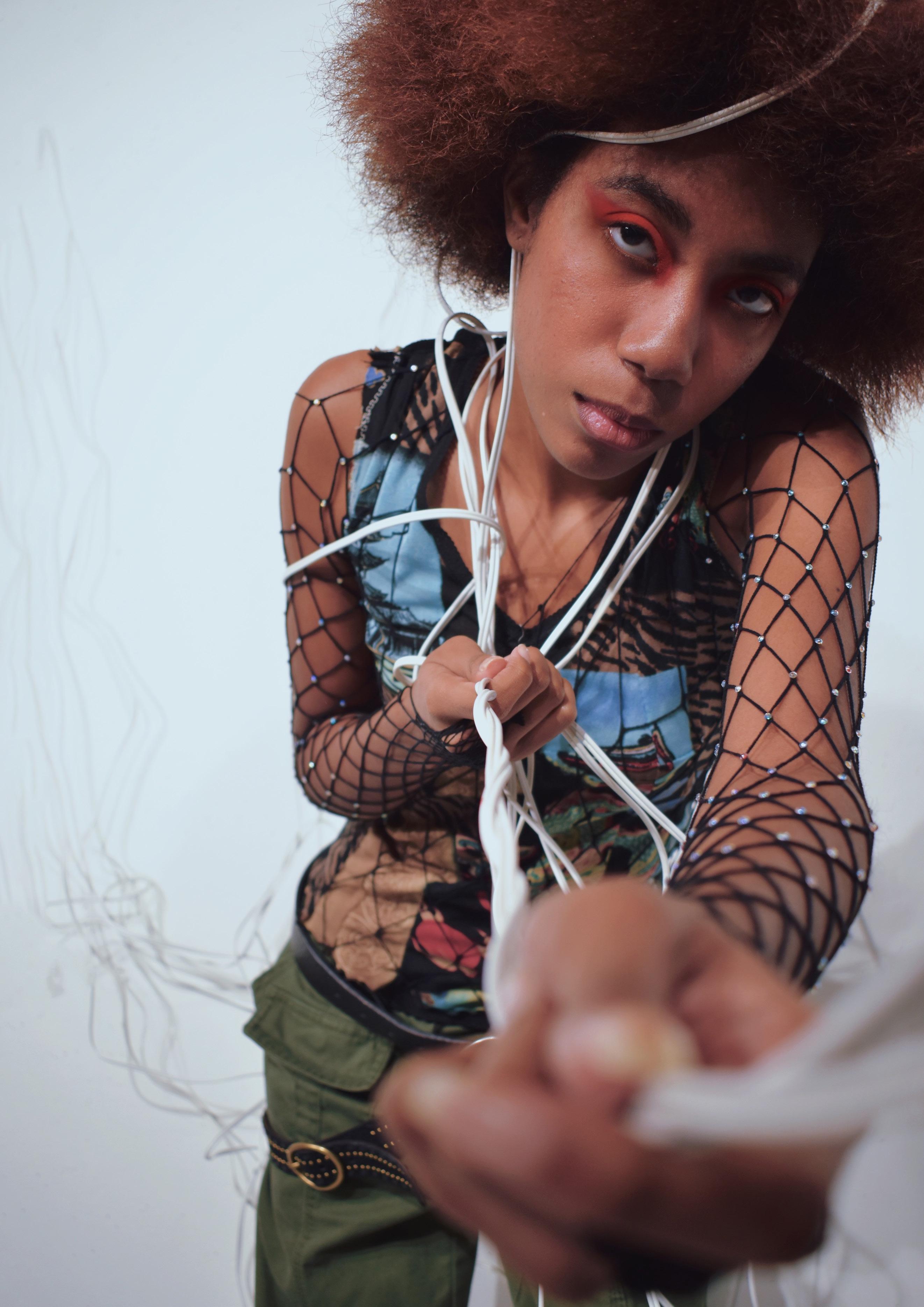
ompletely wiping an app’s existence from your home screen is an even more turbulent task. I hate to admit that deleting TikTok was a challenging process for me. It took a considerable amount of time for me to recognize the app’s grip on my subconscious, despite the obvious red flags waving vigorously on my screen. I would continually ignore my body’s exhaustion and aimlessly scroll without batting an eye. Even after the app left no traces on my phone, my finger would instinctively click in its place. It had a chokehold on me that I was unaware of until I cut it off.
TikTok was my nightly refuge, and at one point, my main information source. It quickly morphed into my safe space, or so I thought. Although I was aware of the negative effects it had on my already fragile mental state, I continued to allow the algorithm to feed me what it knew I would willingly consume. After this muscle memory had finally been weakened, I reflected on the significant change in perspective I experienced
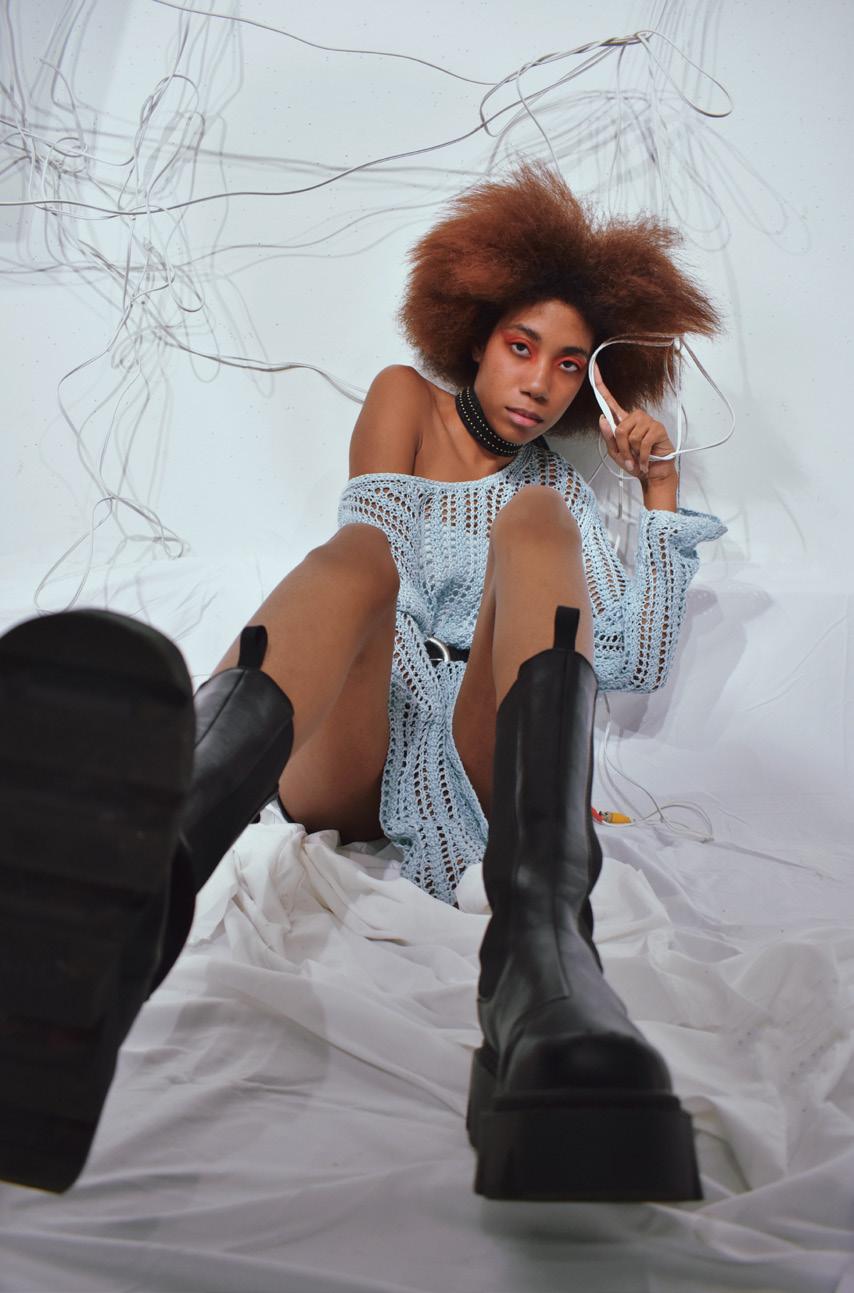

after being told what to think for so many years. I came to the long-awaited conclusion that in order for me to continue growing, it was imperative that I remove the things in my life that stunted that possibility. The outcome of absorbing a streamline of information created by a foreign force is a single file line of subjects created from the same template. The algorithm resembles an experiment, a laboratory of data-crazed scientists anxiously awaiting their results. To refrain from becoming another carbon copy, you must intercept this generated gratification with a personal perspective. The inevitable is not monotony if you calculate and implement change into the process of evolution.
The algorithm only moves the strings of users that hand over that control. The anecdote is not to completely cut ties with your passions and influences, but to explore them in a way that eliminates the possibility of mental domination. Social media is intended for creating and sharing with no strings attached. What we must be conscious of in the process of expressing our originality is what we choose to consume from others, and that the choice remains our own.
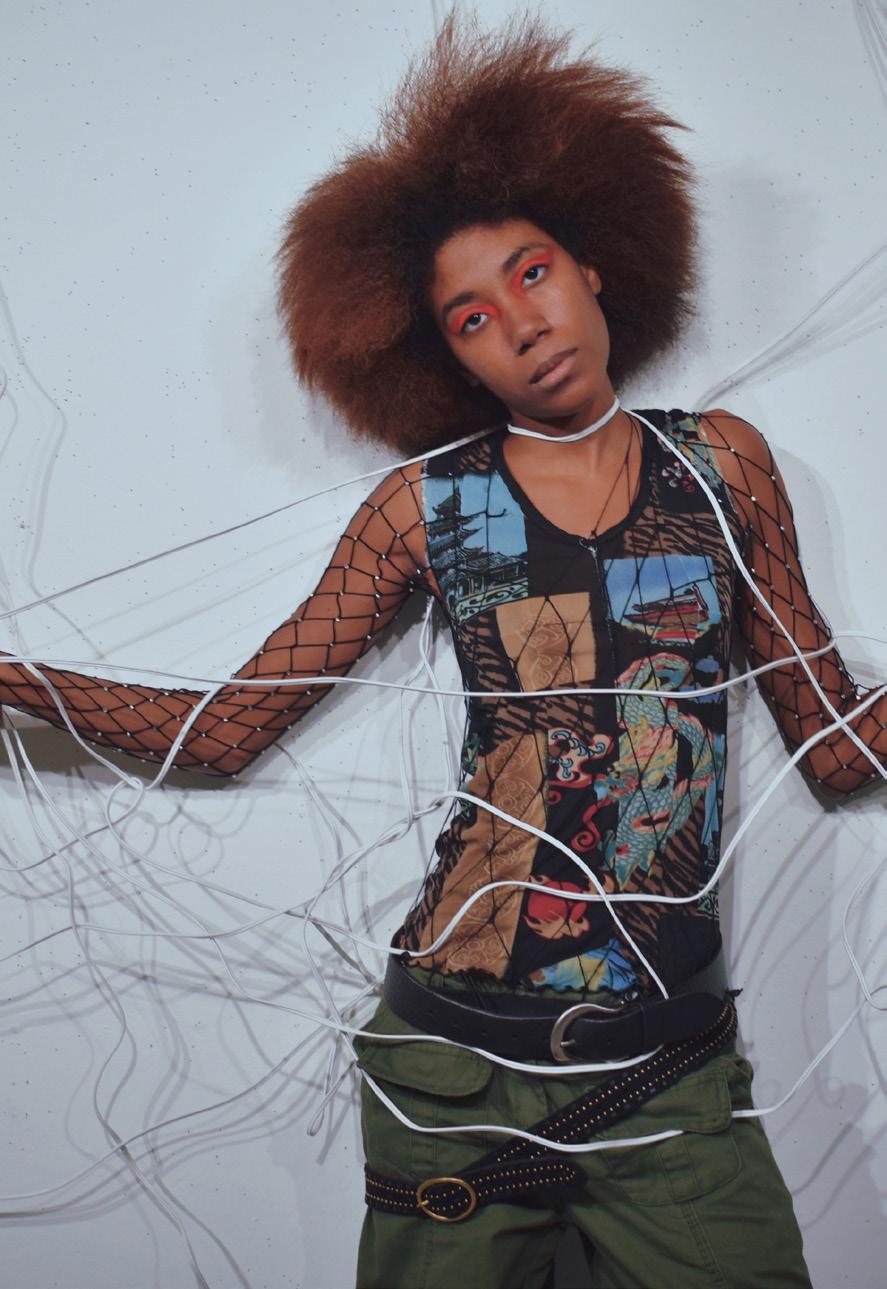

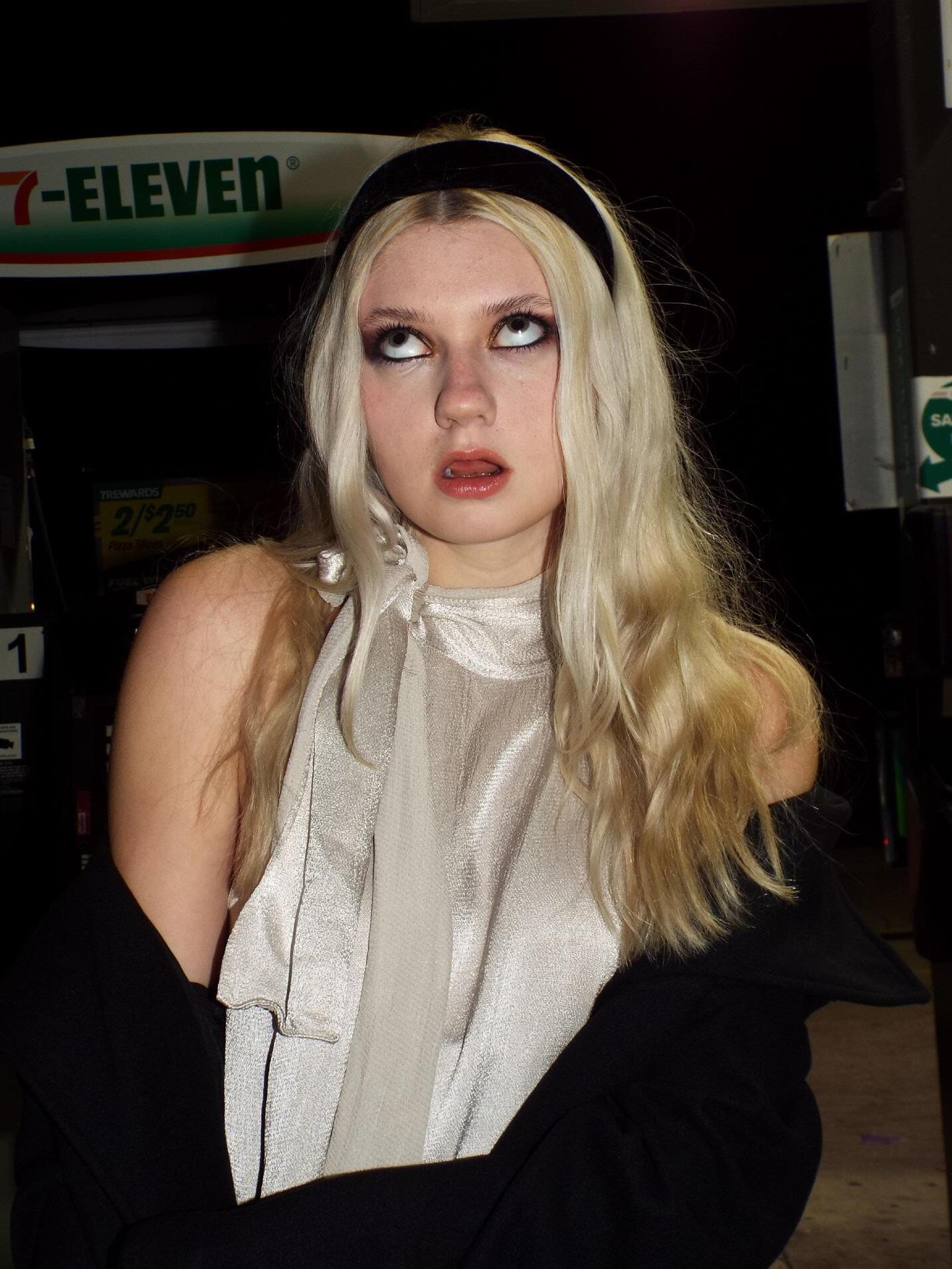
Ageneric list of responses might include seeing the world, experiencing different cultures, existing amongst the people you love the most. Although wildly fulfilling, we have all heard these replies before in some form or fashion. It is almost as if no one takes the time to fully conceptualize the question and ponder it in their own mind.
Despite the desire for so much more, these like-minded individuals decide to sit behind a desk for eight hours per day, five days a week for forty-plus years. This strictness of schedule may be enticing to some, but to expect the majority to thrive in a corporate environment is a narrow point of view. Before submitting to this social norm, it is also widely expected to fill one’s young adult years with personalized experiences; stories to tell in one’s
future breakroom. Upon turing the final page of chapter 29, the availability for adventure becomes limited to PTO and sick days.
According to the Pew Research Center, a vast majority of American citizens are generally satisfied with their jobs, yet 30% work simply to get by. Their findings also concluded that just above half of Americans gain a sense of identity from their careers of choice, leaving the other half viewing their daily routines as the hard work that allows for actual life after clocking out.
What causes this repeated tendency to confine ourselves within the temporary walls of a cubicle, only to upgrade to an office with a wooden door and nameplate? This gravitation toward the mundane stems from the fear of taking risks, with the fear at hand originating from someone who has previously settled for the same way of life.
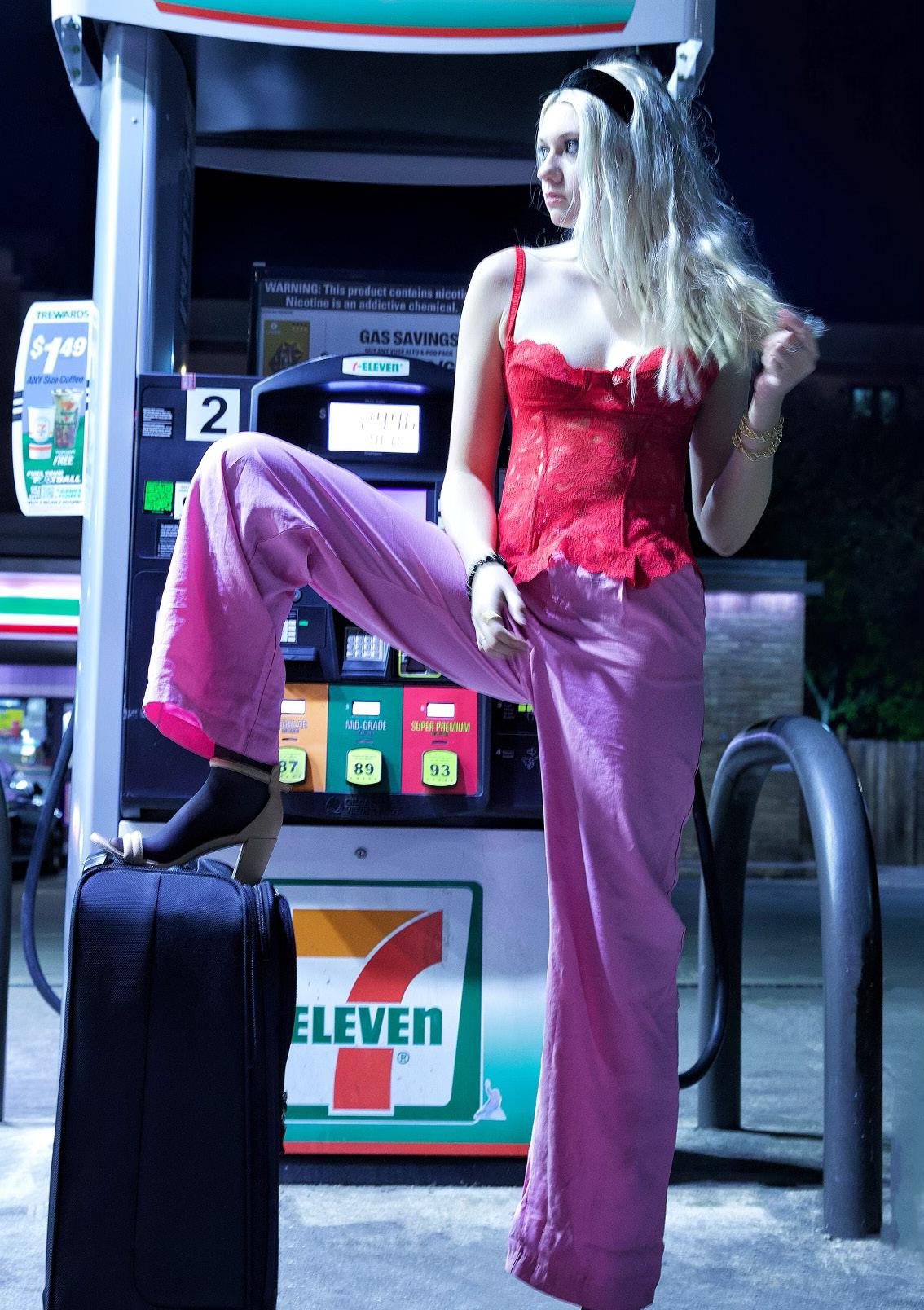
The path often taken is an attractive avenue because success is written into the contract. With familial ties and connections passed down from generations before, seeking another route seems an absurd alternative when immediate income lies within one signature. The long list of motivational quotes regarding trusting your gut holds no value if the default is to follow that of somebody else.
The classic Hallmark movie storyline involves the main character visiting their hometown after living a busy life working at a publication in New York City for one holiday season after another. What every single one of them comes to realize is just how much they missed the environment of the small-town community and that their true calling lay within its tight-knit borders.
On the flip side of cinema, a woman flees her toxic family
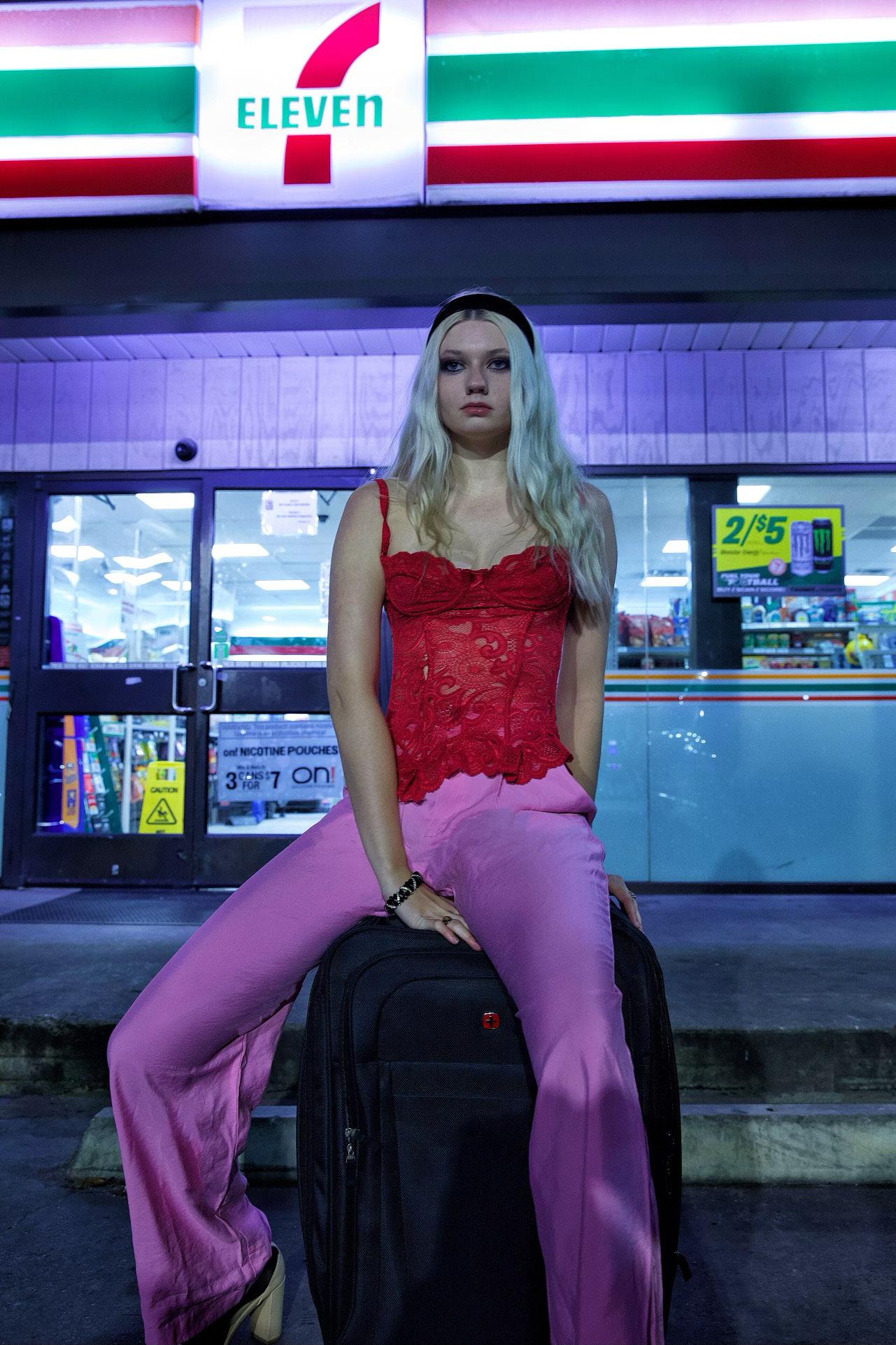
home life to pursue the life she was only able to journal about up until this point. Baggage in hand, she strides to her car without hesitation, feeling each word or action that previously hindered her desires become crushed beneath her luggage. Getting out is her only destiny, with the details to be determined once she is long gone.
Cut the cameras. In the real world, the dramatic plot line can be eliminated by jumping straight to the pursuit of one’s own yearnings. Getting in touch with yourself is the first stride awaiting its mark in the marathon of self-exploration. Discover what piques your own interest while ignoring the temptation of pursuing widespread acceptance.
Your goals do not have to go to the lengths of dropping everything and moving across the country to be worthy of pursuing. An ambitious life varies according to each individual, with different activities valued separately in each mind.

The necessary small steps toward your ideal life begin with straying away from the goals that were not developed within your own head. Quitting the job that continues to leave your glass half empty, turning down the seemingly obvious opportunity to build a business from the ground up, taking intentional time out of your day to experiment with new passions. Make each of your actions a prospect instead of an excuse.
Once recognized, state your aspirations with confidence, whether to the exterior world or in front of the mirror. The word “but” tends to follow every ambitious
profession in which the influence of others has tainted its luminescence within the beholder’s mind. This threeletter conjunction has been granted the power to cause even the most imaginative to second guess themselves.
Just remove the dependent clause. Treat every stage of life like your 20s, where mistakes are expected and the unknown is welcomed. Limiting your time to experiment and experience within one decade sets an expectation for future defeat. Emit the energy of your most curious self and listen to your own intuition, or risk following in the majority’s footsteps.

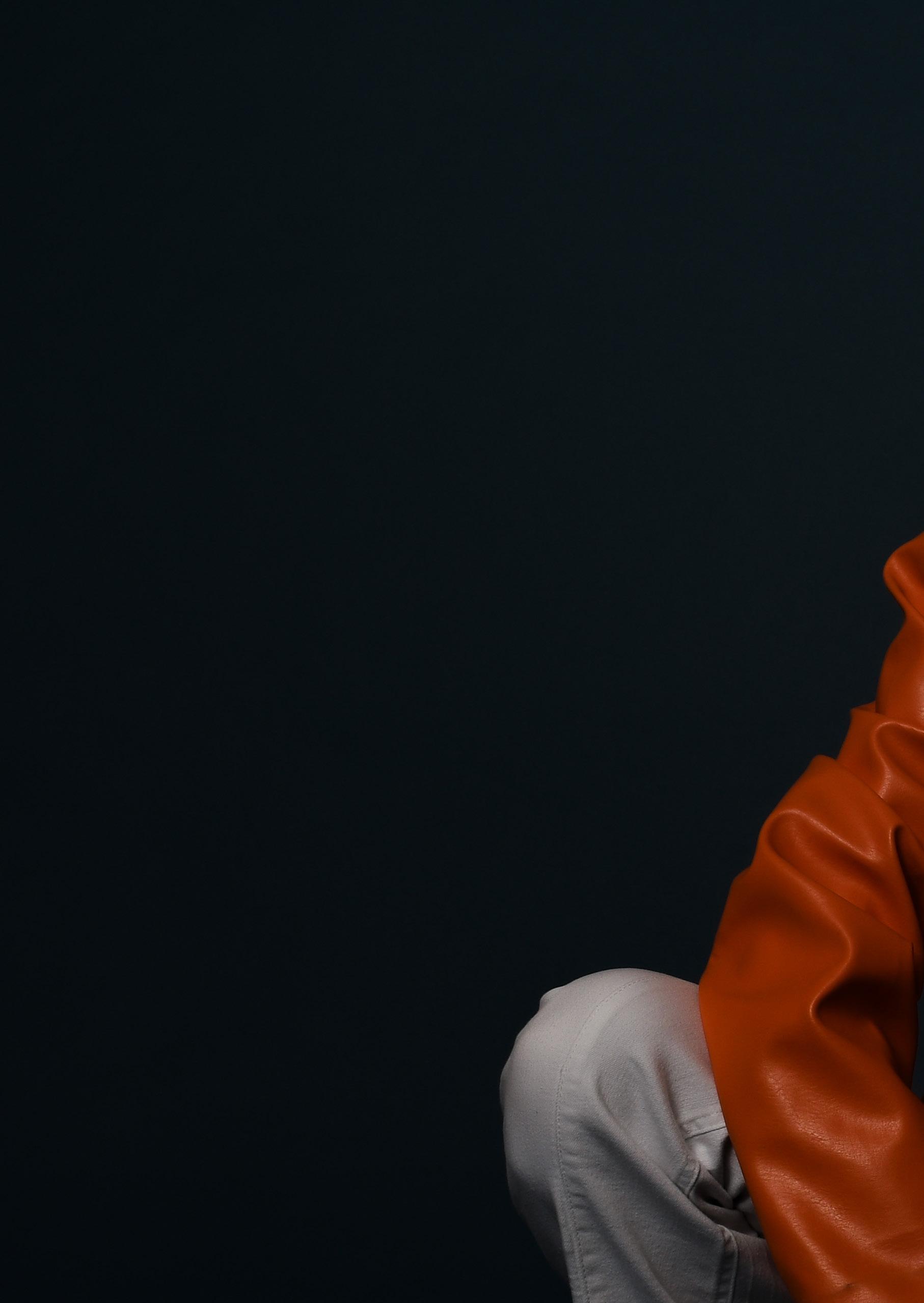 styling by DANA TRAN
hmu by MALCOLM GUIDRY
photography by BILLY LAWRENCE
modeling by SUMER BRITO
layout by MICHELLE NGUYEN & MARIAN ZHANG
styling by DANA TRAN
hmu by MALCOLM GUIDRY
photography by BILLY LAWRENCE
modeling by SUMER BRITO
layout by MICHELLE NGUYEN & MARIAN ZHANG


estern culture is arguably comprised of two things: tradition and individuality. For the sake of selfexpression, I find these two ideals quite conflicting. Individuality is promoted in Western culture by the expression of personality and opinions but is heavily shadowed by recurring themes of tradition and becomes embellished by people who stress the importance of inherited and established behavior.
worn to church as another example of tradition excluding expressiveness. Practices and beliefs in mainline Christian denominations shaped our perceptions of modesty. Traits of modesty established by cultural preservation indicate wardrobes in present western culture, which prevent people from self-expression entirely. Yet, people who choose to twist traditional wardrobe are often looked down upon for escaping the norm. Is it not quite defective that self-expression obstructs what western culture is supposed to defend- individuality.
Look at a clock, and you will find the seconds fading away. Seconds fade into yesterday, then into decades past. Look at a photo book, and you will find stillness, people stuck in tradition, second after second, decade after decade. With an emphasis on wardrobe, selfexpression is absent in the name of tradition. This now-lacking ideal of persistent tradition in western culture stems from a concept named cultural preservation.


Can you picture the framed wedding photo in your home living room? Do you recall the wedding scene of Mr. Incredible and Elastigirl from “The Incredibles?” Do you recollect the following words? “I mean black tie, white gown, the whole enchilada,” Annie said in the movie “The Parent Trap.” A simple examination will reveal the distinguishable characteristics of every wedding above – black ties and white gowns – the status quo. This is just one of several examples where Western tradition vetoes self-expression. Take lengthy and modest clothes
Though, in recent years a ragefed fashion movement has flourished in the media, a myriad of social media consumers with little to no following are swiftly turned influencers by presenting themselves as fashionably unique on platforms such as YouTube and TikTok. These people are paving ways to instill a true western culture that is composed of individualism, not tradition. Daring creatives who are willing to break preserved culture are cackling in the face of the status quo, not for simple mockery and synthetic “I told you so’s” but for advancement in society’s perceptions of what individuality means. Take the polar opposite of a wedding gown as an example, a suit worn by the bride. Have you seen *gasps in untraditional* a black wedding dress? “Oh how culturally irresponsible that is!” said no one ever. Cropped tuxedos, robe suit jackets, informal colors, embroidery, exotic materials, and esoteric designs are some more examples of what some wear to express themselves and break tradition. Accordingly, pieces worn in something as personal and special as a wedding should be respected by others, for the fact that they are not worn to please



Tradition and individuality may coexist, but we mustnt allow tradition to limit self-expression.


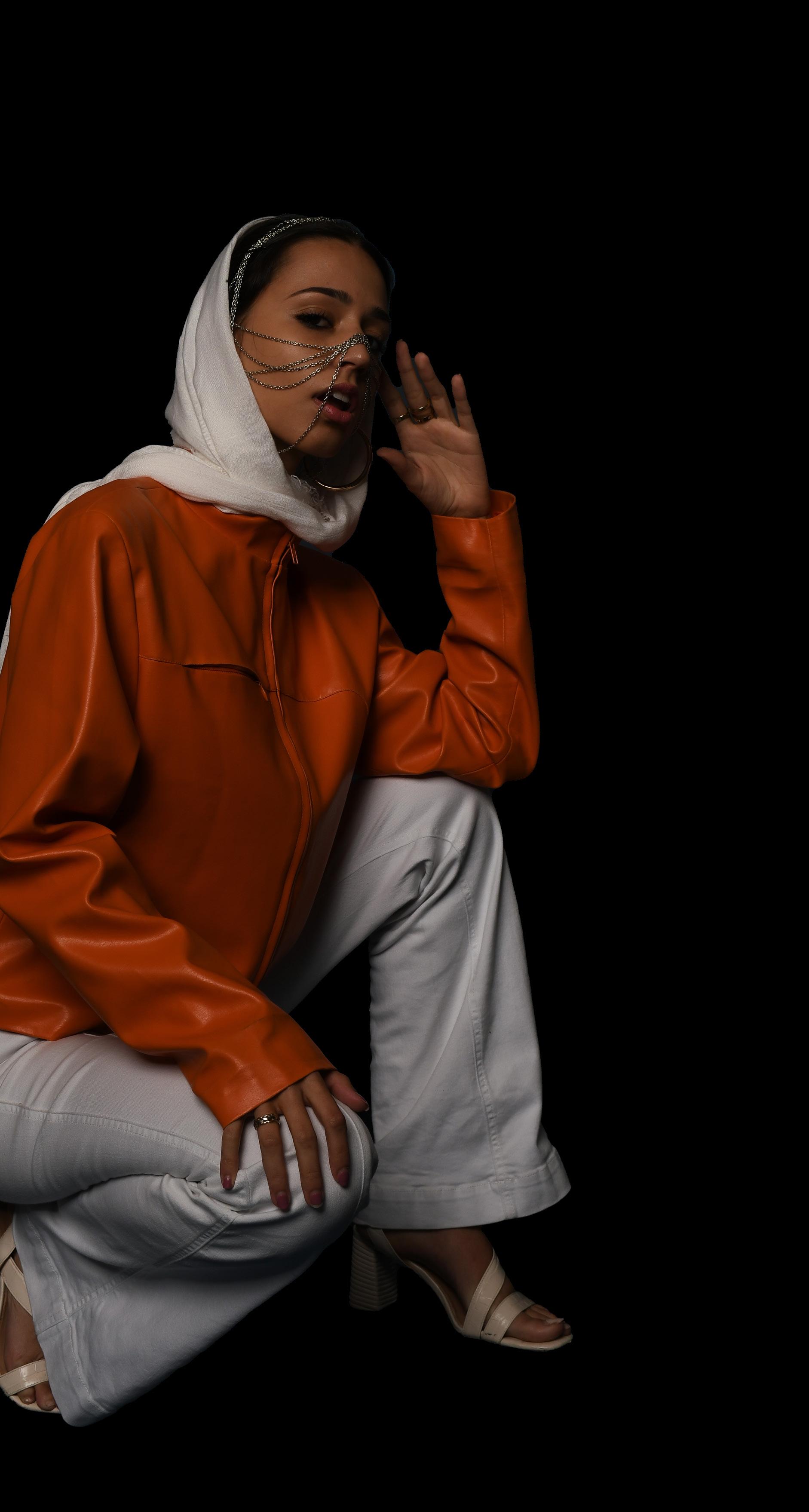
Another facet of identity can mean establishing a wardrobe unbiased to culture and or social class, for example, Adam Sandler. Sandler is worth a hot penny, though if someone was unaware of his comedic talents, it would be permissible to assume he is not of the “high class.” He is often seen in streetwear, strutting oversized basketball shorts and t-shirts. In interviews, he mentions that he is comfortable with how he dresses because it is unrestricting. This style represents his identity, not his social class. He opts not to wear designer, luxury, or business casual, which is traditional in his occupation, because he doesn’t have to, not because he can’t. In 2021, Sandler was voted the year’s Fashion Icon by Vogue Magazine. He is a mascot for people who do not dedicate pieces of their lives to clothing, which is perfectly okay. Call it Sandlercore if you will.

Elements of identity are endless. Your identity is what you make it. Alexandria Ocasio-Cortez expressed a piece of her identity within issues she considers important. You see, politics are not just expressed through media, they can be represented through various mediums as well, and AOC decided to take that literally. In the 2021 Met Gala, AOC was flaunting an elegant white dress with the words “tax the rich” noted in a bloody red on the back. She is representing an issue important to her, and spreading the message; fashion is not limited to style or beauty, it can have
meaning as well.
Innovators in this progressive fashion movement of self-identity will wear anything they want. You may ask, “what is the point of criticizing tradition if people can wear whatever they want?”

That is just the point, anybody can dress however they want to identify as, but the fabricated guilt and shame; where is it?
It is pressed into a dark cloud levitating above said progressives, shooting splintering lightning bolts of wrongdoing, humiliation, and negative emotion. Simply because the adapted “importance” of tradition in western culture has told the majority it rules like none other.
No thank you, tradition. We will no longer tolerate persistent tradition over selfexpression. We have too short of a time on Earth to let society dictate what we wear. Take a twist on tradition, wear what you please, what you identify as, what makes you happy, and laugh in the face of status-quo, for you are only here for a limited time.

“Yes, because that’s really what this whole multibilliondollar industry is all about, isn’t it? Inner beauty.”
Luxury fashion has never been entirely free of disdain, and this article is going to join the massive pile of opinions, papers, and videos that criticize it. So before we begin, I’d like to make a confession. As much as I’m about to scorn the luxury fashion industry and its influence, I am drawn to it. I have no shortage of runway looks saved to my Pinterest boards, and The Devil Wears Prada is easily one of my favorite Hollywood films. The Met Gala is my Superbowl, and my criticisms of the fashion industry originate from the fact that I am constantly influenced by it.
But my relationship with fashion as a sophomore marketing major with a shopping problem is vastly different from those who can actually afford to spend thousands of dollars on a single article of clothing. No matter how many times I rewatch The Devil Wears Prada, it is highly unlikely that I will ever have access to a makeover consisting of closets full of the latest designer clothing. What always stood out to me about Andrea “Andy” Sachs, an aspiring journalist who lands a job as an assistant at Runway magazine despite her lack of interest in the fashion industry, and her makeover in the film is that she becomes somewhat of a chameleon. She just absorbs the exact curated collection that is at her disposal, but there’s never an indication that Sachs finds joy in determining her outfits or feels personally attached to the process.




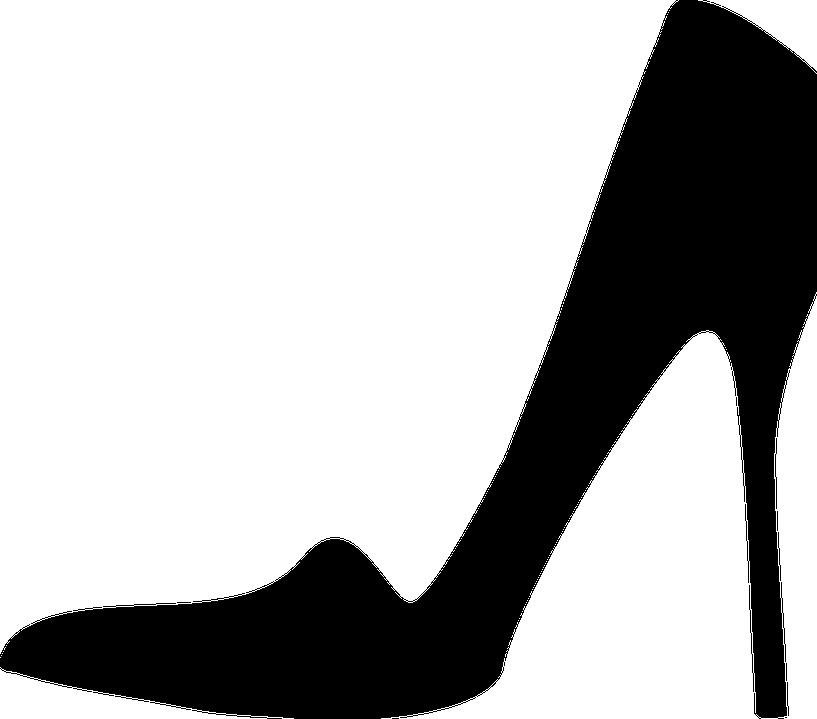
In fact, her personal style is completely unaffected by the time she spent at Runway magazine. Upon her departure from the magazine due to her complex relationship with Miranda Priestly, the Editor in Chief for Runway, whose character was modeled after Anna Wintour of Vogue, Sachs’ outfits returned to somewhat of a default, reminiscent of the ones she wore before working for Priestly. It begs the question, can you be fashionable simply by following the guidance and direction of high-end designers? Celebrities and influencers may possess the answers to our questions. A vast majority of these individuals rely on the knowledge and assistance of
the trend cycle and how rapidly clothing goes out of style in the age of the internet, but something about designer microtrends in particular always intrigued me. The concept that something so expensive could become so widespread and trendy and then ultimately die out is frankly appalling. But it happens time and time again. Just look at the classic Gucci belt that peaked in 2016 or the Vivienne Westwood pearl necklace that every single person on Tiktok appeared to own. The Miu Miu micro mini skirt set, featuring an impossibly short skirt and matching cropped jacket, might be the best example of why I believe that luxury fashion and its practices directly
first
n this iconic and frequently referenced scene from The Devil Wears Prada, Priestly describes the Trickle-Down effect in the fashion industry.
Cerulean may have found its way onto Sachs’ allegedly unfashionable sweater, but it originated from a multitude of designer lines and runways.
According to the Trickle-Down effect, the lower social classes attempt to establish new status by imitating the fashions of their wealthier counterparts, whereas higher social classes respond by adopting new styles in order to differentiate themselves. This creates a never-ending cycle of change within the industry. The traditional sentiment is exactly this: fashion is dictated by the upper class, and the masses follow. Or at least, that’s what the fashion industry and its elitist practices would like to be true.
It’s undeniable that high fashion dictates trend cycles to an extent, with colors and styles from the runway slowly transitioning to more accessible retailers.
However, this model discounts the numerous other factors that influence modern fashion. For one, elite fashion has been overtaken by mass fashion. After all, fashion trends are influenced by communication, hence, before the age of the internet, it is probable that designer fashion had a greater influence on trends because that was essentially the sole source of fashion information being communicated.
Nowadays, a vast range of social classes and groups have the ability to communicate fashion-related information, due largely to the internet and mass media. Essentially, the system which determines fashion behavior as a whole has become more democratized. Each level of society has the ability to develop and adopt its own new styles simultaneously, and those that prevail are elected in a sense through popular opinion.
Luxury fashion has not caught up to this phenomenon. After all, its entire business model is to be inaccessible and exclusionary, so it is extremely difficult for luxury brands to win what is essentially a popularity contest. Instead, since a greater portion of the population can be found outside of the slim group which indulges in high fashion, those trends and opinions are much more popular. Fashion houses frequently possess this sort of wishful mentality that their designs will be as influential as they have been in the past. Of course, certain runways will inspire the masses to imitate and reflect those concepts, but as a whole, people tend to be influenced by fashion leaders within their own social group.

The most impressive fashion will always be that which is the most personal. The more expressive that someone’s style is, the more they can highlight their individuality.
Now that fashion is no longer monopolized by the luxury fashion industry, we all have the ability to discover inspiration from countless sources. We are considerably less restricted by the strict rules and regulations that the luxury industry has come to be known for, and our personal opinion on which styles we like has much more weight than before.
Look to seek inspiration from multiple sources, and don’t be afraid to disagree with others when it comes to your style. The more we prioritize our individual choices, the less power the elitist forces of the luxury fashion industry have in dictating people’s opinions. We’re set up to reclaim our own ability to determine what should trend and what represents our individual identity the best, rather than allowing ourselves to be puppeteered by the wealthiest percentage of society.
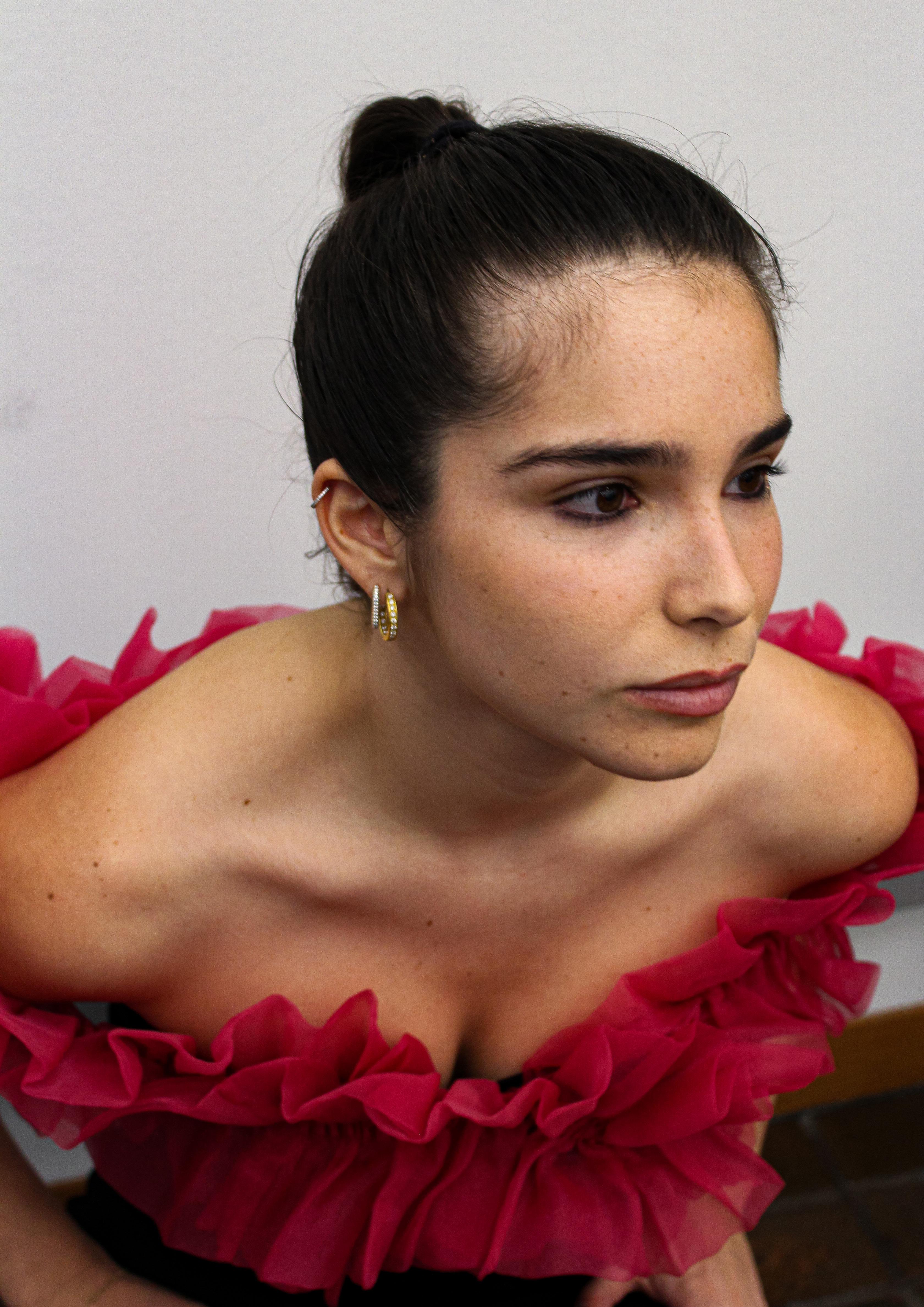


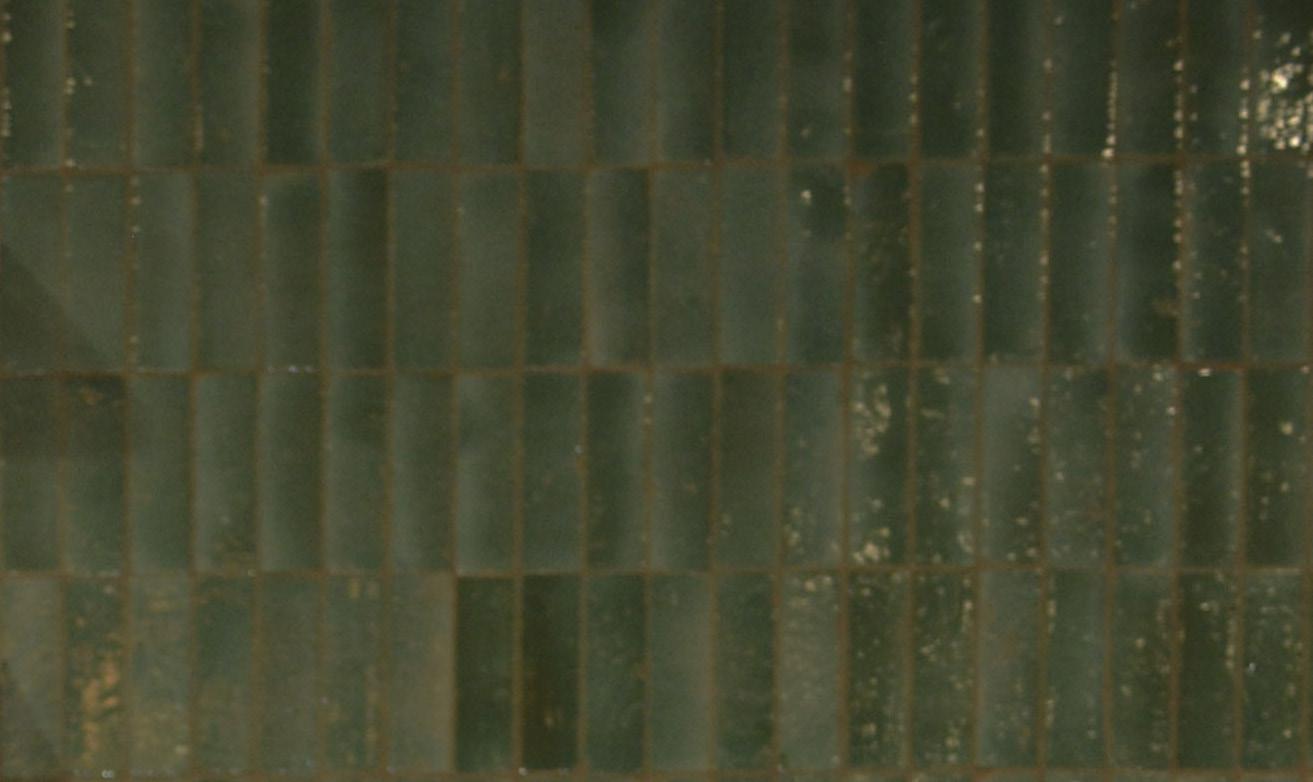

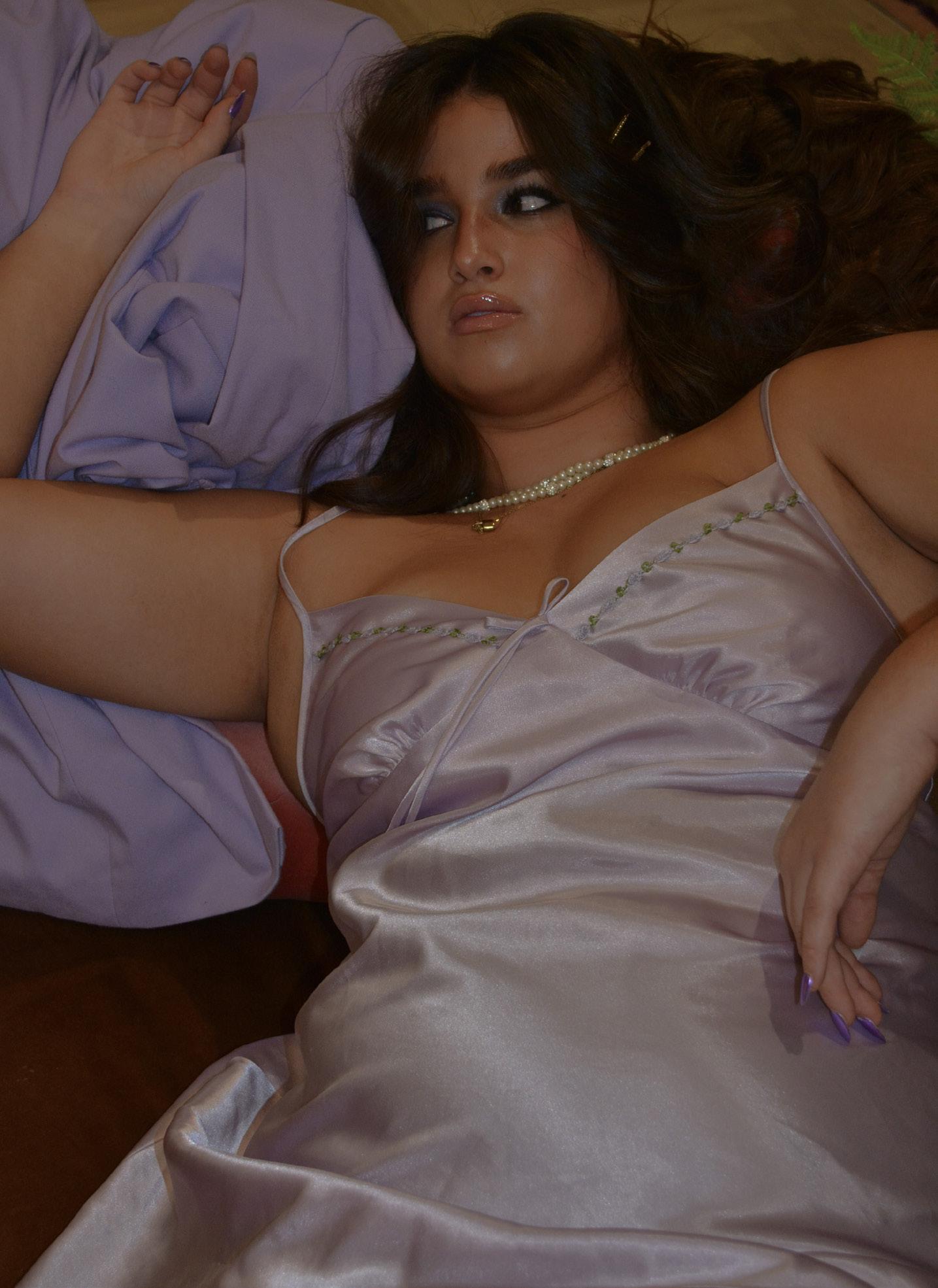 written by photography by DIYA BALLAL styling by AYSHA IZAGUIRRE & ALLIE SINGER
hmu by MALCOLM GUIDRY & JESSICA LIU
set design by SOPHIA BERLAND layout by MICHELLE NGUYEN
modeling by HARMONY CHARLES, ABIGAIL CERVANTES, & NICOLE CHEN
written by photography by DIYA BALLAL styling by AYSHA IZAGUIRRE & ALLIE SINGER
hmu by MALCOLM GUIDRY & JESSICA LIU
set design by SOPHIA BERLAND layout by MICHELLE NGUYEN
modeling by HARMONY CHARLES, ABIGAIL CERVANTES, & NICOLE CHEN
Every time I take a walk through Memory Lane, I find something new about who I was as a child, then tuck it away with the seriousness of taking inventory. My kid self was less afraid of airplanes. She was fiercely loyal to her friends and would kick the boys off the playground for their sakes. She liked fairies, mermaids, then fairies again, TMNT, Monster High and Star Wars. She would pretend to be a boy on Club Penguin and get a girlfriend just to have a dramatic “I’m actually a girl” reveal later in the privacy of her igloo. She wouldn’t even try to recover the lost heart emojis exchanged in the Pizza Parlor.

To some, catfishing penguins, browsing the toy section in Target or watching an old Disney movie is more than nostalgic; it’s spiritual. They call it “inner child healing,” a term recently popularized by Tik Tok. With social media as my credible source, I did a deep dive in hopes of finding why the practice blew up and whether it is all it is cut out to be.
Inner child healing is, at its core, a way to confront childhood trauma. Those who practice inner child healing visualize themselves as children, and from there, they tend to imagine a conversation or abstract interaction between them and their inner child.
Creating mental scenarios aids the inner child healer in recognizing the similarities and differences between their personalities to overcome both new and lasting issues. In one Tik Tok, an adult described how remembering their tenacity as a child helped them find the root of their constant exhaustion, which was their unsustainable productivity habits. From there, they had the knowledge to attempt to create a solution. The example in the Tik Tok is just one way inner child healing may look, but from my research, there is not a cohesive or agreed-upon practice.
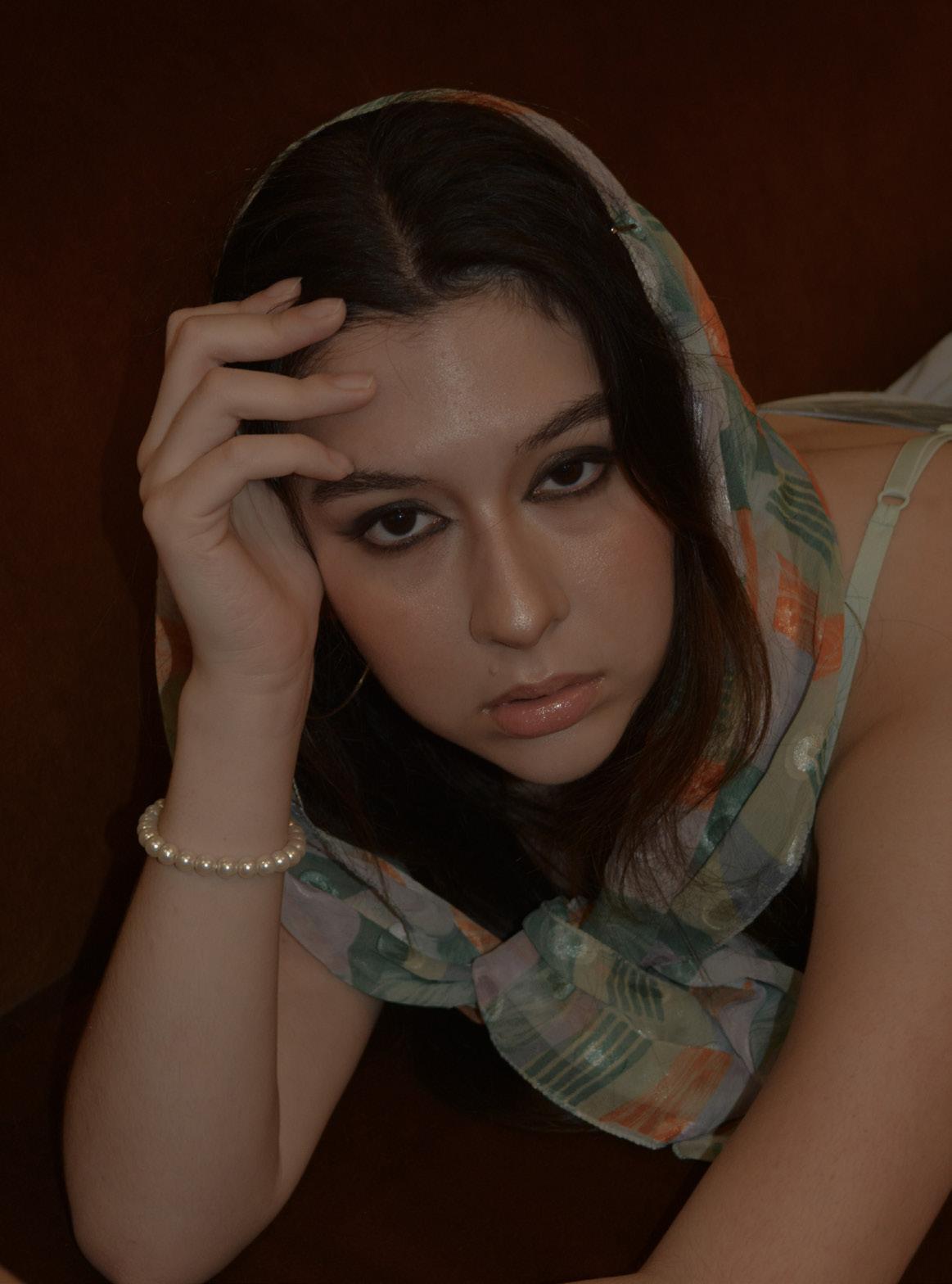
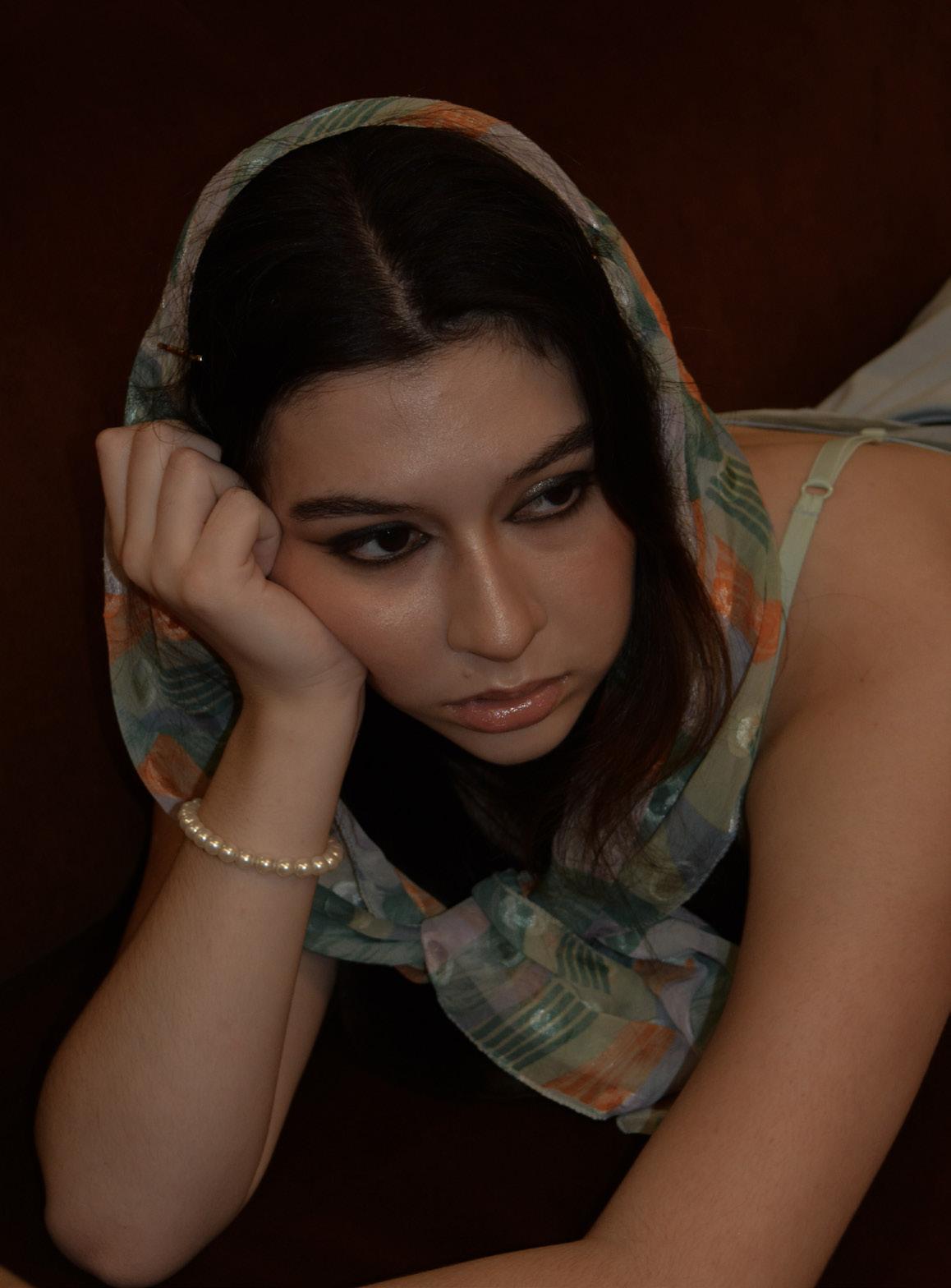
One subgenre of inner child healing is urgent and serious, using the practice as a deep-dive of a healer’s trauma. One might meditate to bring up past emotions in hopes of resolving them, validate their pain or bring themselves closure. Closure is the end game of these inner child healers, which, while comforting, is an unrealistic expectation.
Spirituality can become damaging when it is mistaken for mental health care. In this case, believing people can be “healed” and completely rid of influence from deep-rooted pain is unattainable. Working to create a healthy mindset is productive; striving for perfection is not. This application of inner child healing suggests people are inhibited from their best self if they have not completely resolved and moved on from their past struggles, putting unnecessary pressure on themselves. There will always be self-work to do, so there will always be exhaustion.
Instead of coming to terms with what a person went through, the intense form of inner child healing suggests healing from the inner child; in other words, the
root of their problems is their past self, digressing from the original intentions of self-love from self-awareness. Some use the term “leveling up,” which suggests resolving the issues with the inner child in order to move away from its influence on a person’s current state.
healers dehumanize themselves. There is another dominant branch of inner child healing, which is more simplistic and conceptual rather than religious. Instead of aiming to fix your inner child, the goal is to connect with it by nurturing what had once been neglected. This enrichment could include dancing to an old favorite song, painting a messy picture, buying a once-unobtainable toy, flying a kite or putting glow-in-the-dark stars on the ceiling. Breaking down barriers like the fear of embarrassment or ridicule paves a less precarious road to self-awareness, allowing memories and otherwise hidden facets of a person to resurface naturally.
The way a child is treated naturally influences their life in ways they can not control. Trying to have authority over the uncontrollable causes problems to resurface after adults believe they have “healed” them. Hopelessness and desperateness remain. By humanizing the inner child in this particular way,
Though the simplistic version of inner child healing is most grounded in reality, it also has its flaws. Without the exaggerated spiritual label, would people still partake in this watered-down version of the practice? Within the numerous Tik Toks showcasing uncontrived methods, it can be difficult to tell if people truly adopt the mindset or use it as an excuse to have silly fun. If for the latter, why do people feel the need to adopt a label?

Being childish is only human. Inner child healers have taught me that humanity, at its core, is a childish species. In our grandparents’ lingering conversation are kids begging for validation. In our aunts’ drunken ridiculousness are girls craving to be the center of attention. Among our friends, there is a child who doesn’t know why she feels lonely in the way she instinctively holds the door for a group of people. The child who had to moderate his parent’s tantrums is still inside the man who avoids confrontation. The girl wondering if she had a chance with the 2012 Teenage Mutant Ninja Turtles despite her being six years younger than them is still inside the college student who dressed up as Leonardo for Halloweekend. Everyone is a child who was told to “grow up,” whether explicitly or implicitly. Without clinging to a neo-spiritual label, inner child healing can bring people back to reality. People don’t need to be fixed and perfect, but it does help to be mindful. The inner child shouldn’t be shunned or hidden away, it should be used as a form of authentic expression, even if that means humans have to acknowledge that they can’t be “healed.”
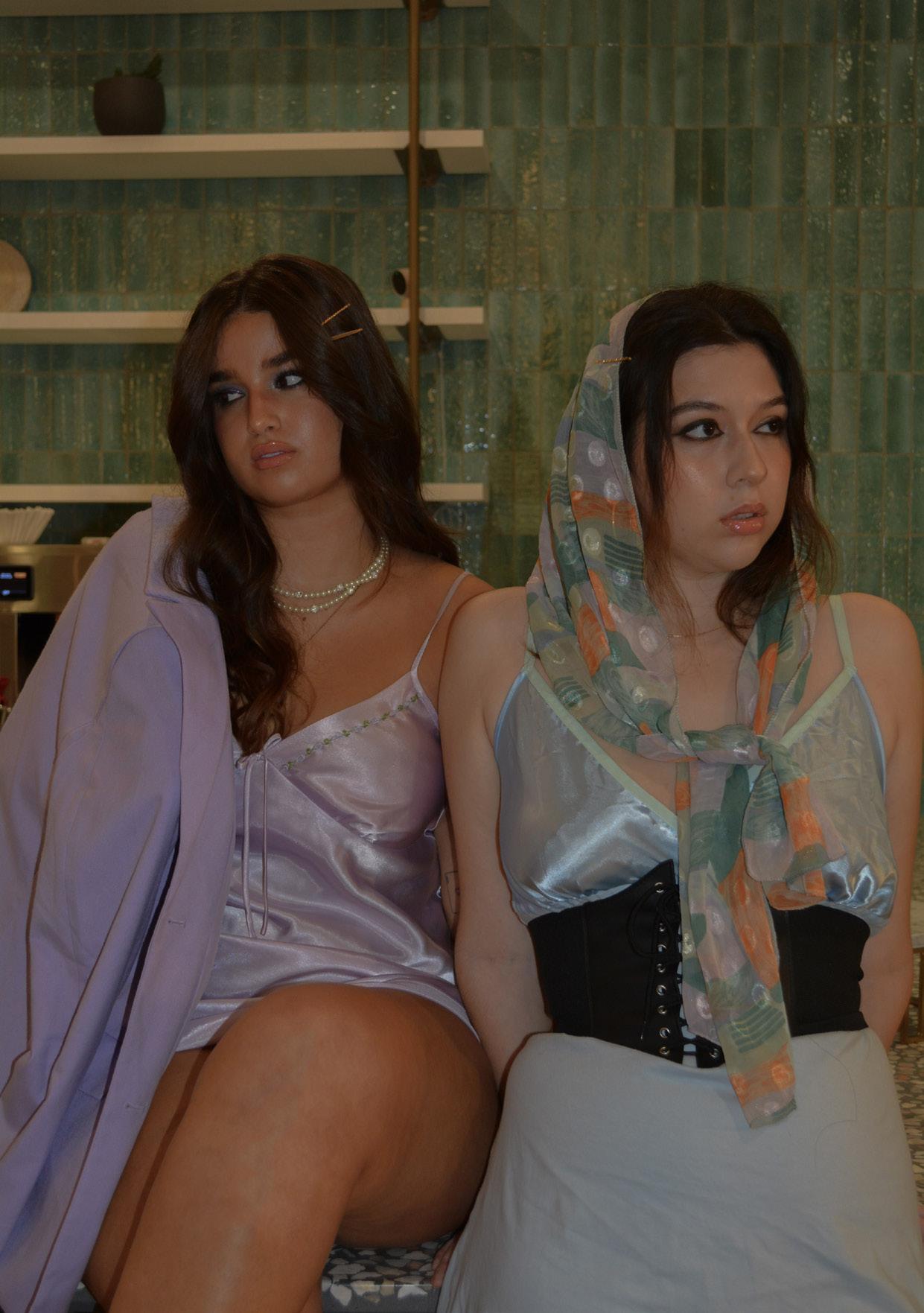


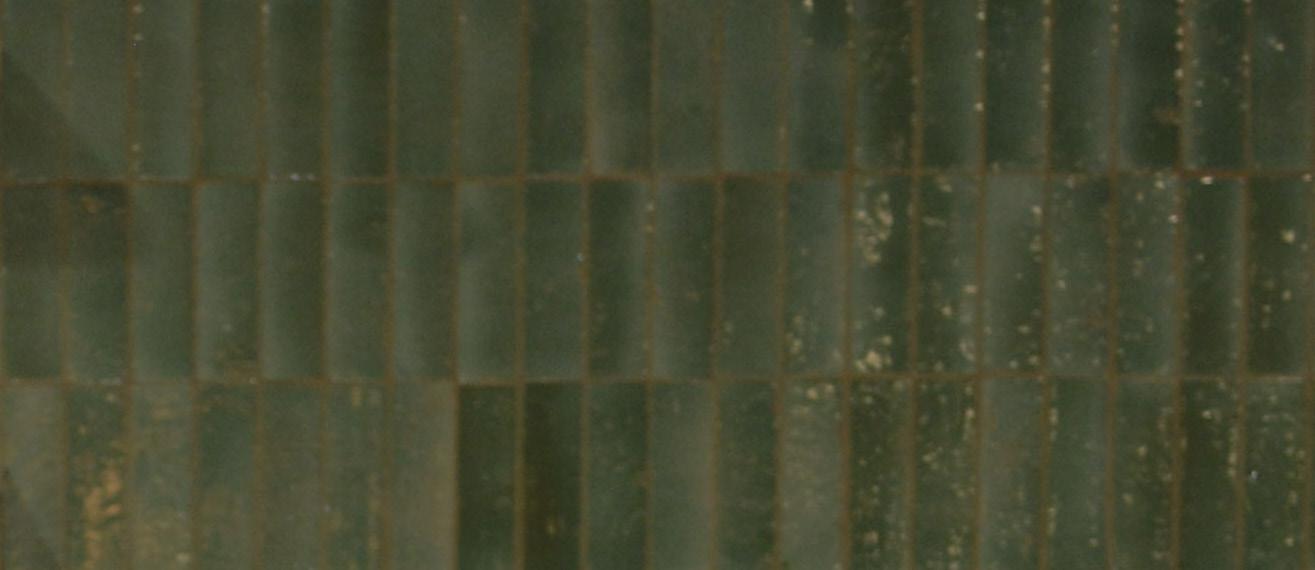

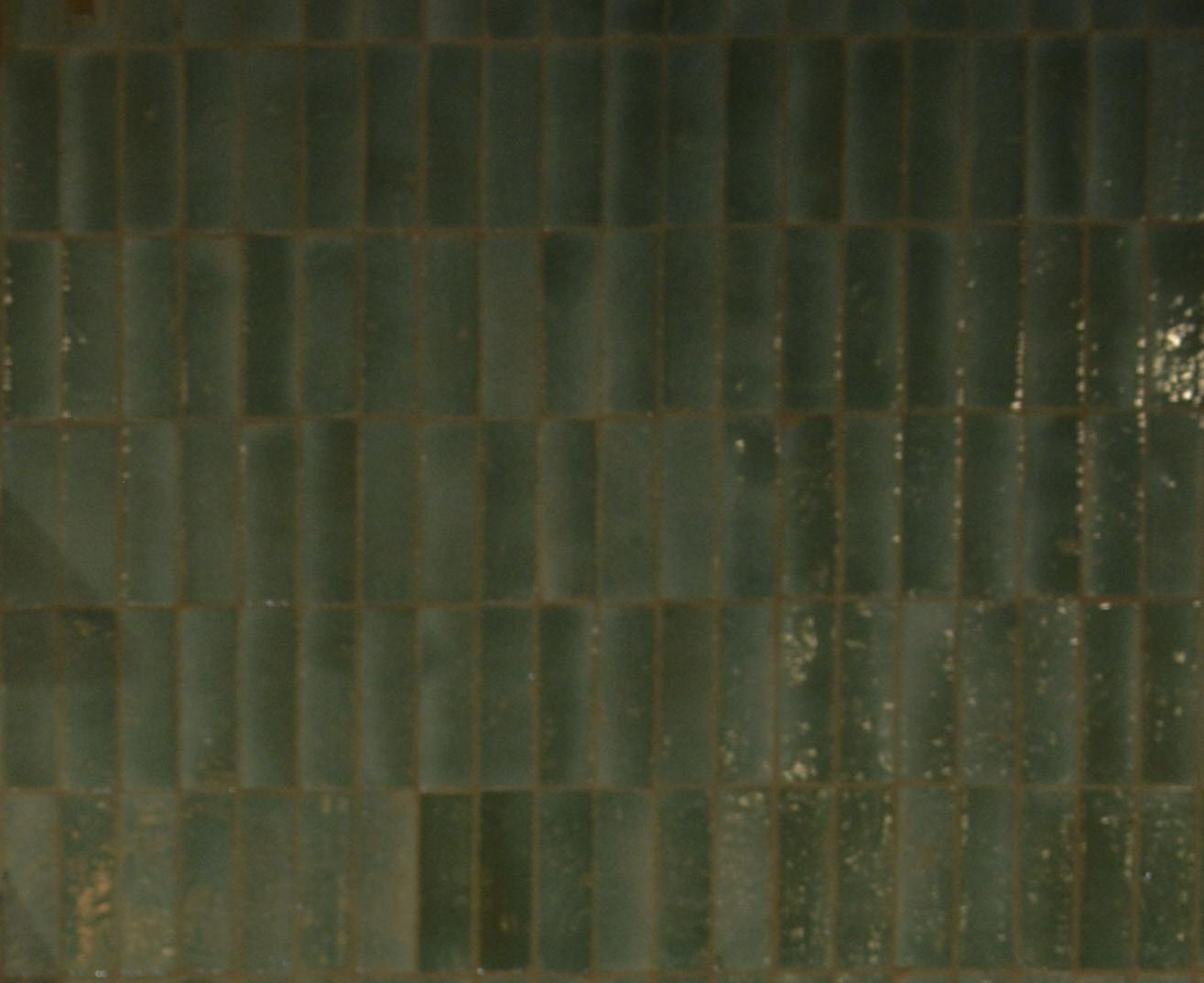
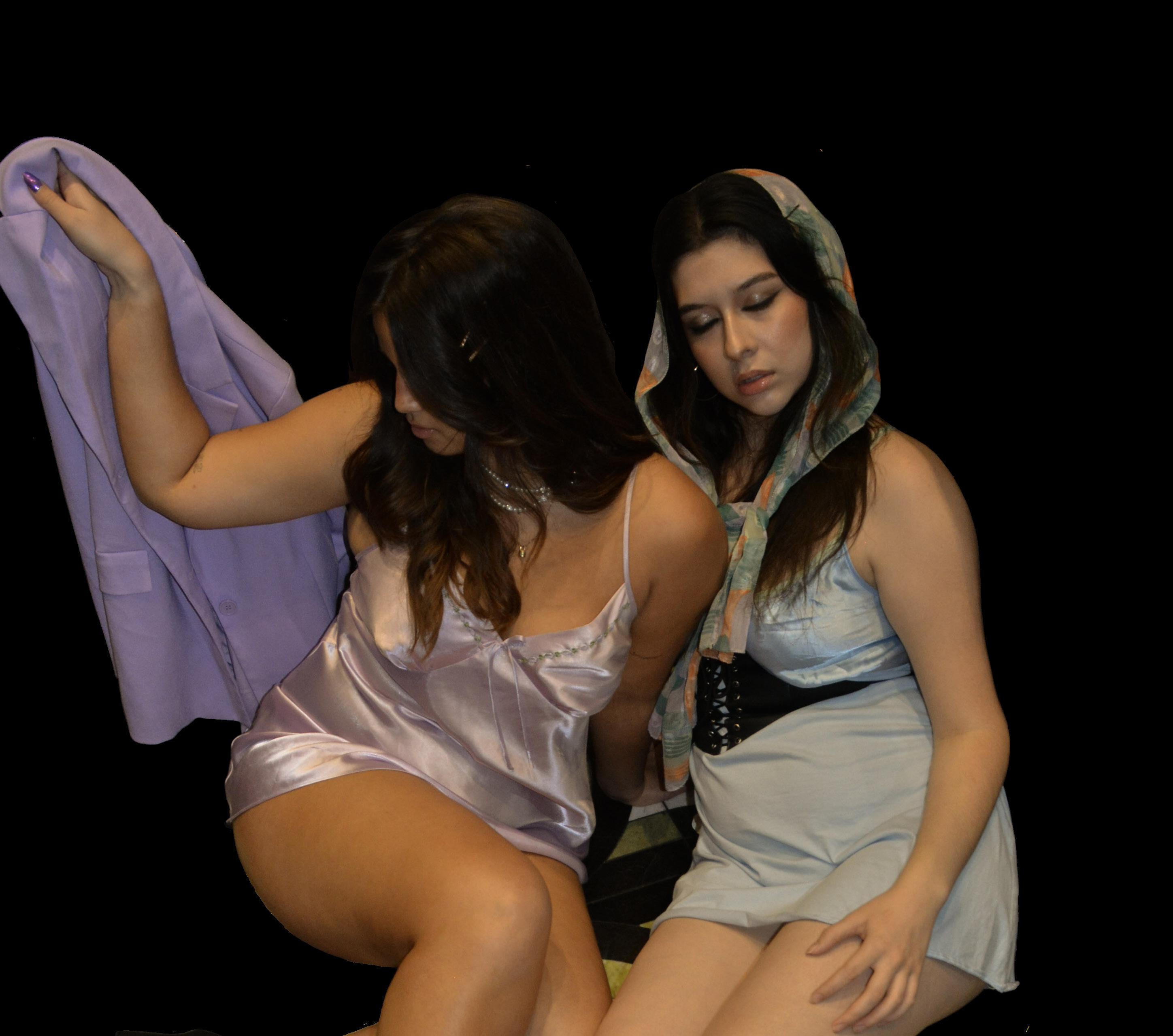
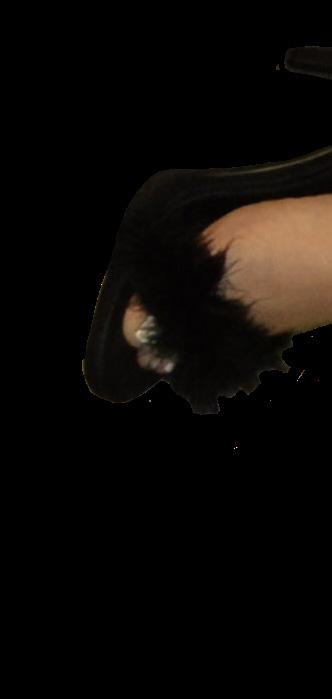





“make most of the present”hmu by GRACE HARRELL modeling by DELILAH ALEMAN & TYKINO DAVIS photography by PARTH GHAWGHAWE
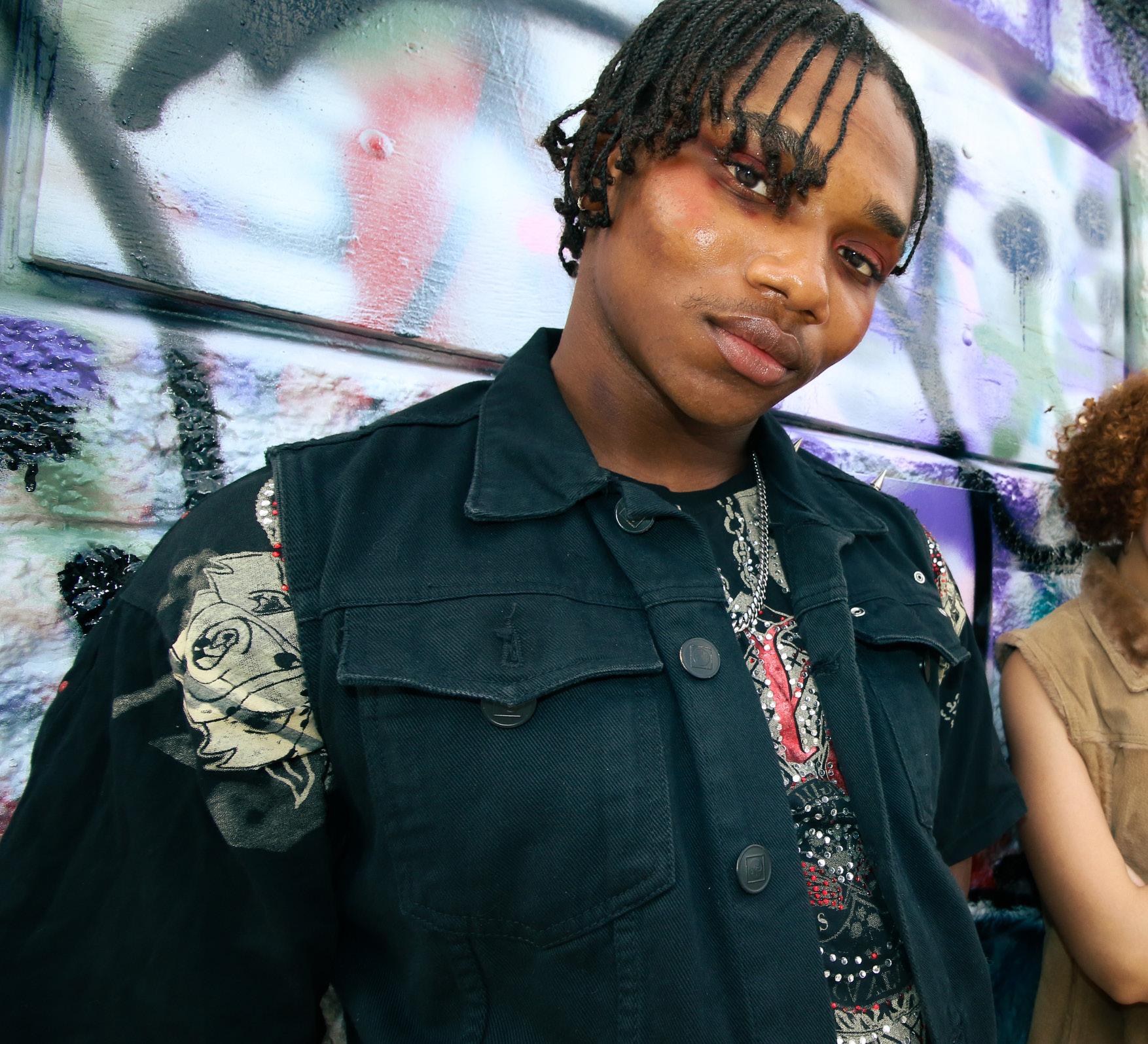
“give little thought to the future”styling by CYNTHIA LIRA & INDIA FERNANDES layout by KENNEDY HUYNH
Those were the words echoing in my head as I stood in line for my first ever roller coaster. Rather than comforting me, however, it felt like the phrase was foreshadowing the untimely ending of this very rollercoaster ride.
I was in 8th grade staring at the Superman ride at Six Flags, and to be completely honest, I hadn’t even meant to get in this line. I was under the impression that the line was leading towards the Sky Screamer ride, one that definitely was not a rollercoaster going upwards of 70 mph with a 200-foot drop. Once I realized where the line was really going, it was already too late. Leaving the line would mean dire embarrassment, a huge blow to my middle school honor. So in that moment, I essentially chose potential death over chickening out. Completely reasonable, I would still say.
You only live once. This isn’t a phrase coined by great philosophers like Plato or Nietzsche. YOLO was a special case, popularized
by another name just as familiar: Drake. Believe it or not, the acronym blew up in 2011 after Drake used it in his song ‘The Motto,’ featuring Lil’ Wayne. The term blew up so much that YOLO was officially added to the official Oxford Dictionary in 2016. The way I see it, YOLO was a simple way to summarize sophisticated ideas many past philosophers tried to communicate. And adding it to the dictionary further proved the outreach and influence it really had on the English language. Famous philosophers wrote the simplest ideas in excruciatingly difficult language. “Whereof one cannot speak, thereof one must be silent,” a roundabout way of Ludwig Wittgenstein saying what we can’t speak about, we must be silent about- which seems self-explanatory in hindsight. The same can be said about YOLO. Minus the complicated language, the saying “you only live once” is kind of obvious. I mean, I’m sure we’re all reminded of our mortality constantly in our everyday lives,
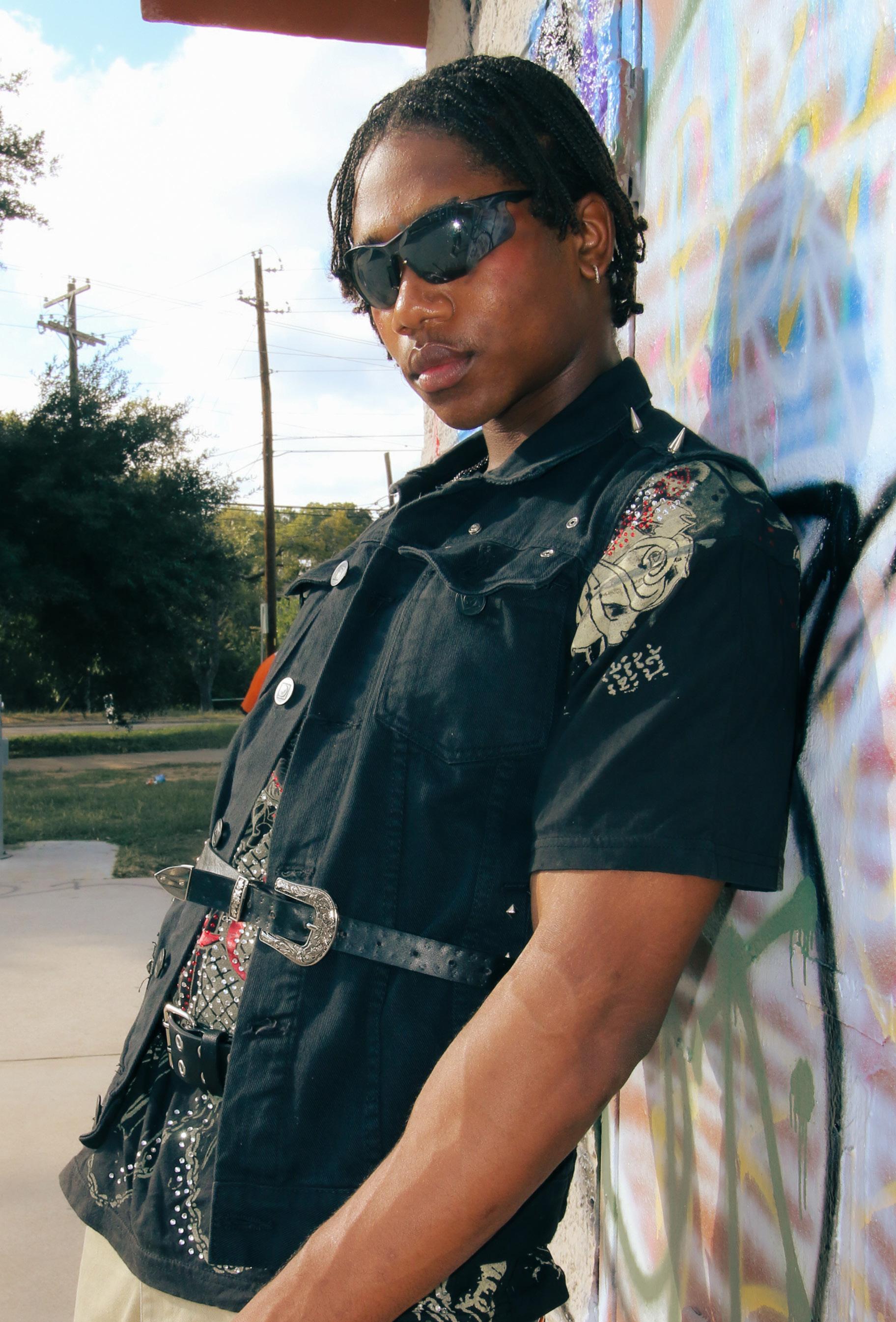
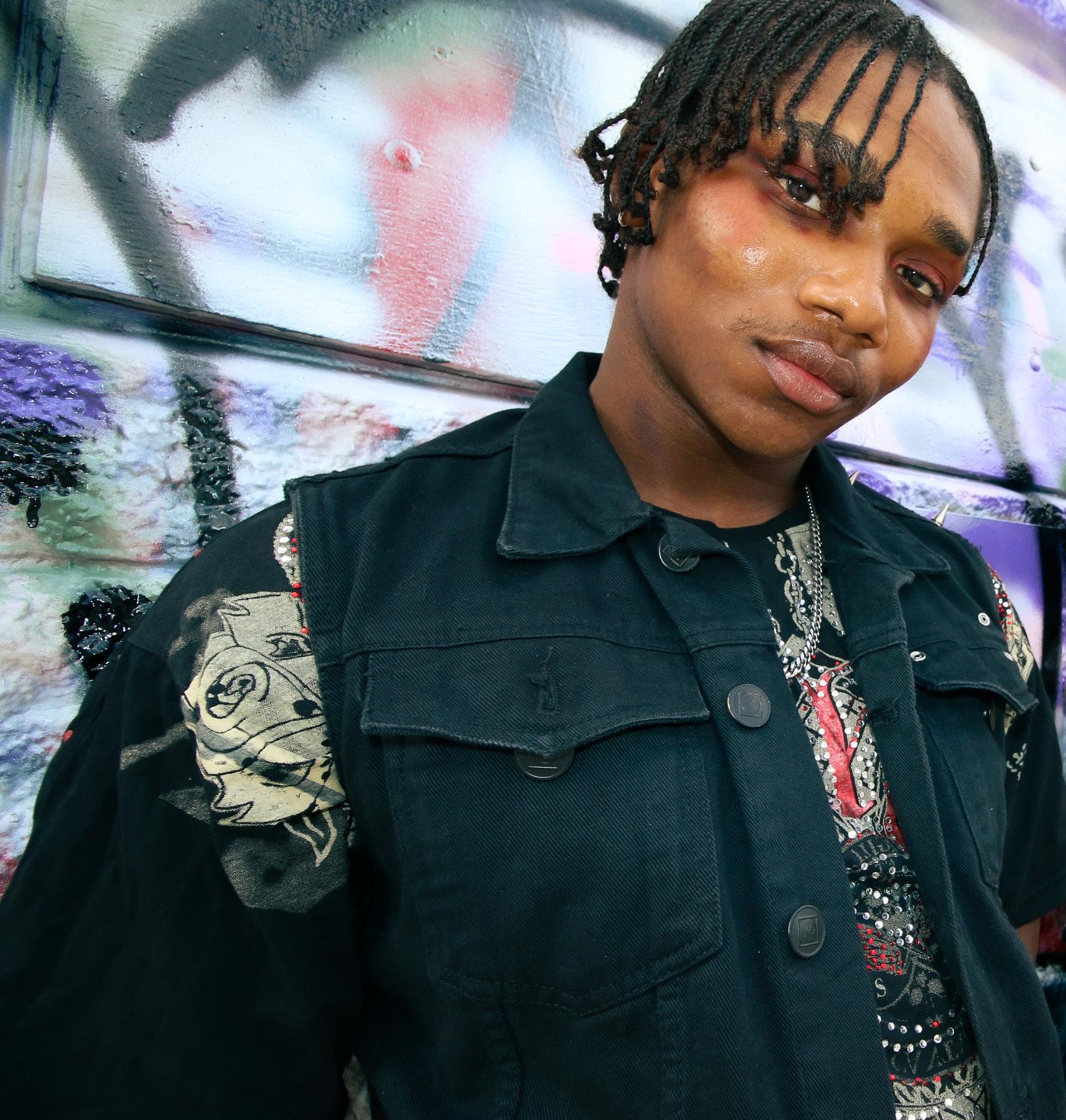
Famous philosophers wrote the simplest ideas in excruciatingly difficult language. “Whereof one cannot speak, thereof one must be silent,” a roundabout way of Ludwig Wittgenstein saying what we can’t speak about, we must be silent about- which seems selfexplanatory in hindsight. The same can be said about YOLO. Minus the complicated language, the saying “you only live once” is kind of obvious. I mean, I’m sure we’re all reminded of our mortality constantly in our everyday lives, so then why did it blow up so brilliantly? Breaking the term down itself seems pointless because people know what it stands for. But what does the saying really entail? Looking past the vast amounts of deathly challenges in a desperation for a mere 15 minutes of fame on the internet, YOLO could mean a lot more if you let it. Then again, it is really difficult to take YOLO seriously when it’s mainly associated with teenagers attempting stupid parkour tricks or dumb pranks. Anyways, back to the Superman, the ride which I’m already seated on at this point. My chest was heaving, and I could physically feel my heart rate quicken. Blood was already rushing to my face. Screw it, I finally thought. I choose shame over death. My arm rose up, as I called out timidly to be taken off the rollercoaster. At this point though, all the attendants had moved off the track. A jolt went through my body as the Superman ride started to slowly roll out. My friend beside me, an avid roller coaster rider, attempted to console me as we moved up the steep slope. I almost started wailing, my heart
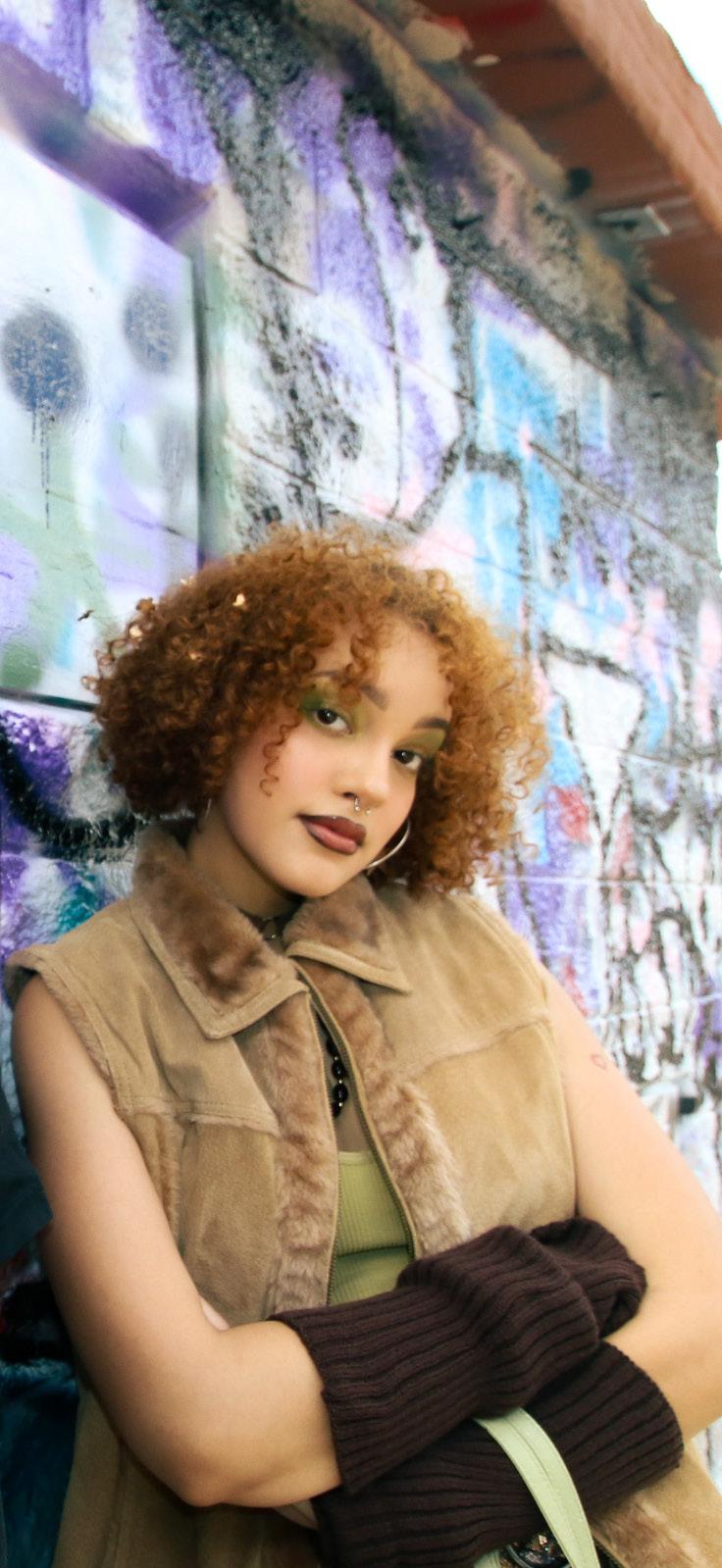
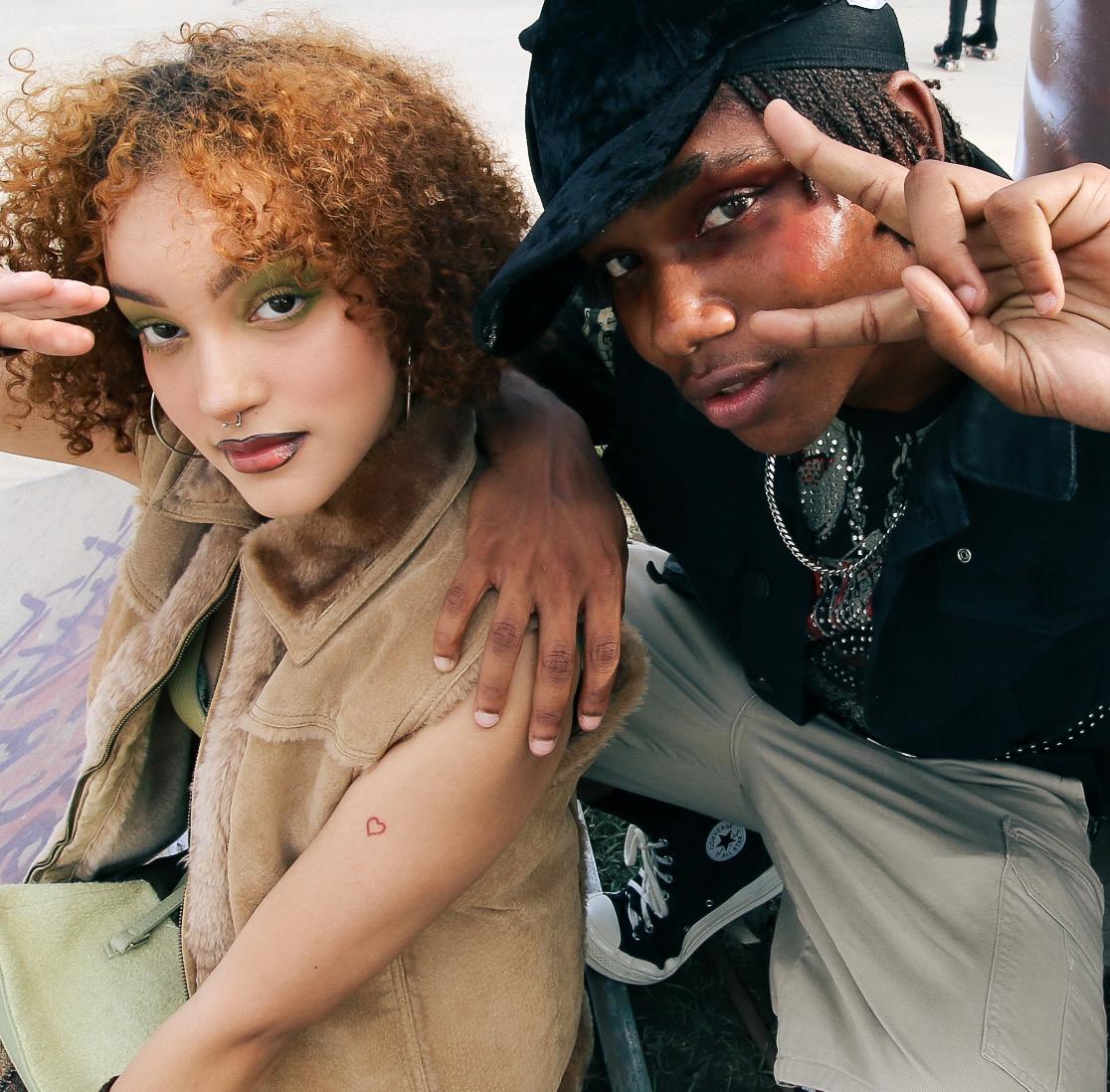

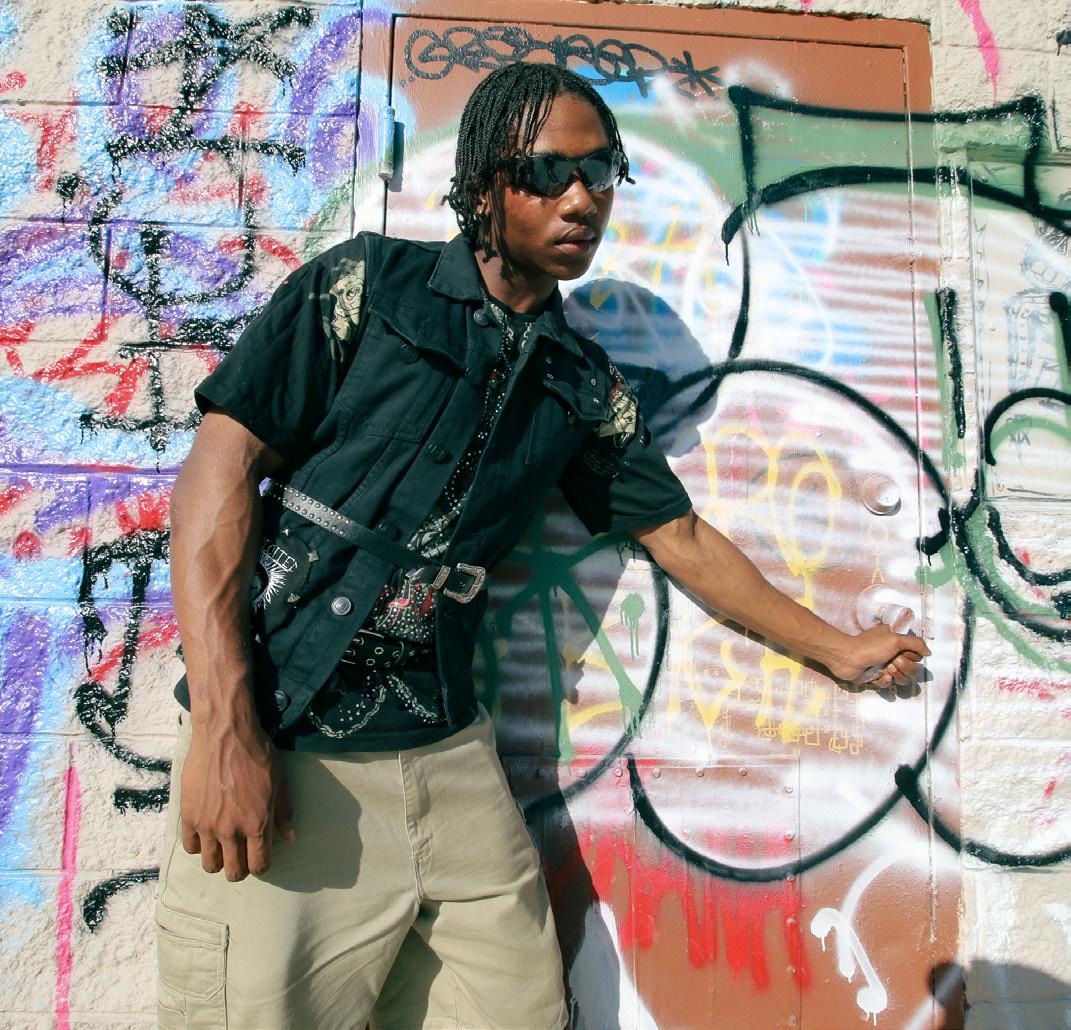

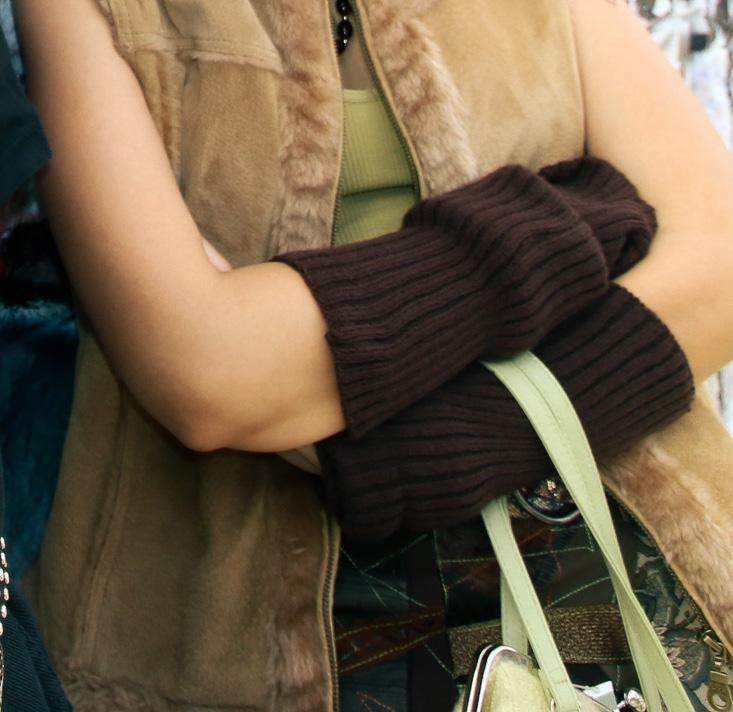
This was it, I thought. I only live once, and this is how it ends. We finally reached the top of the first drop after what seemed like an eternity. Peering over, I could barely see the track. Before I could figure out how steep the drop was, we were slingshot down the rails. I let out a loud scream, one I could only assume was brewing within me for quite a while. But after a couple of seconds, my screaming died down. As the coaster continued through sharp curves and quick loops, laughter replaced my screaming. The rest of the ride went by way too fast, and it was all over before I knew it. Getting off the ride, I felt a difference in the way I moved, an overload of adrenaline and endorphins coursed through my body. Now, don’t take this the wrong way, but in my opinion, near-death experiences are the only way to truly live. Of course, I’m not saying to go skydiving without a parachute, but only by getting through something insanely difficult can one also feel the exhilaration that is brought on afterward. These socalled YOLO experiences aren’t just limited to neardeath experiences though. Ironically, people may need more of a push to talk to a cute stranger than to bungee jump off a cliff. But just imagine the feeling once the risks we take pay off. As in, you actually get their number. The rush of feelings end up almost stimulating a high, which is actually what happens in your brain after doing something that you deem ‘dangerous’, whether
it be physically dangerous or socially dangerous. YOLO. At this point, it’s a huge inside joke all of Gen Z is in on, and our lives end up being the punchline. On the internet, we are the loudest we can be, the boldest, most boisterous. The shield of anonymity allows us to be true to ourselves, the positive and negative aspects of our persona magnified through the lens of our screens. Yet in person, most people cower. They don’t have the ability to just scream “YOLO!” and do something that terrifies them. I have to admit, I am one of those people. We all create a version of ourselves online, a more ideal version that we’re not scared to share or post on social media. A version that’s more confident and amiable or sometimes a version that’s just easier to digest. Being able to replicate that confidence, that charisma from one’s online self into real life is a real skill. A skill that anyone can practice and get better at. We can always start small. Baby steps pave the way for longer strides in the future. So, today, just say YOLO and do something you’ve been scared to do. Take a few steps out of your comfort zone and just go for it. I know firsthand, it’s so much easier said than done. But honestly, you’ve got nothing to lose. People around you are a lot more understanding than you’d think, so even if it doesn’t go the way you planned, you can at least say you’ve tried. YOLO. That’s our entire generation pushing each other to do more. So, let’s push each other too.
“I mean we do only live once, right?”
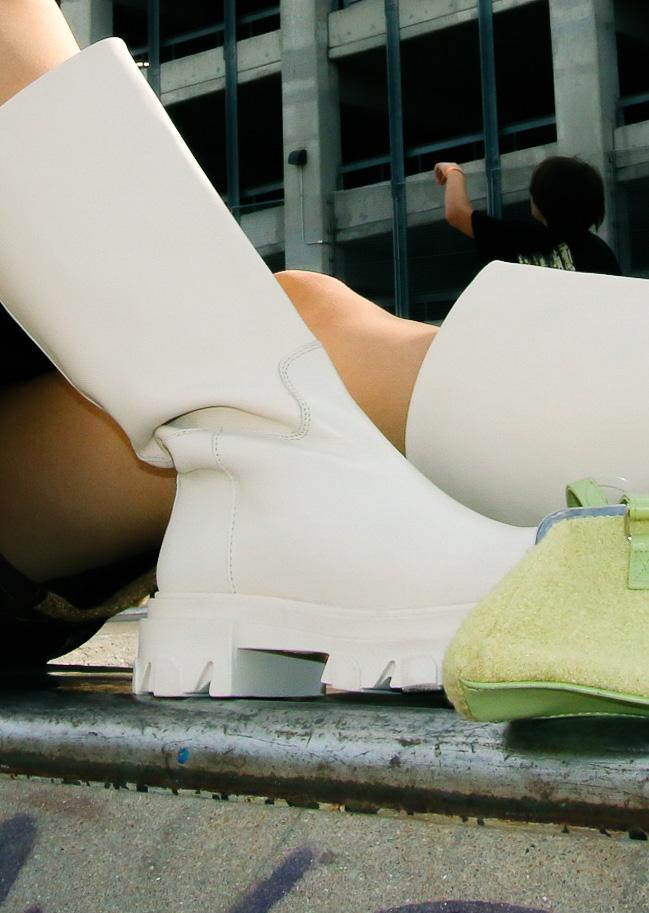

 hmu by KELLY HERNANDEZ
modeling by COLE HUNT
photographed by SARAH PULIUC
hmu by KELLY HERNANDEZ
modeling by COLE HUNT
photographed by SARAH PULIUC
 set design by ASHTEN SNELL styling by CHRISTINA GUILLERMO & GRECIA DEL BOSQUE
layout by KENNEDY HUYNH
set design by ASHTEN SNELL styling by CHRISTINA GUILLERMO & GRECIA DEL BOSQUE
layout by KENNEDY HUYNH


Between the stations that seem to share a schedule so at least one is playing Kate Bush’s “Running Up That Hill,” there’s college radio, the cream of the crop. Lucky for us pretentious goobers, listening to good, underground music is cool in the 2020s. Will you have less fun at parties because you won’t recognize what’s playing? Sure. Will you feel so so cool listening to music no one can hear through your headphones that makes you think, “No one knows I’m listening to insert-artist-you’ll-never-seeperform-live-here right now?” I mean, I do, at least.
Music curation is an often-overlooked, though increasingly prominent, form of self-expression. In the same way people paste up posters and line up trinkets to decorate physical spaces, turning up the volume can decorate time. Furthermore, the crusty coffee table or fixer-upper loveseat free off a curb makes a West Campus apartment feel more like home than IKEA furniture; for Austinites, that metaphorical curb is 91.7 FM. The University of Texas’ own radio station, KVRX, is completely run by student volunteers and highlights only underrepresented artists.
Hunt first tried the tuning dial when he was about 14-years-old in his hometown, Laguna Beach, California. He took frequent trips with his mom to Los Angeles to go record-shopping and see music performances, filling the hour-long drive with conversation about his mother’s personal experiences and his uncle’s career in radio. Cole interned at his local radio station a year later and his love only grew.
“A lot of my college applications were based off of the college radio station for wherever I was applying to,” Hunt said. “When I would research a school, I would research their college radio station.”
His deep-dive included sorting through the station’s playlists; the fewer artists he recognized, the more attractive the station.
“When I got to KVRX, it was the first time I was surrounded by other people that loved music just as much as I did,” Hunt said.
While most media consumption is influenced by tracked, personalized content, radio hosts share music for the general public that falls under the imagined category of “good.” Instead of chasing feedback or instant gratification to obsessive ends, radio feels like something nurturing and reliable– maybe even all-knowing, but Hunt’s too humble to admit that.

“Radio has always been a central part of my love for music”
“Radio has always been a central part of my love for music”

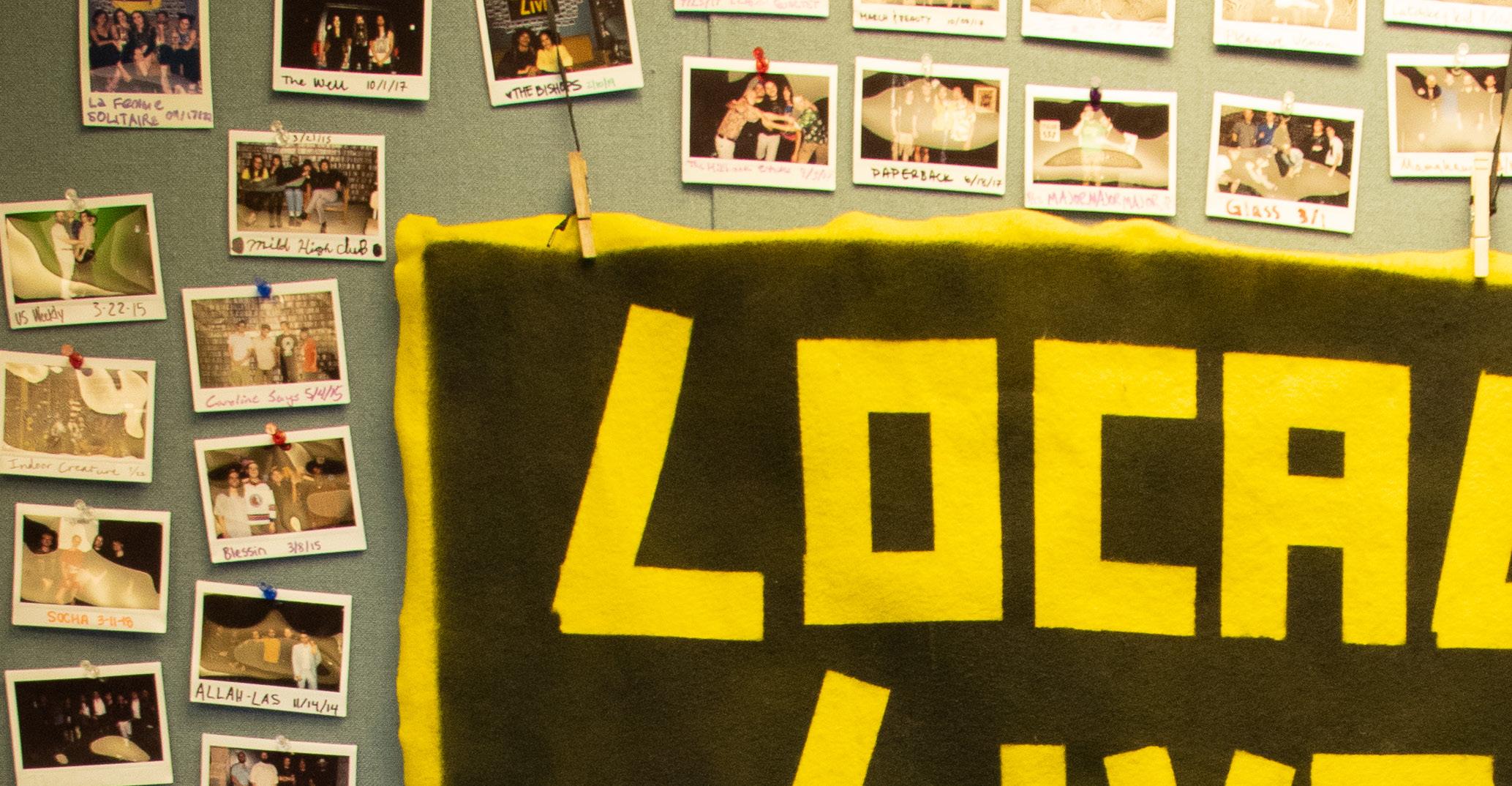

Within the evolving nostalgia radio carries is an experience that exists 24/7, waiting for you to tune in. Not feeling the groove? Change the channel or turn off the radio. Turns out, the best pleasures can lack the modern necessity of addiction. Radio is ready and waiting, but it wants your attention on your own time.

For Hunt, his time commitment to radio spanned “ungodly amounts.” He chose his firstyear dorm based on its distance to the station, then spent his college career working his way up the station ranks: from DJ to music intern, to music director, to inaugural operations manager and finally to his current role, station manager. In his free time, he would see bands live, which is reminiscent of seeing your dad on the weekends as a child. Live music performances go hand-in-hand with live radio, though the two entities maintain sovereignty (and they both love you very much). Both create a unique listening experience that urges being present in the moment.
“It’s one of the most cathartic experiences that I’ve had,” Hunt said. “There’s just a different connection you have seeing a band live in concert– whether it’s at Hole in the Wall with two people in the room, or if it’s at Stubb’s with a thousand people behind you. Being in that relationship and that dynamic in that set time, it becomes a reverent space. Kind of like an art gallery, where you just enter into a different frame of mind.”


“ t u r n ing upthe v olume candecoratetime
“ t u r n ing upthe volume candecoratetime
u r n ing upthe v olume candecoratetim ”


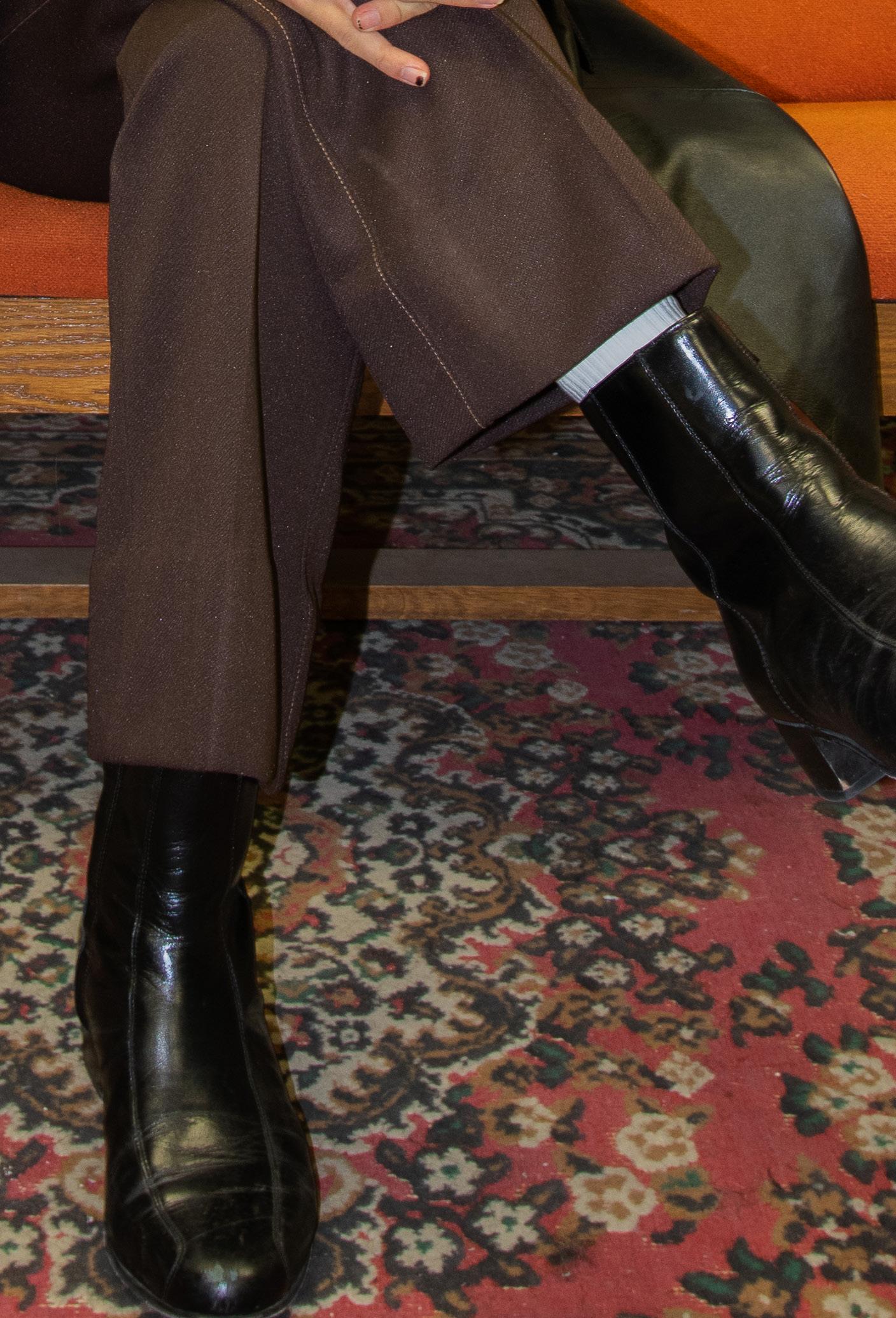

KVRX’s importance has grown for bands in the Austin music scene since its formation in the ‘80s.


“KVRX can be the first to play them on air, the first to promote them on social media, the first to book them for a show,” Hunt said. “Then from there, they can grow and have their own career and move up the ladder. It’s not like KVRX is the end-all-be-all, but we hope that we can be one of the first rungs on the ladder to help push the artists that we love along.”
Even though Austin has city limits, that doesn’t mean the significance of college radio stops there.
“There’s something about being a college radio DJ where you can find other college radio DJs no matter what station you work at,” Hunt said. “I’ve liked being able to make friends and connections with people who work at different college radio stations literally from the west coast to the east coast, places in between, just like everywhere. The greater college radio community is insane how strong it is, even though it’s completely decentralized.”
Not only has Hunt gotten all the good mushy stuff, like making friends, finding community and processing difficult emotions, he’s also–gag–gained business experience. As a McCombs major, he could only fight The Man for so long, I guess.
“Whenever I’ve interviewed for internships or jobs or anything, I’ve always talked about my experience at KVRX, the things I’ve learned here and the experiences I’ve had,” Hunt said. “I’d prefer to keep my social life, the people I love spending time with and doing the activities that I love, which is everything related to music, separate from my day-to-day work.”
Radio may be less socially prominent in mainstream culture today, irrelevant even, but whether you get it straight from the metal horse’s mouth or the artists themselves, live music is a powerful catalyst for connection. Live music goes against the grain and reintroduces the concept of simple pleasures, and radio’s longevity suggests the contemporary music world could return to them. Between Hunt’s future consultations, all he has to do is tune his radio, and he can return home.

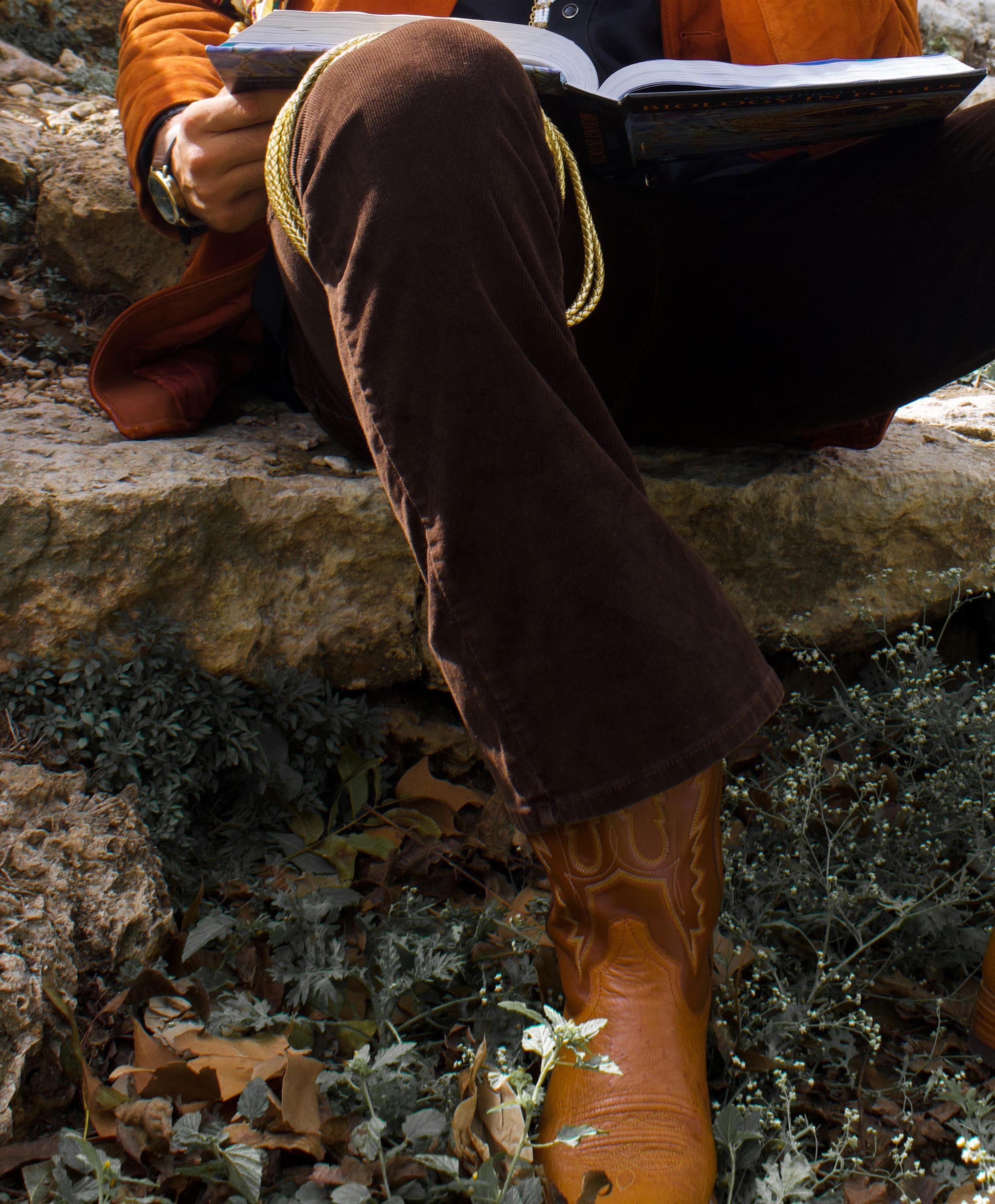
 photography by ISABELLE DEMENGEON styling by KATHERINE GALLARDO & MADILYN MERCADO hmu by KELLY HERNANDEZ
set design by ASHTEN SNELL
modeling by DONOVAN HANDY & YOUSEF AHMED layout by DANA TRAN
photography by ISABELLE DEMENGEON styling by KATHERINE GALLARDO & MADILYN MERCADO hmu by KELLY HERNANDEZ
set design by ASHTEN SNELL
modeling by DONOVAN HANDY & YOUSEF AHMED layout by DANA TRAN

Grab your phone, open your web browser, and type “college wardrobe.” Press enter, then click images. Next, type the words “women’s” and “men’s” in front. Shocking, right?. The images you see are not what modern college wardrobe looks like, however, it possesses some similarities. I would describe today’s typical college wardrobe as mundane, thin and the “essentials.” Think Lululemon and Nike, polos and khaki shorts, bare, sweat resistant, and tight-fitting. Texas, even, has a reputable notion of its own style, countryesque and southern. Though, what I find amusing is seeing imaginative people comply with typical fashion constructs because that is what is so accepted, even though they have the inquisitive mind of a fashionmonger. Tradition is what society is attempting to make us conform to. Society pressures people from expressing who they are and shame is a sure driver of nullifying selfexpression. Nonetheless, I think I know a place that is suggesting growth and would fancy laughing in the face of the status quo. “What you wear says a lot about you as a person,”biology junior Dustin Nurdel said. “(Fashion) is a good way to express yourself without using any words.” I think so too, Mr. Nurdel - in fact, that is the perfect way to put it. Fashion is expressive; it is a way people can touch their inner self and reflect it to society. Confidence is an element Nurdel reflects on society.
“I don’t dress to impress anybody, I do it for myself because it is what I am comfortable in and what I like to wear,” Nurdel said.Nurdel prioritizes expression over society standards, illustrating the cultivated minds the University of Texas holds (or maybe it’s the mild Austin air). It really is a considerable feat to feel confident in what you are wearing when it is seen as unique by general society.
If you relate to feeling unpressured in your personal style, crown yourself as shameless. If you do not relate, I beg you to try something that is fashionably uncomfortable to you, but articulates who you are. It could very well present you with another outlet for self-expression.

There is a collective opinion that many students at UT dress more “themselves,” atypical to other campuses. Walk the renowned Speedway during class hours and you’ll be astonished when catching glimpses of creatives in their unique outfits. Outfits that are less familiar can include exaggerated layers, oversized/ baggy items, color contrast, trendy accessories, upcycled materials, and statement pieces, the list is everlasting. What these people have in common is how they strut with confidence, owning their identity, thus promoting a fashion culture of diversity. Attempting to persuade people they should not fear identity or the belittling opinions of what makes you true to yourself.
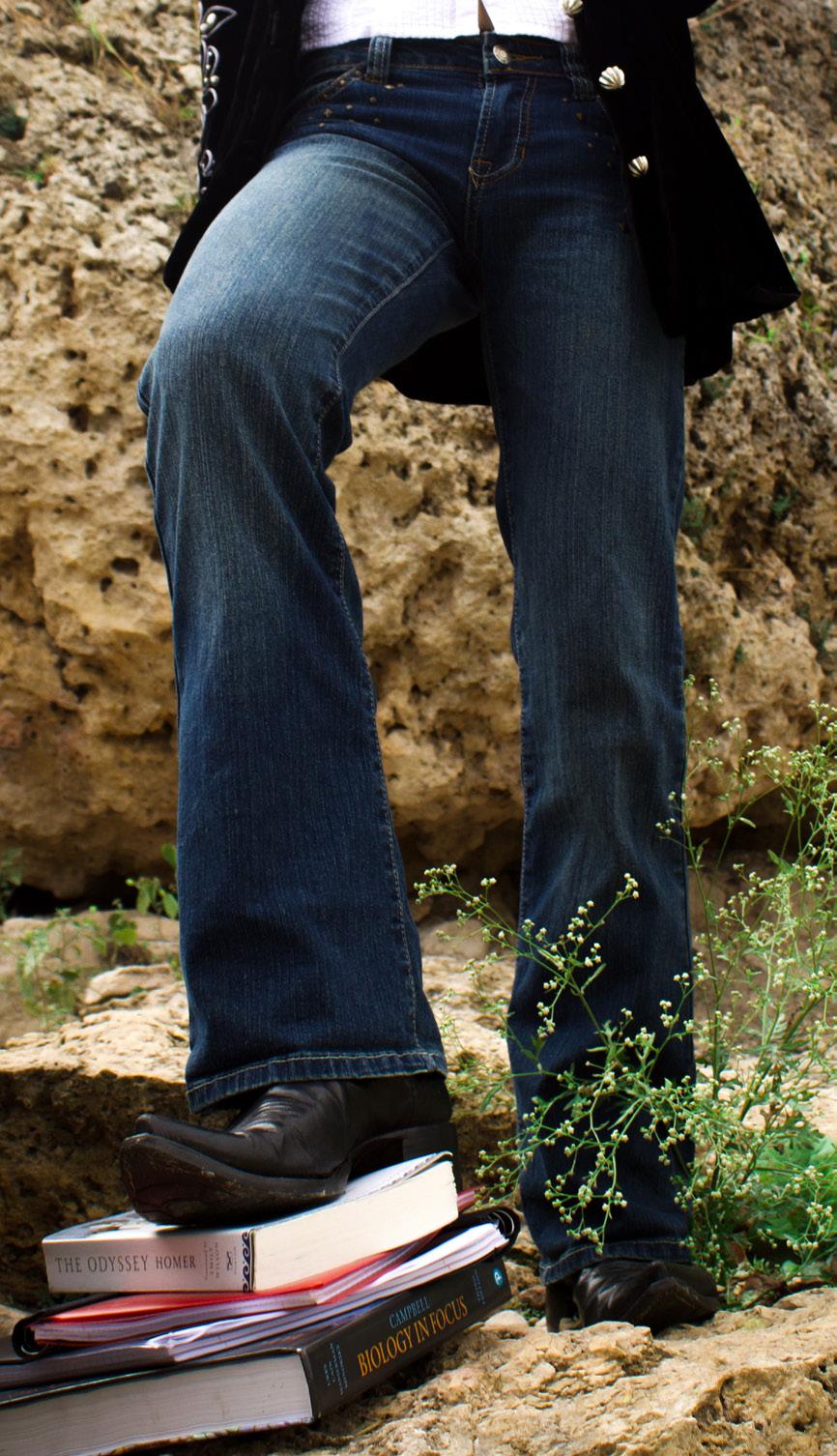
Along the discussion of unique fashion, where do students find an abundance of affordable items they can use in an individualistic manner? Fortunately, Austin is home to countless consignment, vintage, bins and thrift stores alike. It has recently become quite trendy for people to gather clothing articles at these stores, thus encouraging personal taste and creating a solitary style. Such stores are considered gold palaces to people like advertising sophomore Lauren Laracas, a self-made sustainable fashion princess. She is able to find items that complement her decorative abilities, piecing together outfits that nobody can recreate. You’re never gonna find what Laracas wears from a mall or department store, and honestly she prides herself upon that. Additionally, Laracas suggested that social media has contributed a fairly large role in how she dresses. “I didn’t realize I liked the 90s/vintage style clothing until I came across it on social media,” Laracas said. “It’s not gonna leave my wardrobe anytime soon.” Social media demonstrates how students are able to gather ideas from the internet and bring those varying visions into Austin. Trends often play a big part in how people decide to put together their wardrobes. People occasionally will wear what they see online because of how it is portrayed on those people.
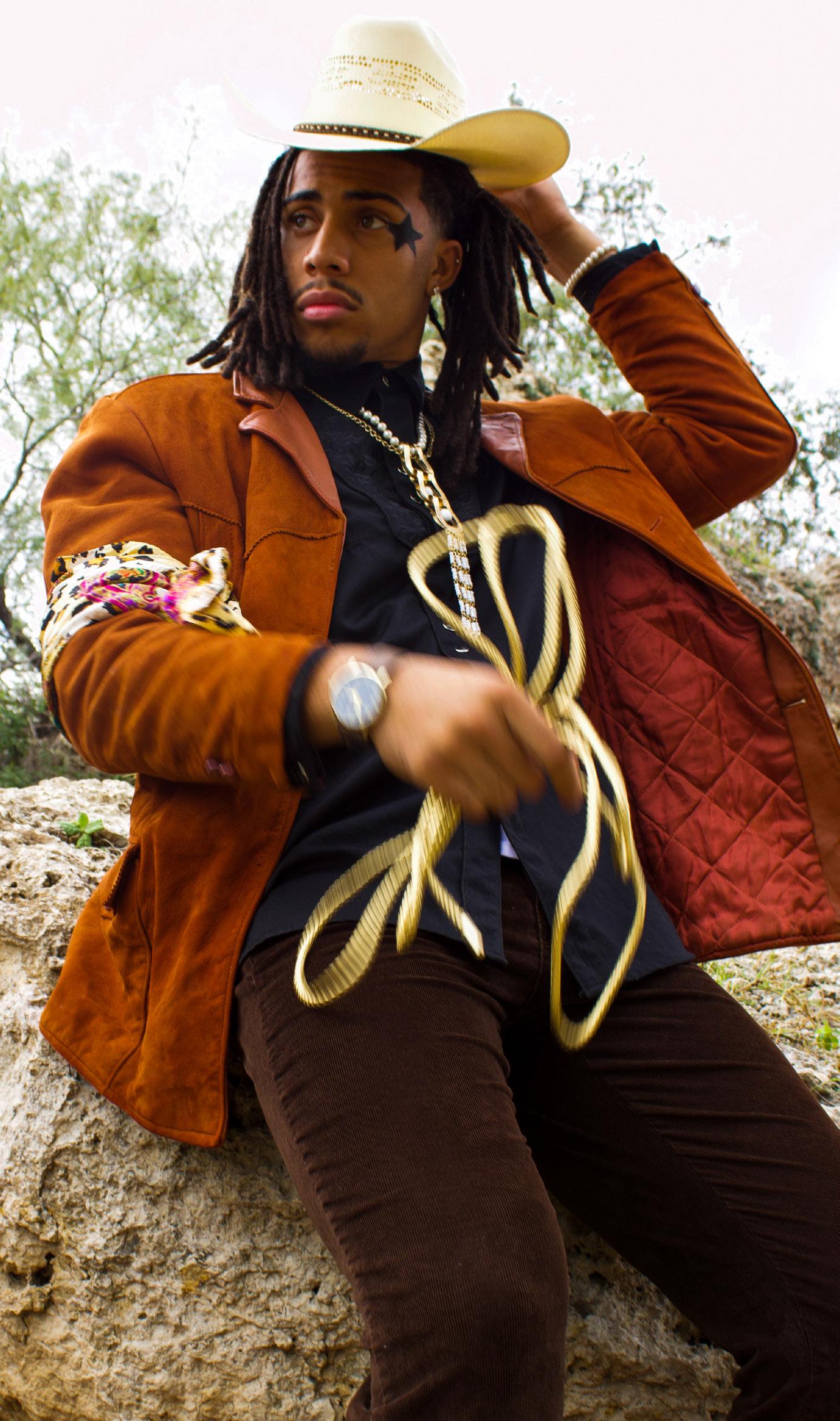
Humans are diverse creatures, we all have different beliefs and agendas, likes and dislikes, but most can relate to one thing, the ability to accept. This is another noticeable facet of invogue UT students, their ability to demonstrate acceptance in a diverse campus culture. These students are never the ones to cast shame upon others for how they dress. They are the ones accepting and supporting people for how they choose to communicate themselves.
Communication in fashion is not only how you dress, it is an extension of how you present yourself. Government and journalism sophomore Molly McIlhinney said “your smile” is the most important piece to your wardrobe. A smile is affiliated as a comforting social connector, illustrating your willingness to interact with others’ attention. So fashion is more than just clothes, it’s communication, it’s acceptance and it’s diversity. a unique identity, which gives us meaning.


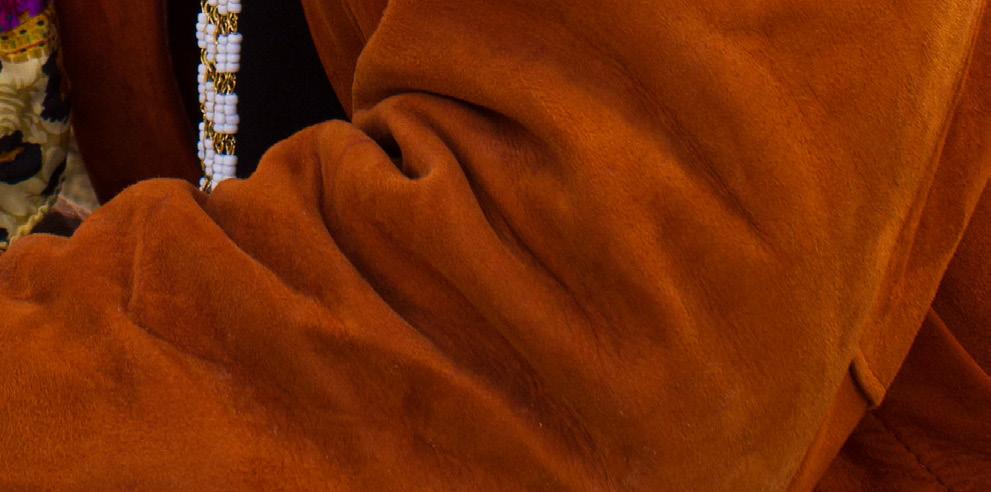



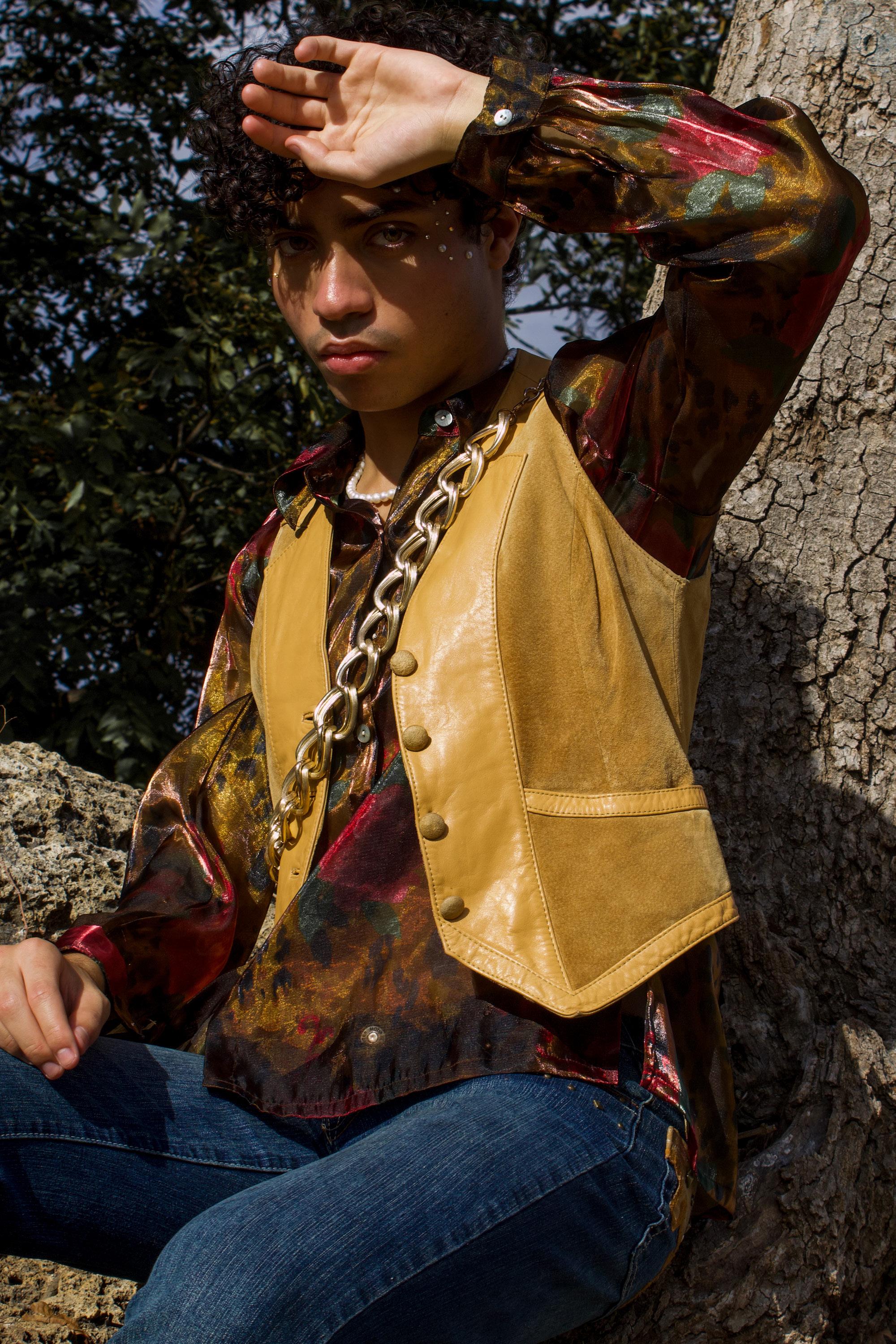
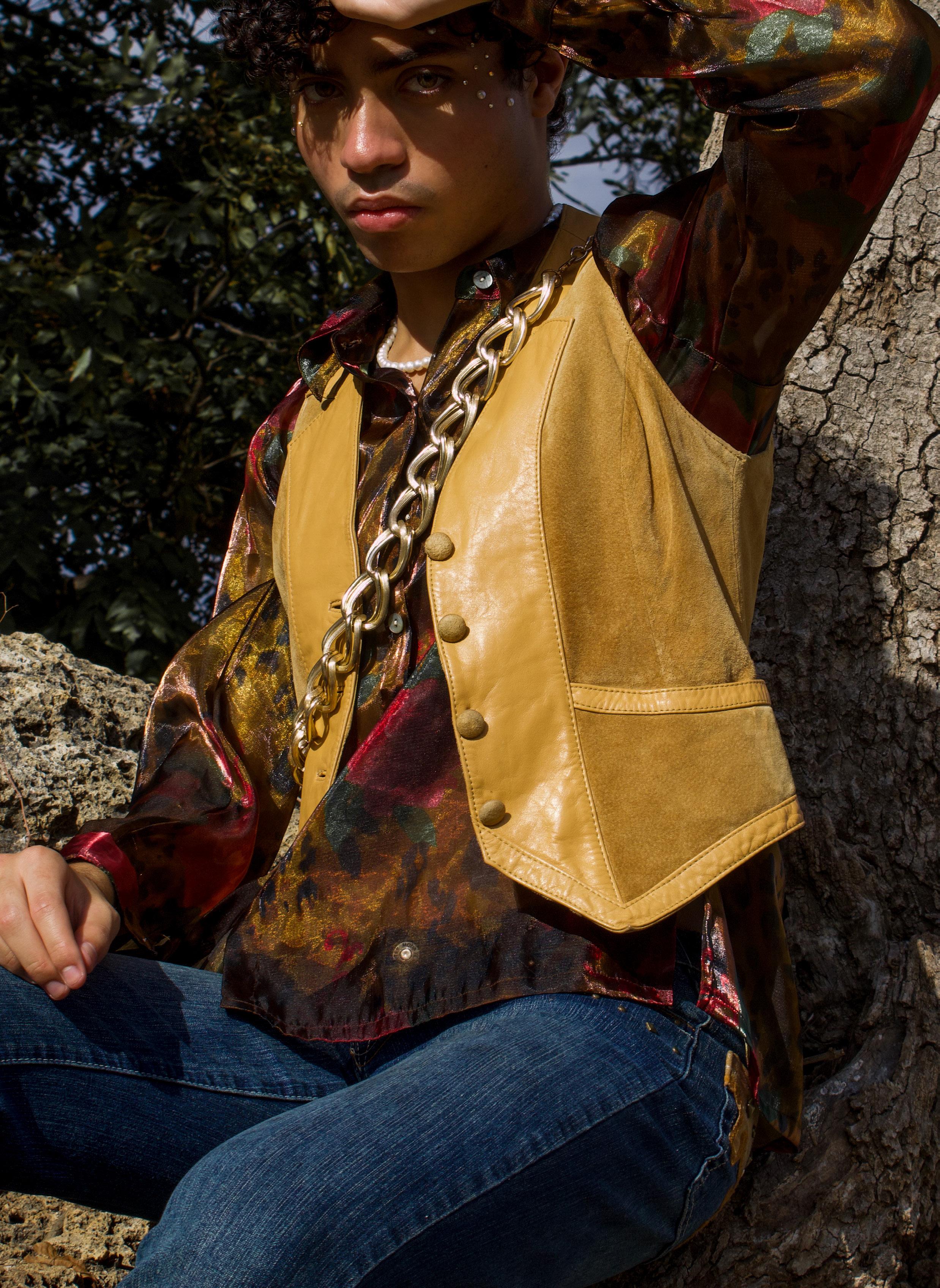
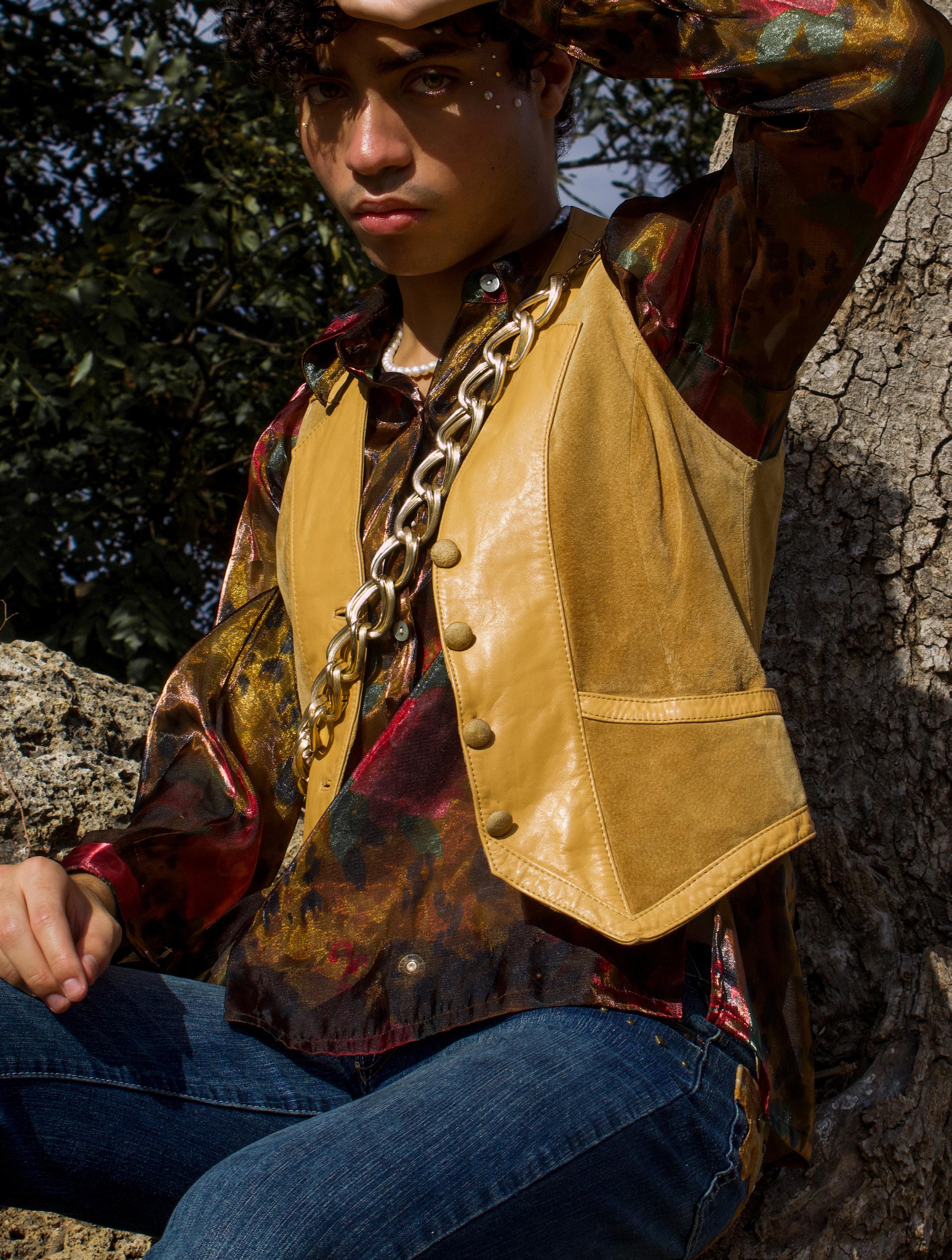


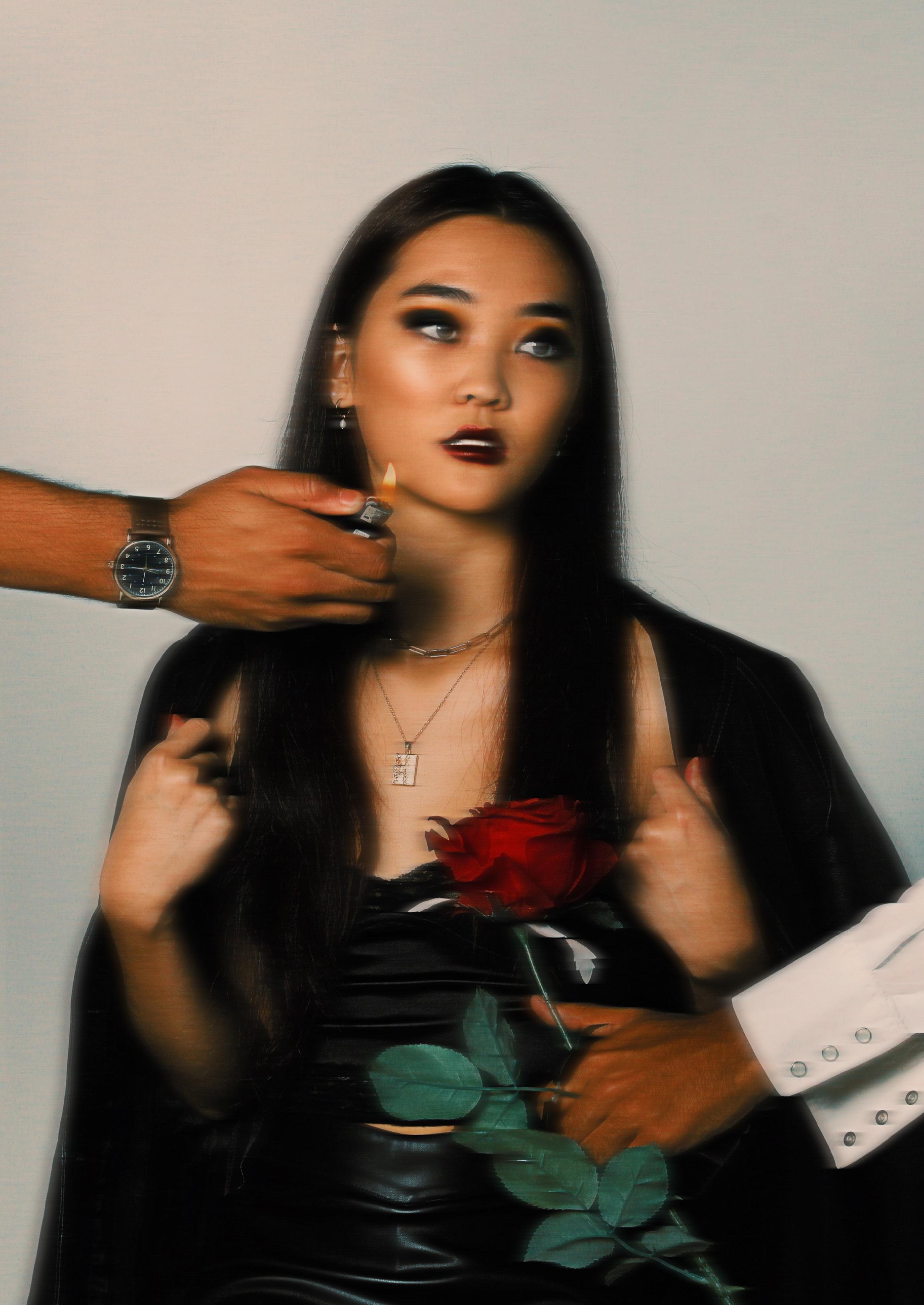
The femme fatale has been an archetype of literature and media, growing more nuanced in mythos as female audiences become a larger market that media producers must cater to. What began as a reductive depiction of female villains, reliant on tropes degrading women for willful self-expression in their clothing and embracing of sexuality, has since evolved to produce more three-dimensional female characters. Femme fatales, in their most broad characterization, described a woman who employed her visually stunning appearance to prey upon men. Expansion of this archetype has further developed the backstory of femme fatales, granting them complex motivations. The vilification of these women has manifested in distinct stylistic choices in their fashion that distinguish them from women who are pressured to conform. By demonstrating their abhorrence of adhering to monotonous societal norms, femme fatales have ascended to positions of revered cultural icons.
In David Fincher’s 2014 adaptation of “Gone Girl,” Amy Dunne assumes the femme fatale role in response to the crucible of mistreatment she faces. The catalyst for Amy’s vilification is the
gradual implosion of her life: she loses her job in the recession, her husband forces her to leave life in New York City behind to move to the unglamorous, suburban Midwest for him, before cheating on her with a younger woman. With her husband’s affair, Amy reaches her breaking point. She weaponizes others’ perceptions of her as a docile housewife to frame her husband for her murder. Amy’s actions are an attempt to regain some semblance of control after being forcefully relegated to the monotony of suburban life. In Amy’s fashion, her de-glamorization visually parallels her loss of agency. After marrying her husband, her wardrobe becomes noticeably bland, visually transforming from a chic New York writer to a Midwest housewife. In fact, the lifelessness with which she composed her outfits becomes all-consuming. She begins dressing as though she has walked out of a Talbot’s catalog, choosing to wear only the least impressionable articles of clothing. Her skinny jeans compress her in the same way they strangle every other suburban housewife of the early 2010s. Her shirts stripe her body lackadaisically. The black and white lines stretch endlessly as though they are following her into her hellish suburban fate.
 modeling by RACHEL XING, ISAAC JIMENEZ & DONOVAN HANDY hmu by CAMPBELL WILLAMS photographed by EZZAH RAFIQUE & REGINA MAGANA set design by NICOLE CHEN styling by RACHEL XING & ALEXIA PEDROZA layout by KENNEDY HUYNH
modeling by RACHEL XING, ISAAC JIMENEZ & DONOVAN HANDY hmu by CAMPBELL WILLAMS photographed by EZZAH RAFIQUE & REGINA MAGANA set design by NICOLE CHEN styling by RACHEL XING & ALEXIA PEDROZA layout by KENNEDY HUYNH
This is not the Amy we knew. Gone is the Amy of New York. She has been replaced by the synthetic amalgamation of every suburban blonde housewife you have ever seen, a false smile crinkling at her high-strung lips, roots recently retouched, foundation caked on. For Amy, the question was not if she would be driven off the deep end but when.
While most women do not frame their husbands for murder as a method of revenge, there is a broader element of relatability in her story that allows female audiences to relate to her plight. In Amy, similarly jilted women can find a kindred spirit, one who is free to take her acts of retribution to the extreme. Most women do not frame their husbands for murder. Instead, they file for divorce. In worse cases, the less fortunate silently wither away in the monotonous Levittowns for which they have sold their soul.


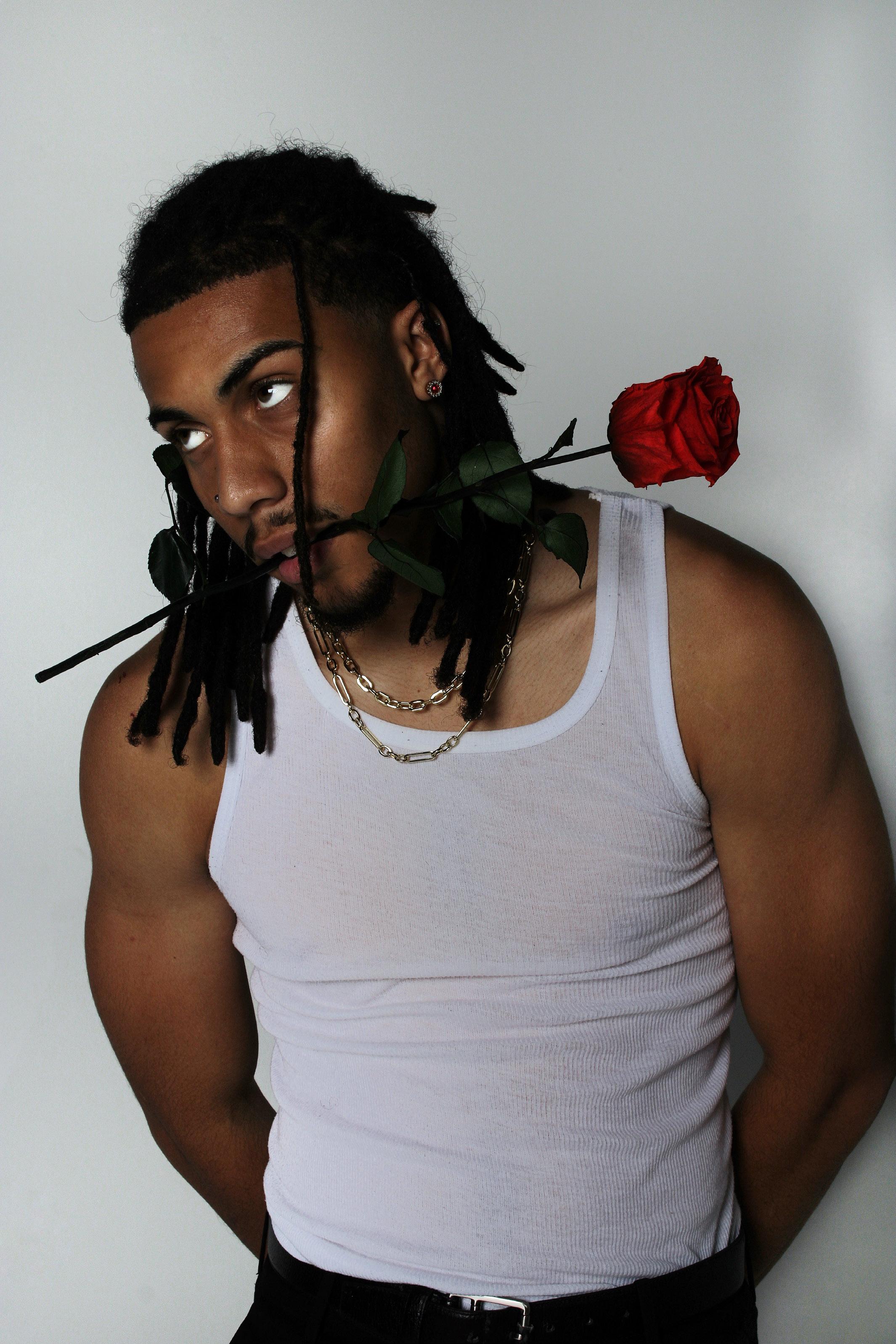
Before there was Amy Dunne, there was Jennifer Check. In “Jennifer’s Body,” the titular character is victimized by a group of men who attempt to sacrifice her in a cultish exchange for fame. Like Amy, Jennifer’s transformation into a femme fatale is a response to treatment from the men in her life. After the failed ritual offering, Jennifer is transformed into a succubus who is forced to feed on other humans to survive. Jennifer choses to prey on men, as they are easier victims to exploit when she uses her sexuality.
Post-transformation, Jennifer’s outfits begin to progressively grow more saccharine in appearance to over-compensate for her increasingly disturbing behavior and predatory nature. Childish patterns and over-saturated colors become mainstays of cropped jackets and shirts. All the while, Jennifer continues to lure in more men to satiate her hunger.
As a commercial product, Jennifer’s Body was not initially conventionally successful. Theatrical releases garnered a 46% Rotten Tomato rating from critics. Its box office gross was mediocre amongst competing films of the 2000s. Much
like Jennifer, the film was written off in its contemporary cultural landscape for being another surface-level horror.
A dive down the Pinterest-Tumblr-Twitter rabbit hole reveals there is more nuance found in the film for female audiences today. In fact, there has been a growing adoption of femme fatales as martyrs as a whole. Collections of images of Jennifer Check and Amy Dunne amongst others are adorned with text wholeheartedly expressing support for the wrongdoings.
These ideas are pinned to blogs, pinterest boards and tumblr aesthetics as if they are venerated icons. It seems as though newer generations online are craving the femme fatale, but why? What is so captivating WW
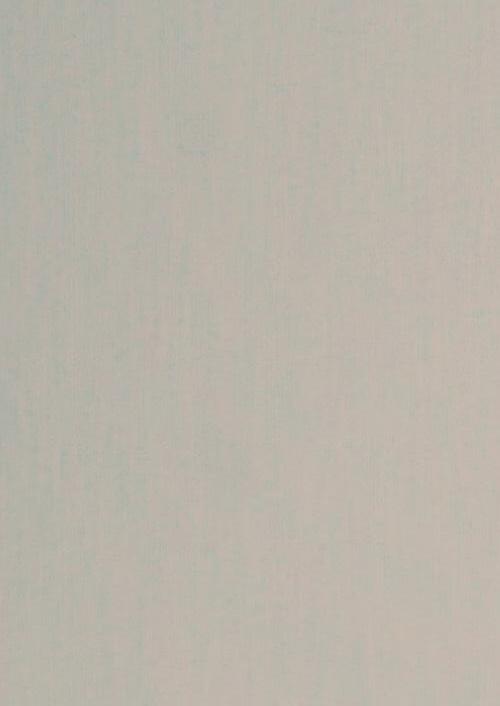
For the girls who are chronically online, who listen to Lana del Rey, who have been wronged by boys, who have been betrayed by other girls and the girls who are acutely self-aware of others’ perceptions of their bodies and every waking movement: the femme fatale provides liberation. In their villainy, there is no longer an expectation to perform in their actions and in their clothing. They are outside the constructs of society, no longer expected to uphold the fragile facade that encompasses womanhood.
A warning to the masses: don’t be quick to crucify a future femme fatale.


INSULTS TO EMPOWERMENT
INSULTS TO EMPOWERMENT INSULTS TO EMPOWERMENT INSULTS TO EMPOWERMENT INSULTS TO EMPOWERMENT INSULTS TO EMPOWERMENT INSULTS TO EMPOWERMENT
INSULTS TO EMPOWERMENT INSULTS TO EMPOWERMENT
INSULTS TO EMPOWERMENT INSULTS TO EMPOWERMENT INSULTS TO EMPOWERMENT INSULTS TO EMPOWERMENT INSULTS TO EMPOWERMENT INSULTS TO EMPOWERMENT INSULTS TO EMPOWERMENT INSULTS TO EMPOWERMENT INSULTS TO EMPOWERMENT


Growing up, we all have that one comment or insult that has stuck with us. That insult might have been small but still shaped us into who we are today. Insults are a common part of life, and I have received many of them. I remember a boy calling me an idiot in the third grade and my high school Biology teacher calling me “uninteresting.” Don’t worry…I’m over it, and all the insults I have received have made me a better version of myself. Even if you are what society deems “perfect,” you have received an insult at least once in your life. It could have come from a parent, teacher, friend, sibling or even an nemesis. When I was trying to find someone to interview about insults, I had a very interesting conversation with a friend of mine.
Amanda Diaz is a third-year RTF and Textiles major. Additionally, she is an aspiring actress and one of the most confident people I know. When I asked Amanda about the insults she has received, she looked at me confused and continued to say “I don’t think I’ve ever been insulted.” In disbelief, I pulled out my phone and began interviewing her. After around 30 minutes of trying to pry an insult out of her, she finally remembered a time she received an insult. During her first year at The University of Texas at Austin, Amanda decided to join dating apps. She wanted to meet new people and go on dates. She was hopeful about finding love on such a big campus. However, what happened wasn’t love. It was an insult.
While Amanda clicked away at her phone, swiping left and right. She matched with a man on the app, and he quickly started the conversation. He said “Your gums are
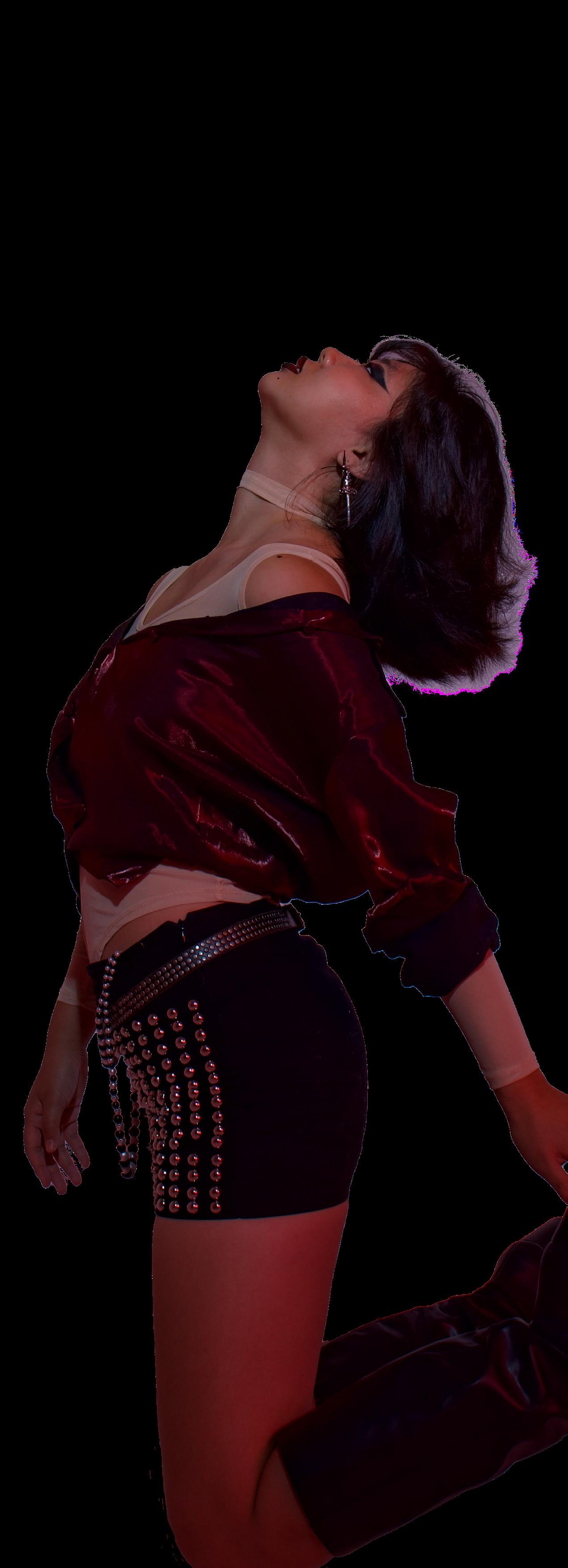
so big. You should work at the Wrigley Factory.” His comment not only insulted Amanda’s smile but also stated she should work at a bubble gum factory (Wrigley). This comment made Amanda feel insecure for the first time. Previously, Amanda had always seen herself as unstoppable and confident. She remarks on her confidence before the comment on her smile. “I mean I feel like even before braces, I was still smiling,” Amanda said. “Even back then when my eyebrows were not the best, I never felt insecure about that either.” After this incident took place, Amanda felt very insecure about her smile and even tried to change the way she grinned. She often looked at herself in the mirror and critiqued her smile so her gums wouldn’t show. During our conversation, Amanda showed how she would smile to make sure her gums wouldn’t show in photos. Her gums didn’t show, but her no-gum smile wasn’t nearly as genuine as her natural smile. It looked fake.
 photographed by CHOMTALE CHITSAKUL styled by ALEXANDRA HOWARD-TIJERINA hmu by ANGELA JOHNSON layout by MAKENZIE AYRES
photographed by CHOMTALE CHITSAKUL styled by ALEXANDRA HOWARD-TIJERINA hmu by ANGELA JOHNSON layout by MAKENZIE AYRES

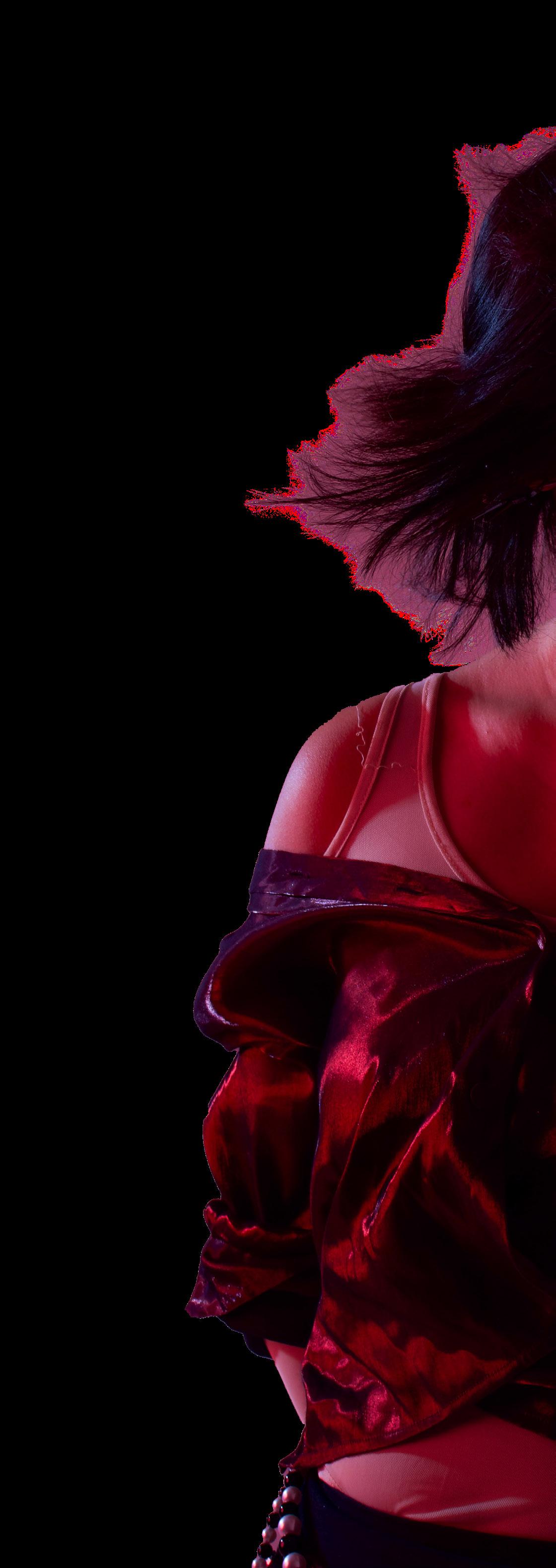
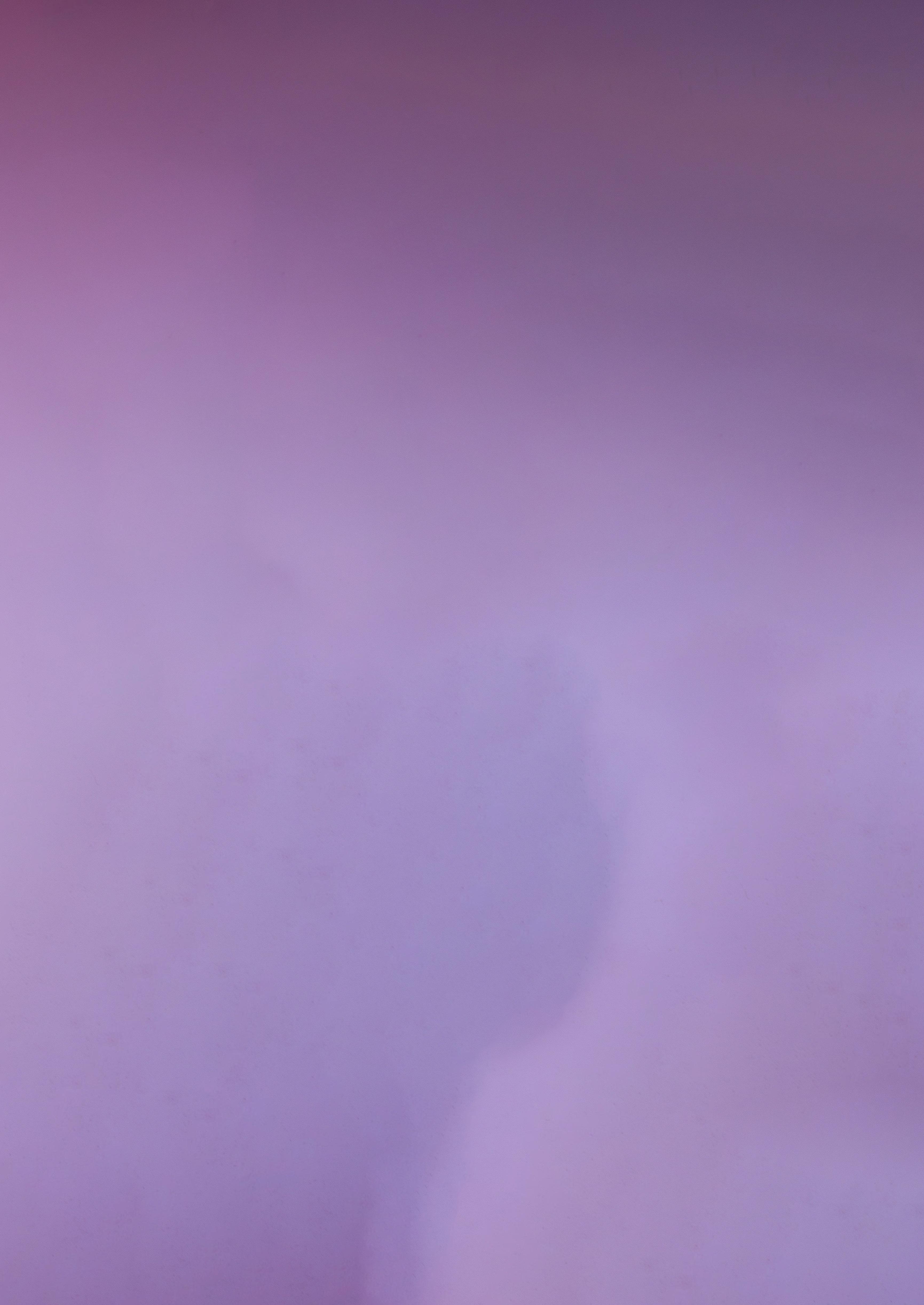
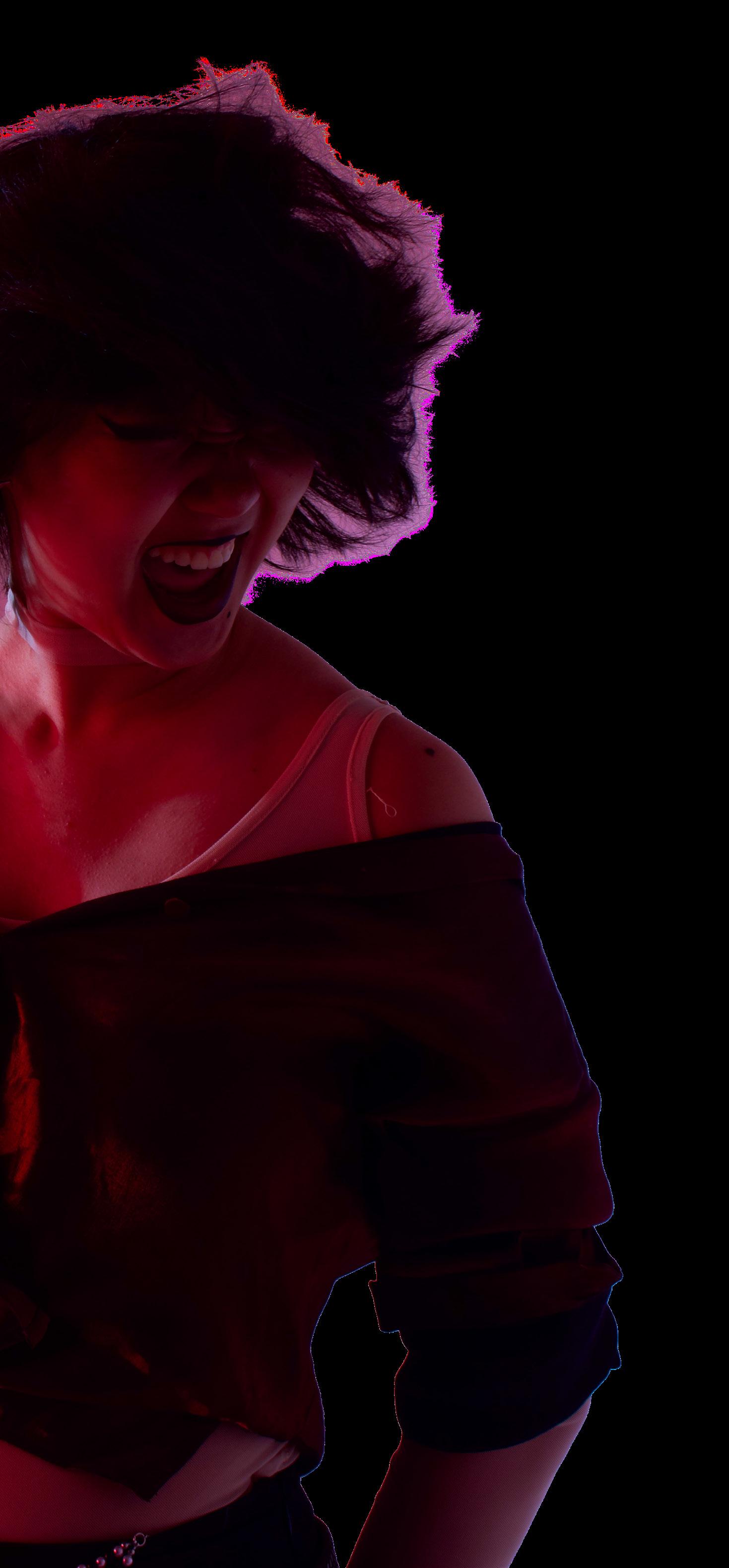

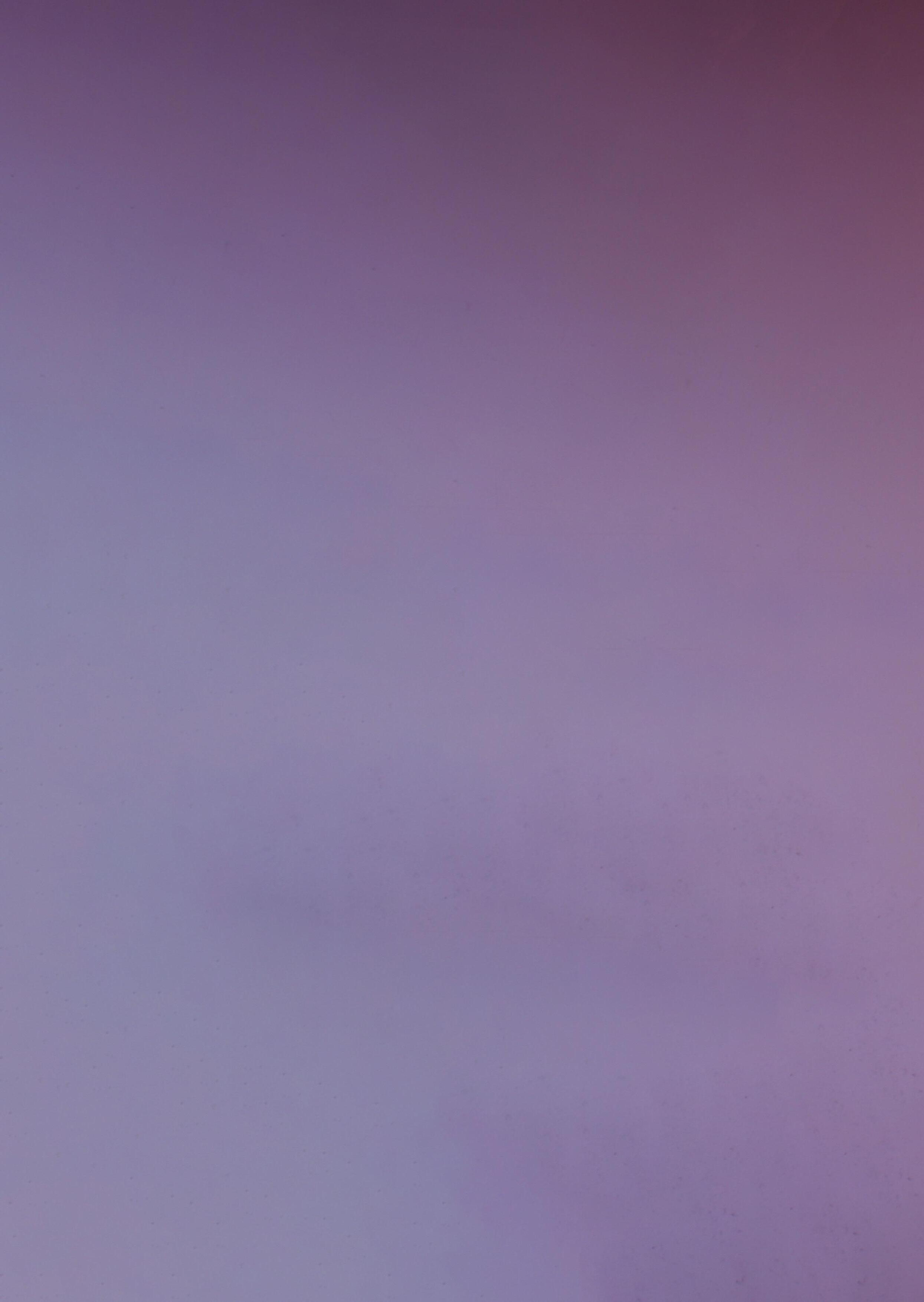
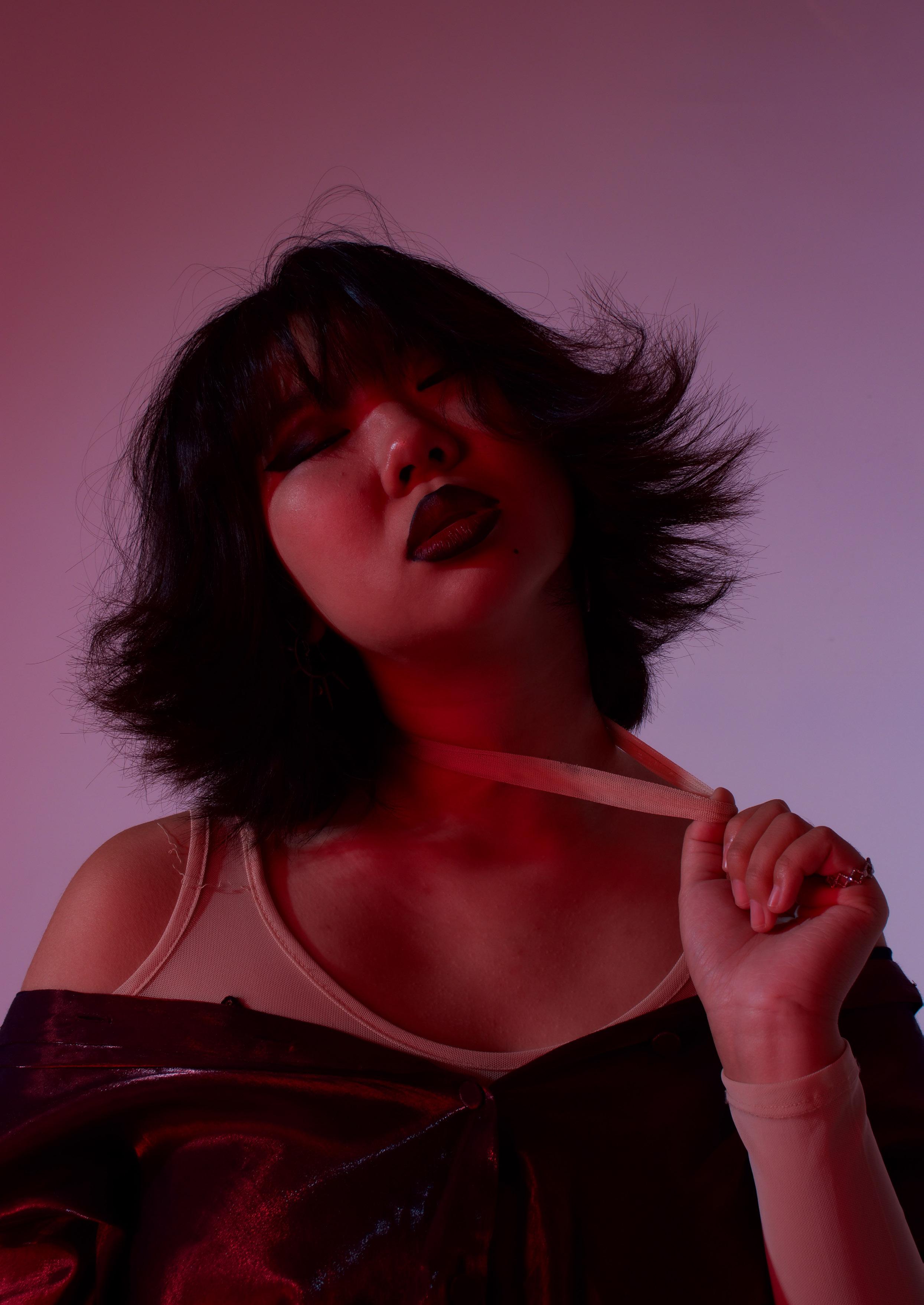
“I would just sit in front of a mirror for so long and just try to do different things with my smile, so that you wouldn’t see my gums as much,” Amanda said. “But then I realized I hated it, like it made my smile look like it wasn’t genuine at all and I think that’s when I realized that it wasn’t worth it.” As far as her smile goes, Amanda feels confident in her natural smile no matter what anyone says about it. “I think I grew from that,” Amanda said. “And now I’m like, fully back to the, you know, 100% smile with squinted eyes when I’m really happy.”
After recovering from this insult, Amanda has become more confident in pursuing a career in film. She has grown from the insult and has learned to feel good in her own skin. “I feel like I’m still learning to be okay with looking at myself on screen,” Amanda said. “I’m still not the best at seeing myself and
being like ‘oh yeah, she looks great’ but I think it’s things like (getting insulted) temporarily humble me but they also, in the end, make me even more competent.”
It is very common in modern day society for women and men to feel a certain amount of pressure to look or act a certain way. This is even further exemplified through comparing appearances on social media and makes it easier for others to comment insulting messages behind a screen. “I feel like having a perfect smile is such a big part of what we consider beautiful,” Amanda said. “So with me having bigger gums, it almost translates to not having a perfect smile. And that makes it okay for someone to say ‘hey, your gums are big.’” After reflecting on this experience, Amanda finally acknowledged that she received an insult. Not only did she rediscover the insult, but she also discovered the impact it had on her.
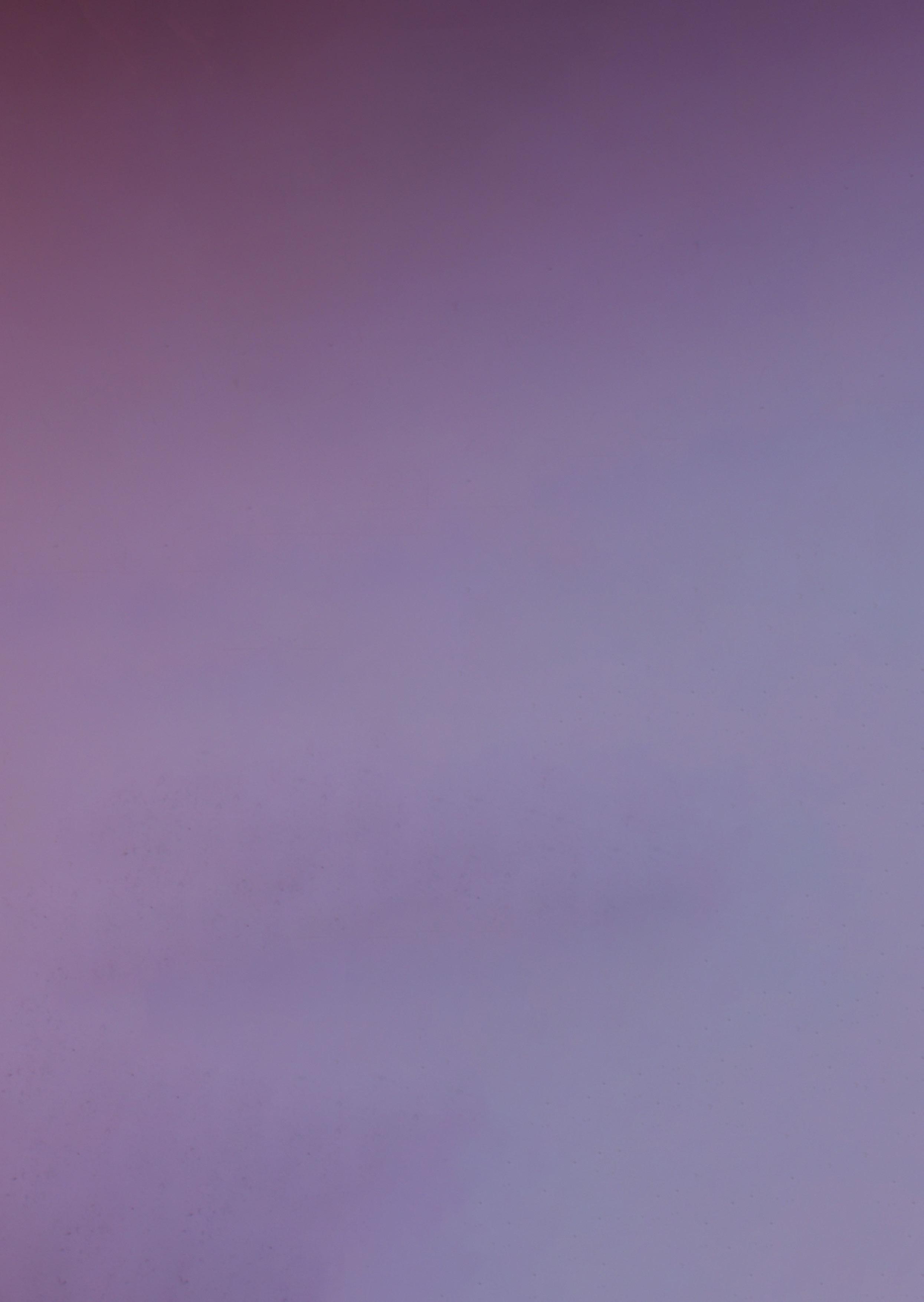

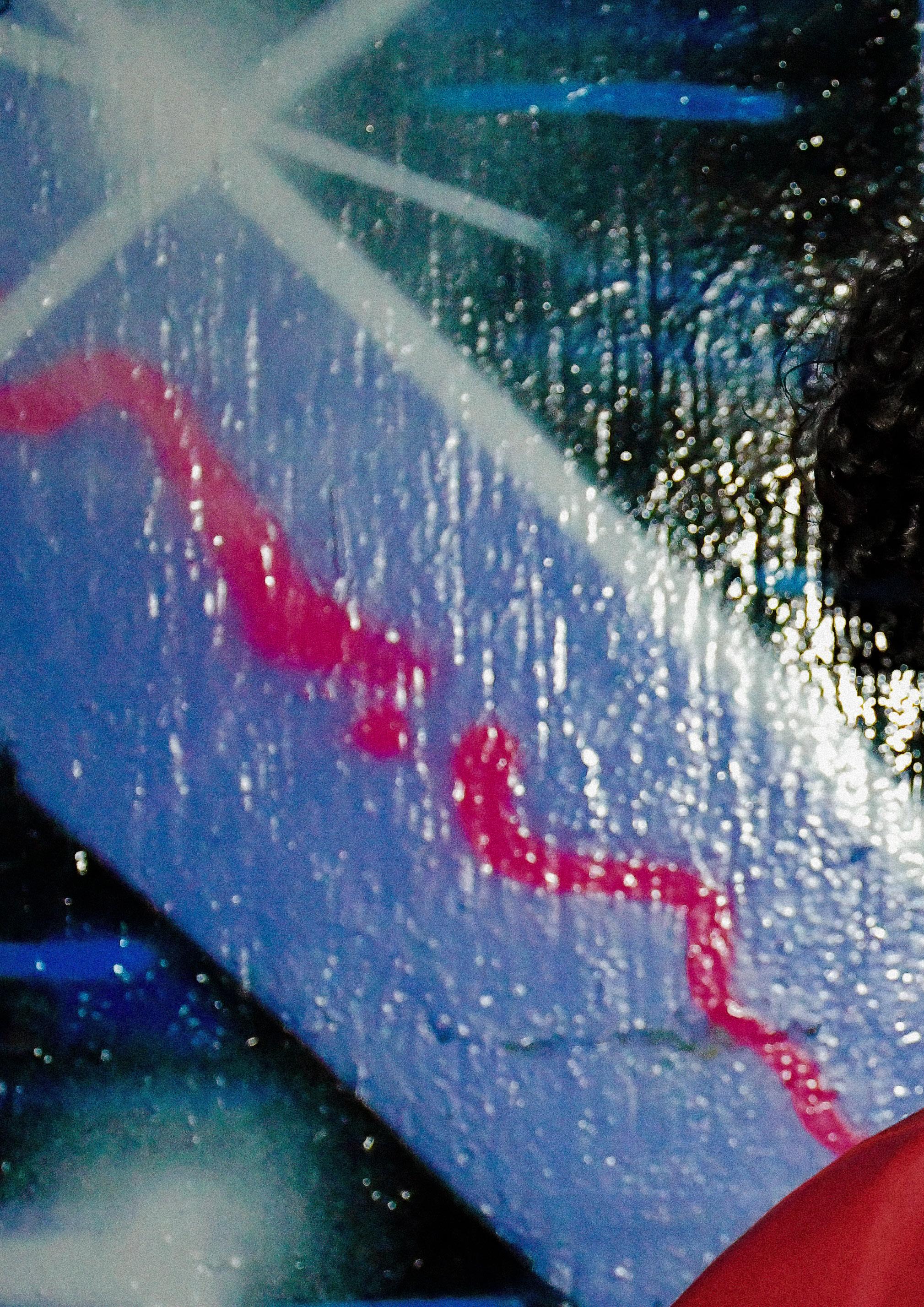 photography & set design by BILLY LAWRENCE styling & hmu by MALCOLM GUIDRY
modeling by CALEB HUANG, JESSICA LIU & YOUSEF AHMED
layout by DANA TRAN, MICHELLE NGUYEN, & MAKENZIE AYRES
photography & set design by BILLY LAWRENCE styling & hmu by MALCOLM GUIDRY
modeling by CALEB HUANG, JESSICA LIU & YOUSEF AHMED
layout by DANA TRAN, MICHELLE NGUYEN, & MAKENZIE AYRES

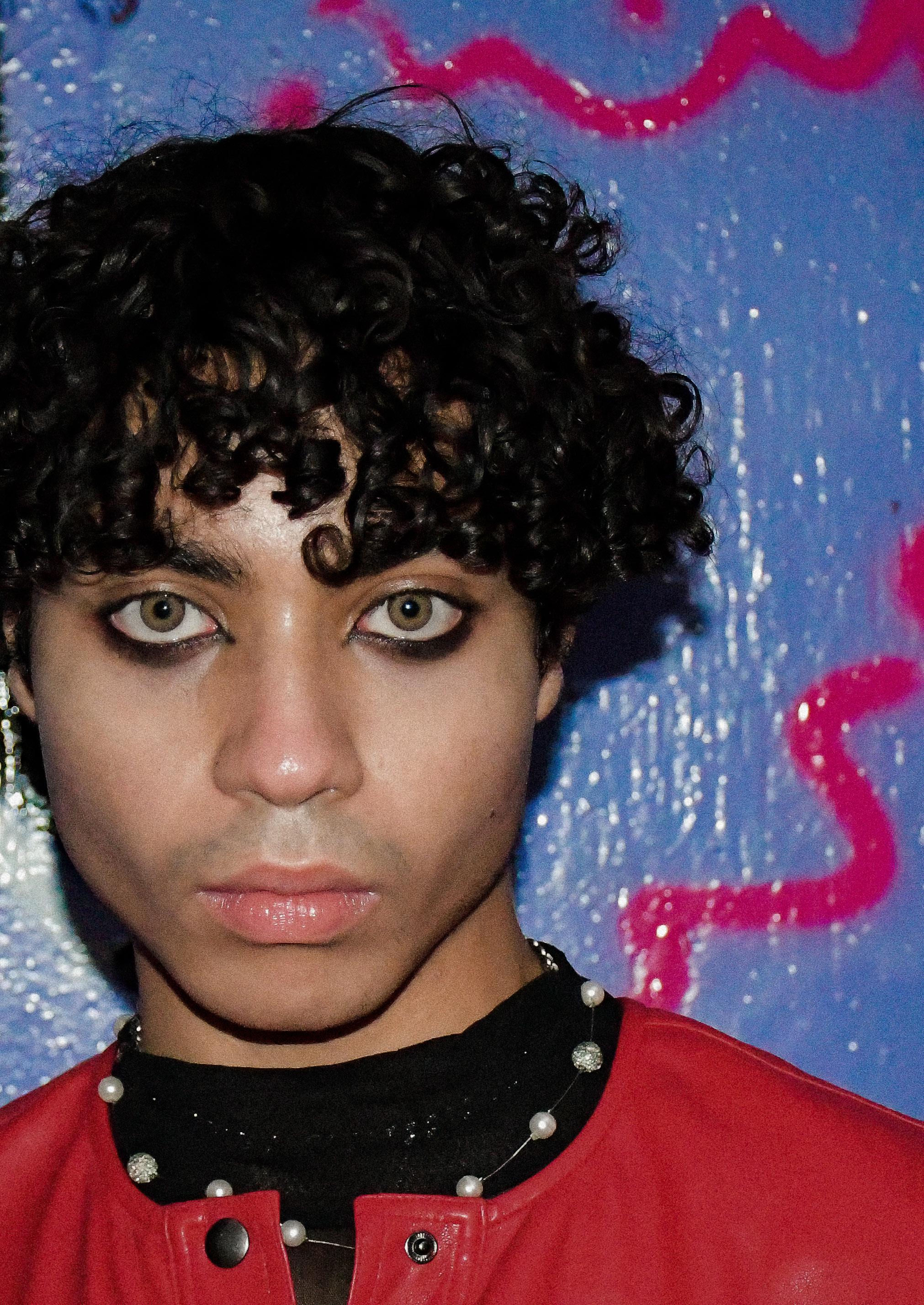

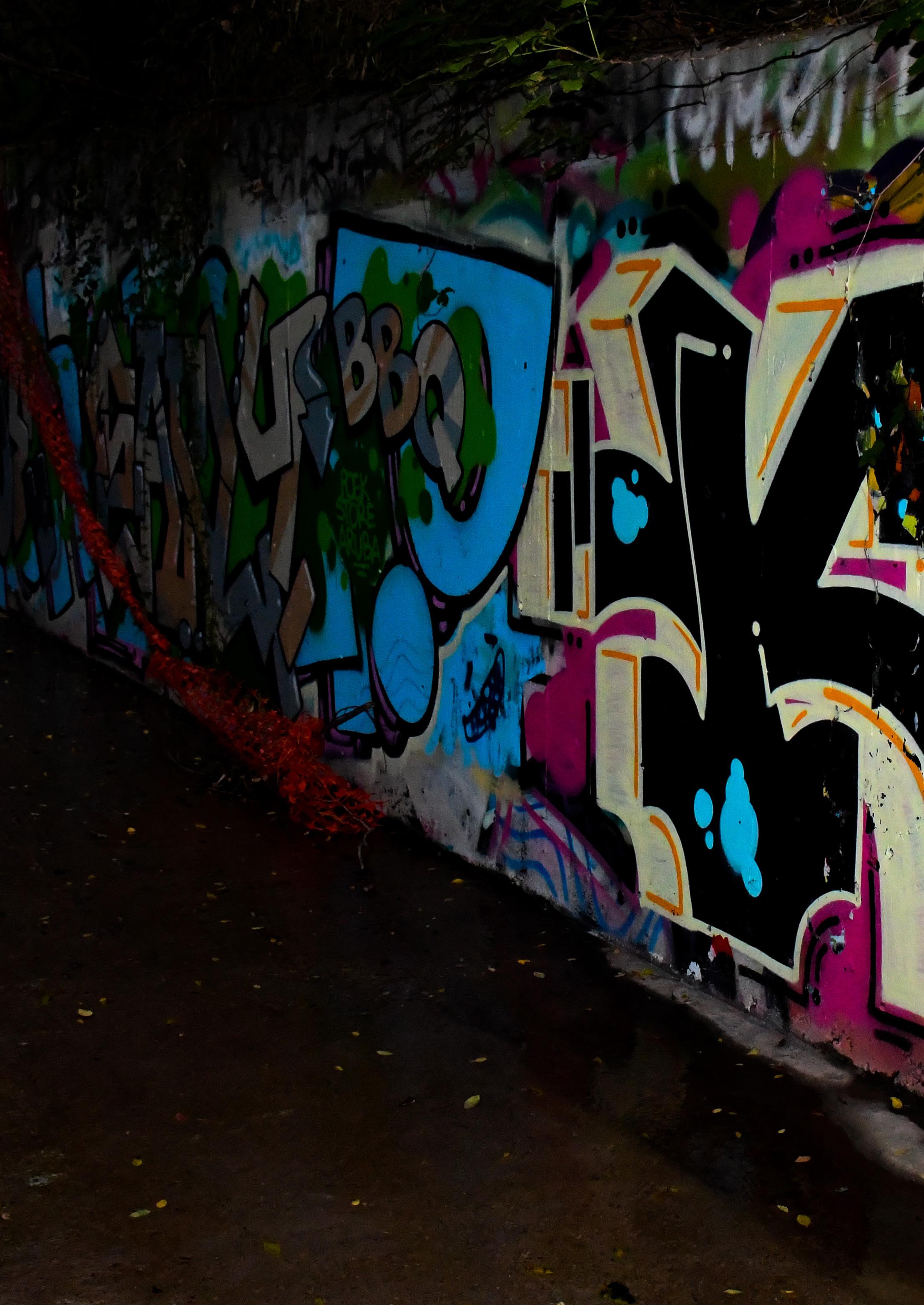
When everyone thinks about Austin, they don’t instantly think about raves, but instead their intense live music life. But, in between the cracks of underground debilitated spray-painted walls is a massive amount of culture. The culture involves light up headwear, accessories that are set on fire and huge fans to keep yourself cool as you dance the night away. It involves giving “candy” or bracelets to strangers as the ultimate signifier that any stranger can become a friend in a moment’s notice. From afar, this may seem insane, but when a microscopic look is taken to it, there is much depth that lies beneath the bright colors and intense patterns.
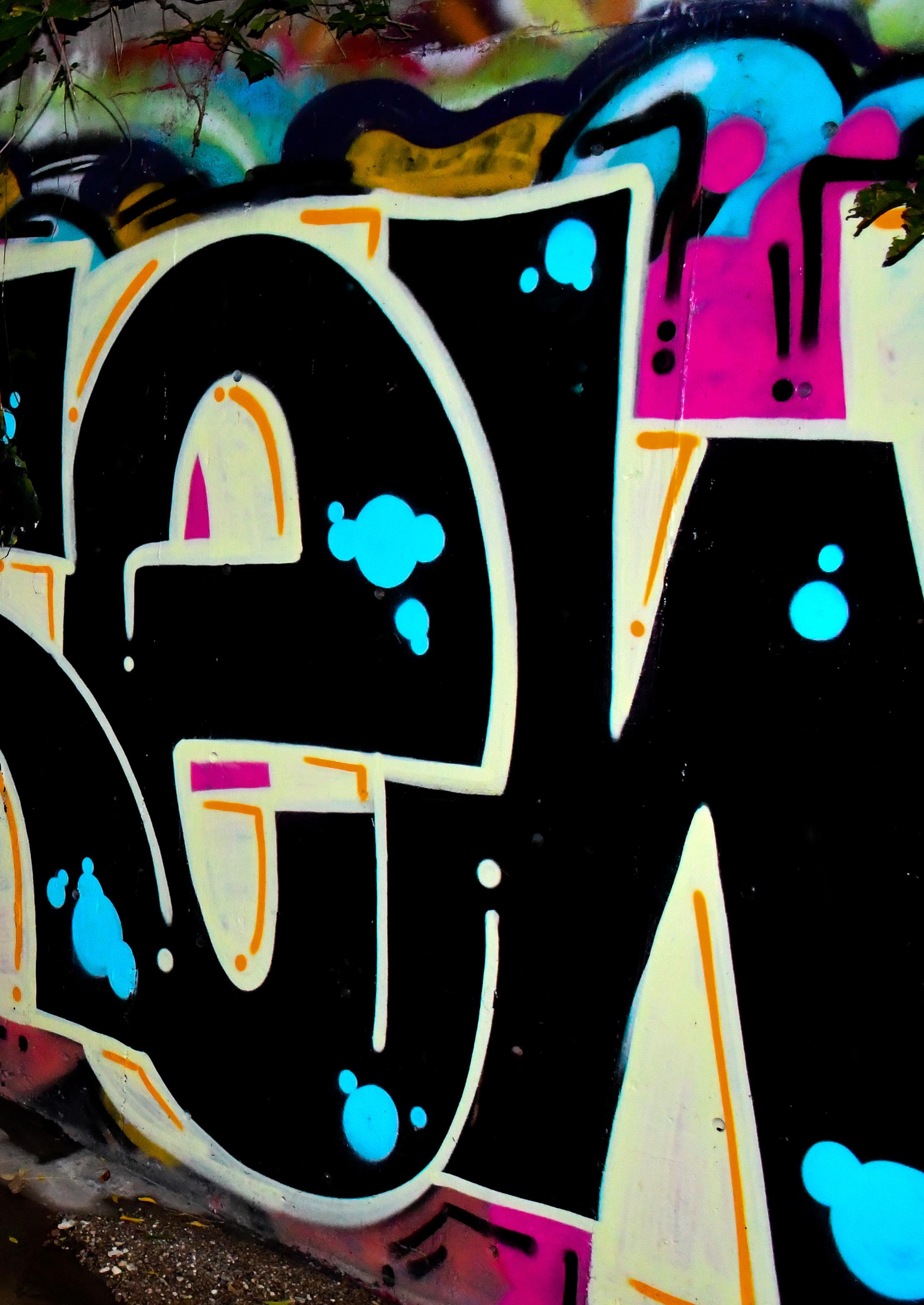
The main idea behind rave culture is the idea that people dress completely adversely to how they normally dress. Those that go to raves are usually 20-30 year olds who have jobs and salaries. But when they go to a rave, they throw all of that away. That’s what makes it so meaningful – the strict dichotomy between their normal wear and their rave wear. Rave wear is supposed to be as obnoxious as possible, to rebel as strongly as it can against traditional norms. It is trying to normalize the abnormal and make it glamorous. Rave fashion is extravagant, scandalous and hard to stop staring at. It’s fluid, intuitive and raw. There are lots of short skirts and accessories that are lighting up. It demands attention in and of itself. It can take people who are afraid of being stared at and turn them into people who eat up the attention like they are starved.
Take a look at EDC: the culture of it is to go out and camp, bring a lot of cool outfits to take pictures
with and then get lost in the music. The fashion is correlated with the ethics of the festival – to be carefree and worry-free. One mathematics junior at UT, Devansh Dalal, is going to go to EDC and has been to many raves in Austin. One of his favorite places is the Concourse Project, where lots of mainstream EDM and electronic musicians go to perform in Austin. Inside there, there are a huge array of lasers and light assortments, being sure to keep your eyes busy while your ears are simultaneously occupied.“My favorite thing about raving is dancing with all your buddies and perfectly vibing to the music and everyone is in sync,” Dalal said. “One thing I really enjoy about rave fashion is how you can truly be yourself. You can literally wear whatever you want and it’s hype.”
Another great example of rave culture is Burning Man. Its slogan is “the ‘why not’ overwhelming the ‘why’” as stated by an anonymous attendee. It is a festival that follows very conservationist ideals that translate into their fashion; they have ten principles. These include radical inclusion, gifting, decommodification, radical self-reliance, radical selfexpression, communal effort, civic responsibility, leaving no trace, participation and immediacy. The most important of these is radical self-expression, as the definition of radical means complete. This suggests the fact that festival attendees are encouraged to dress as honestly and authentically as possible to themselves. The principles paint a very safe environment, one in which people are able to dress the exact way they wish they could every day of the year, the truest form of themselves.

Rave culture is a time where time freezes still, where consequences don’t matter, where stares only mean compliments. It’s a little dose of heaven on earth. There are so many underground raves happening in Austin all the time, whether they be on bridges, in tunnels, in laundry rooms. They are DIY and BYOB. They are difficult to find invitations for, but when they come, they are unforgettable. Economics junior Paola Zermeno, has been to many underground rave shows. “They are always in the craziest of locations and the most insane DJs come to these events,” Zermeno said. “You make the most fun friends too. Everyone there is so much fun, some people you’ve never seen before in your life.”
People are unabashed and unafraid at raves and that’s how it should always be. Radical self-expression and acceptance should be a
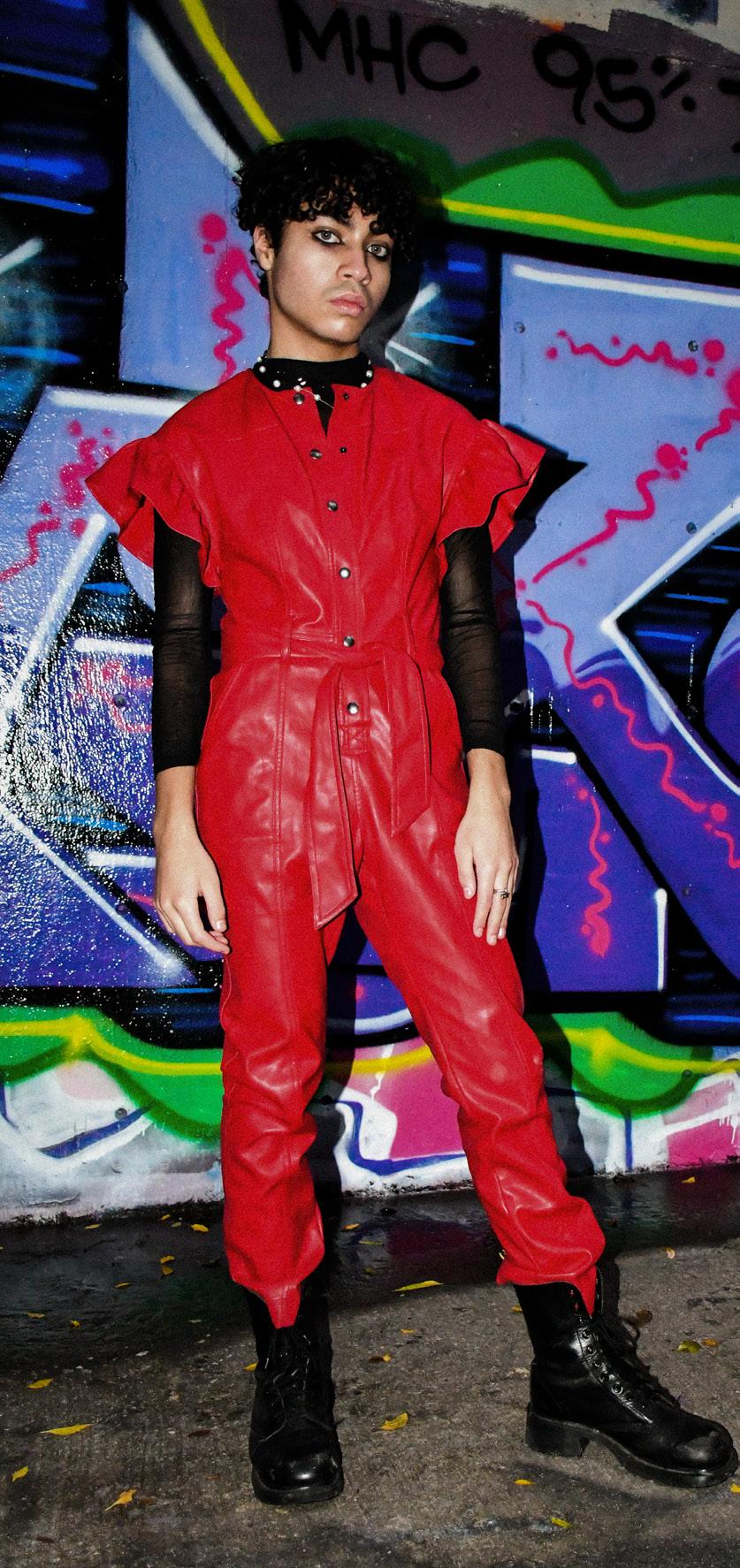
condition everywhere. In 2022 now more than ever we necessitate rave culture. Judgments are too common in our society, where in rave culture, judgments are practically extinct. It is purely a community full of love, mutual respect and a joint desire for people to be as happy as possible. A rave is everyone’s day off –their day off from societal responsibilities of dressing to impress – and everyone subconsciously accepts this. But, wouldn’t it be great if everyday were like a rave? If everyday you dressed the way you wanted to? The Austin rave scene tells you that you can, when you dress up, when you close your eyes in the pit of the crowd, when the beat drops. For one moment, you are free of human worries. And you can just be. Everyone should experience for once what it feels like to let go completely, of your inhibitions and of your cares of what others think.
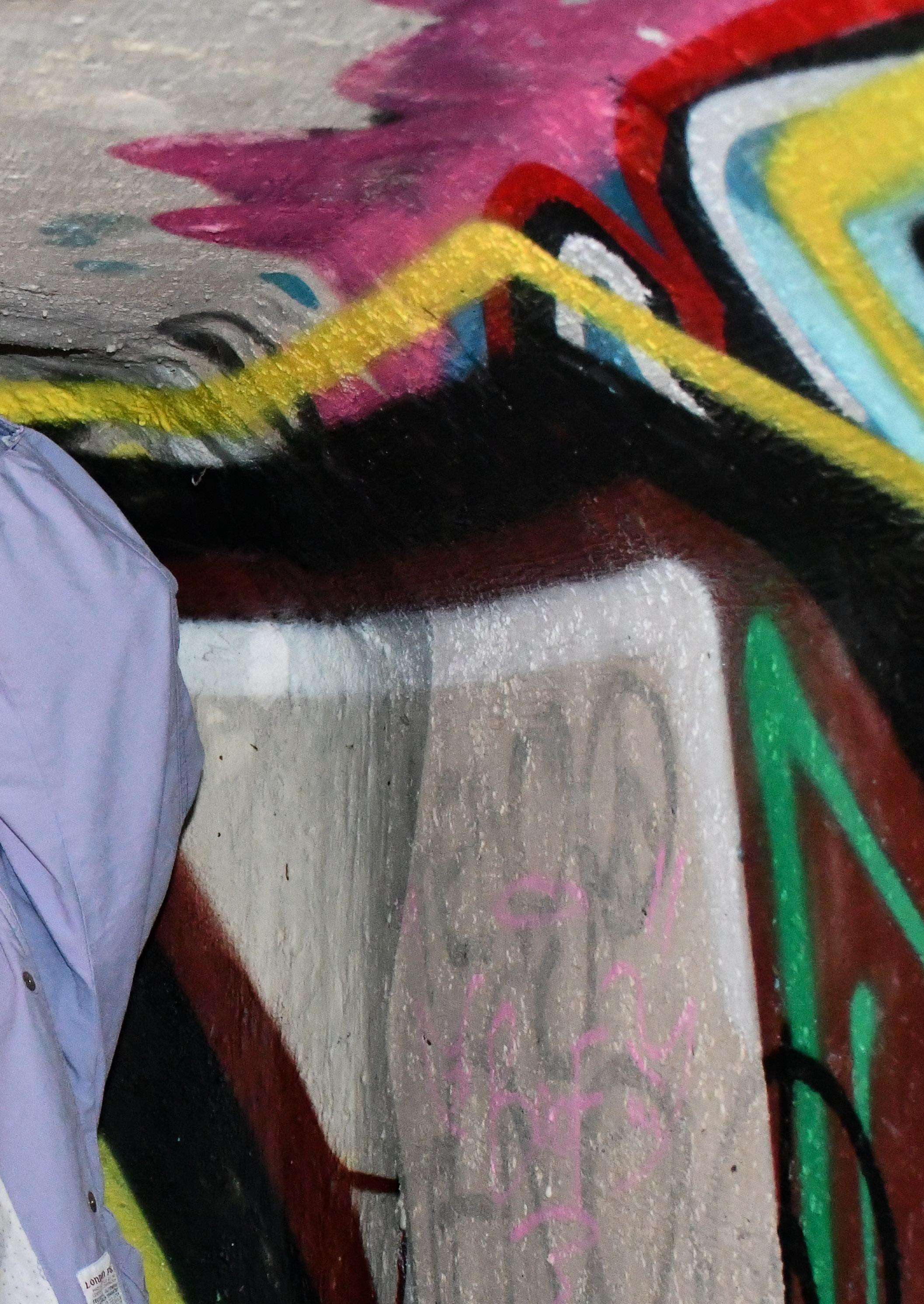

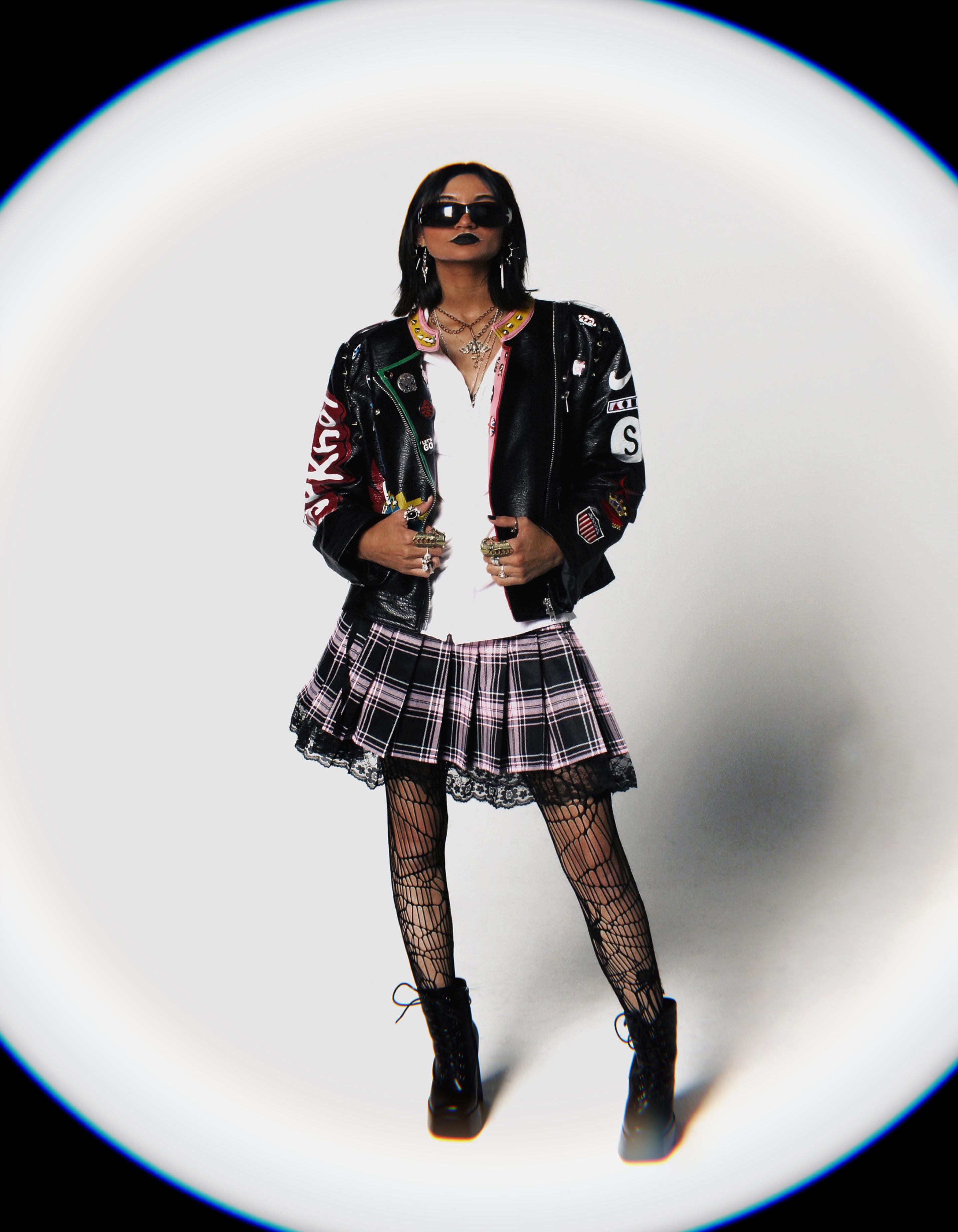
 photographed by EZZAH RAFIQUE & REGINA MAGANA
hmu by ALEXIS BROCK
modeling by ARIA MAKEN & JEREMY NGUYEN
set design by MADI MIKESKA
styling by BRIANA STUBBLEFIELD & MISBAH AHMAD
photographed by EZZAH RAFIQUE & REGINA MAGANA
hmu by ALEXIS BROCK
modeling by ARIA MAKEN & JEREMY NGUYEN
set design by MADI MIKESKA
styling by BRIANA STUBBLEFIELD & MISBAH AHMAD
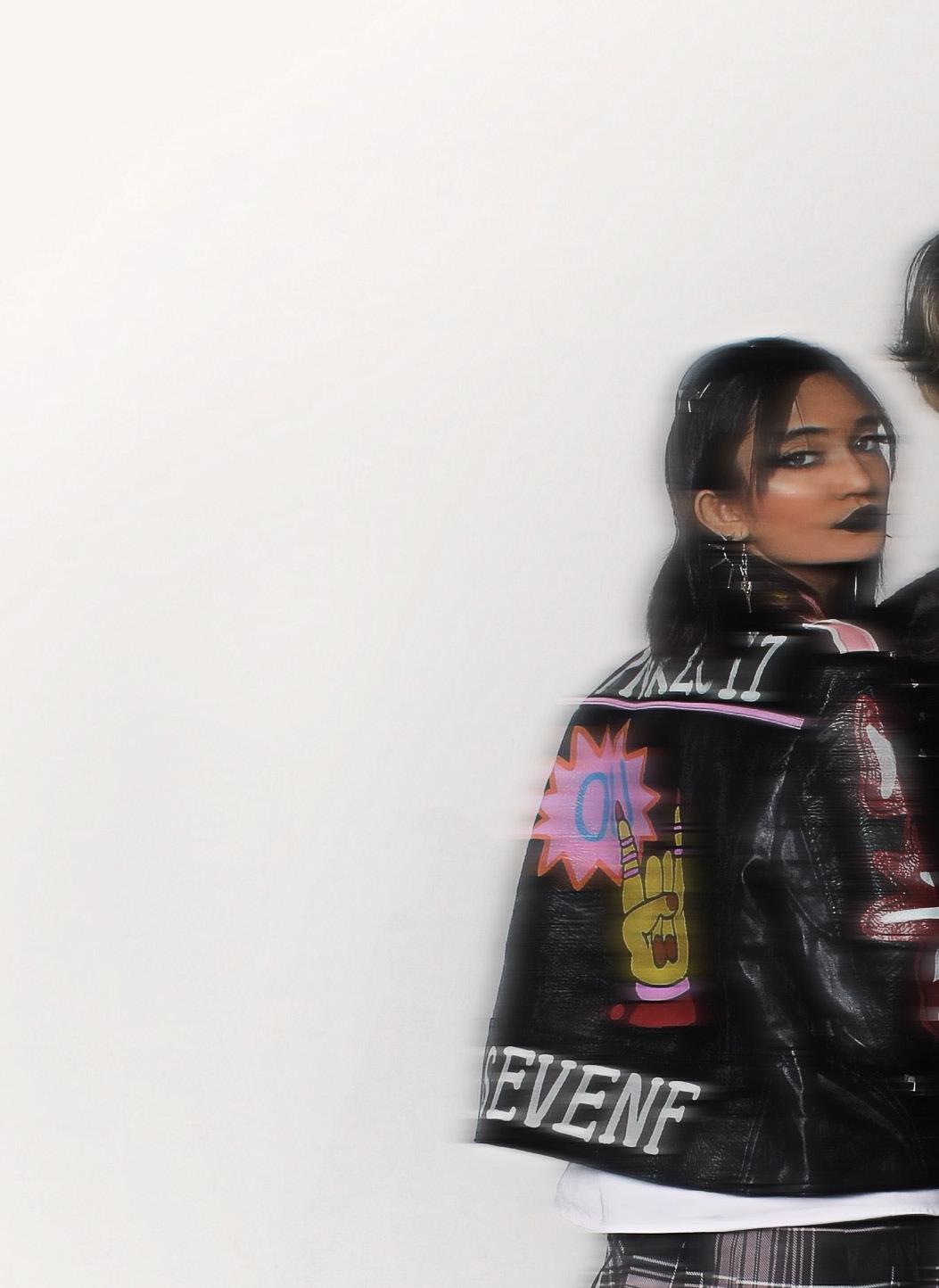


Studs, spikes, chains, zippers, padlocks, safety pins and razor blades. Since its birth in the early 1970s, punk has continued to have an impact on fashion for its do-it-yourself aesthetic. While punk was originally a rebellious anti-fashion movement, it has become popular in the fashion industry for its carefree expression of individuality.

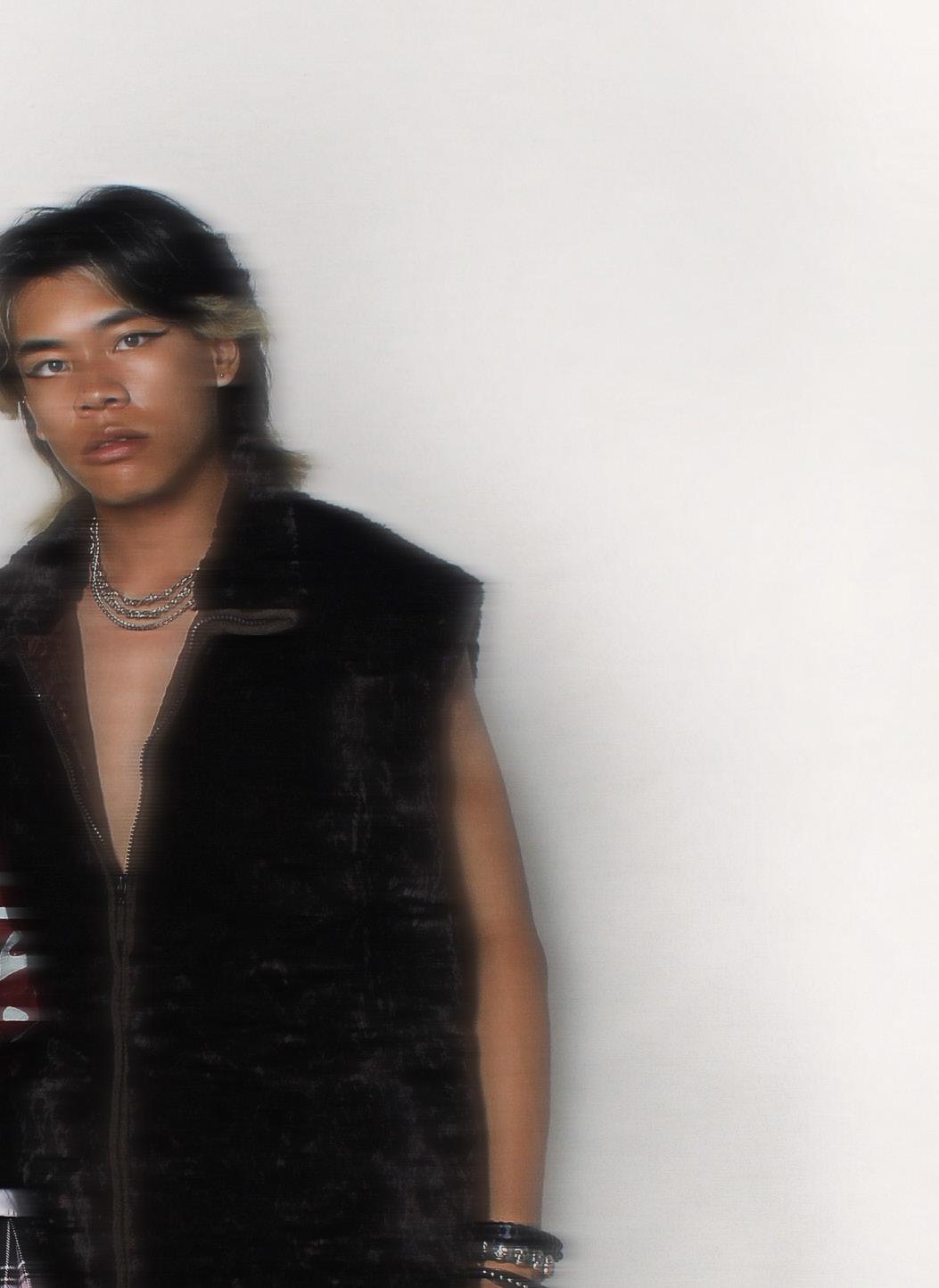
Everyone has gone through an “emo” phase at one point in their lives. If you haven’t yet, you will eventually. The so-called emo phase is a phase in one's life where they feel disconnected from everyone else, so they act out by dressing edgy and parting their hair to the side aggressively- because of course how else would they express their anger for the world. When your parents or teachers don’t understand you, and your middle school crush doesn’t like you back- depression begins to grow inside of you. In your maturing pre-teen brain, the only way to cope with this is to rebel in all black. Although, sometimes the root of one’s punk aesthetic is deeper than middle school issues. Or you don’t even need to be depressed at all to embrace the black and chains, and it can extend past “just a phase.” In fact, punk has become a significant part of fashion.
Inspired by the Costume Institute’s of The Metropolitan Museum of Art exhibit, the Met Gala held a “PUNK: Chaos to Couture” themed red carpet event hosted by Beyonce in 2013. The Costume Institute’s exhibit examines the impact punk has had on high fashion from the birth of the movement to its continuing influence today.

The second floor Cantor galleries of the museum held about 100 different designs. There were seven galleries, each inspired by original punk icons. According to the Met Museum, the first gallery is dedicated to CBGB in New York City, represented by Blondie, Richard Hell, and Patti Smith. Across from this one is a gallery inspired by Malcolm McClaren and Vivienne Westwood’s Seditionaries boutique at 430 King’s Road in London. Between the two is “Clothes for Heroes,” shown in a slow motion video of Jordan. The gallery represents designers who showcase the deeper connotation of punk, as the Met Museum said, it was originally articulated by McLaren and Westwood, by merging social realism with artistic expression.
The four final galleries were meant to showcase punk's do-it-yourself influence on high fashion: “D.I.Y. Hardware, focusing on couture’s use of studs, spikes, chains, zippers, padlocks, safety pins, and razor blades, with Sid Vicious as its icon; D.I.Y. Bricolage, highlighting the impact of punk’s ethos of customization on high fashion, including the use of recycled materials from trash and consumer culture, as epitomized by Wayne County; D.I.Y. Graffiti and Agitprop, exploring punk’s
tradition of provocation and confrontation through images and text exemplified by The Clash; and D.I.Y. Destroy, examining the effect of punk’s rip-it-to-shreds spirit, typified by Johnny Rotten, via torn and shredded garments associated with deconstructionism,” the Met Museum website said.

A variety of designers were featured including Burberry's Christopher Bailey, John Galliano, former Balenciaga designer Nicholas Ghesquiere, Karl Lagerfeld, Christopher Kane, Miuccia Prada, Givenchy's Riccardo Tisci, Gianni Versace, Yohji Yamamoto, Helmut Lang, Hedi Slimane and Vivienne Westwood. While punk is a rebellious act of anger at the world, it’s unique style continues to be embraced by the fashion industry for its abnormality from “normal” societally accepted fashion trends.
Punk icons didn’t care that they were different, they wore punk styles in an attempt to say “f societal fashion standards.” The “PUNK: Chaos to Couture” theme was meant to represent that punk is fashion. High fashion doesn’t have to fit into the typical haute couture box. High fashion can be anything you want it to be, and the museum's exhibit proves that.
